AN ALASKA ROAD TRIP IS A GRAND ADVENTURE!
Alaska's Grand Circle is a loop route that begins in Tok and utilizes all four segments (1082 miles) of Alaska’s Interstate Highway system: Tok to Fairbanks on AK-2 (Interstate A-2); Fairbanks to Gateway (near Anchorage) on AK-3 (Interstate A-4); Anchorage to Soldotna on AK-1 (Interstate A-3); and Anchorage back to Tok on AK-1 (Interstate A-1). Most of the major towns in Alaska, as well as many of the state's most scenic areas can all be reached from this loop, which includes three of Alaska's National Parks.
DRIVING THE GRAND CIRCLE: ANCHORAGE!
With an area of more than 1,700 square miles, Anchorage, all by itself, is larger than the entire State of Rhode Island, and with a population of 291,000, it’s home to more than 40% of all Alaskans. Set on a peninsula surrounded by water and backed by a range of ice-clad mountains, Anchorage is visually spectacular, and in terms of amenities, it’s as modern as any U.S. city of similar size. For nature lovers, it’s a terrific place to live, but you have to be able to handle those cold, dark winters; half the people who move there end up heading south again in their first ten years.
From a road tripper’s perspective, the best thing about Anchorage is the ease with which you can leave the place. AK-1, the Seward Highway, runs smack through the middle of the city. If you follow it south, you’ll find yourself immersed in the “real” Alaska inside of the first five minutes. Keep going on that road, and in a little more than an hour, you’ll be in the heart of the Kenai, one of the most outrageously scenic areas in the entire state.
Anchorage City Map © Barefoot Guides.com; Photo of Anchorage © TripSavvy.com;
The City does have its charms, and the advantage of convenience, as there are services available that would be difficult, if not impossible to find in other parts of Alaska, nearly all of which is entirely rural. Prices of food and manufactured products are high, because most of what you buy has to be flown in. When you’re traveling, the biggest impact Anchorage will have on your budget will be the cost of lodging: since 90% of the tourists come in June, July, and August, hotels double their prices during those months, to make up for slim pickings the rest of the year.
I spent two nights in Anchorage on my own road trip, and–no offense to the local folk–I found the place super expensive and not particulary friendly, teeming with big city hustle-bustle that seemed entirely out of place. I didn’t drive all the way to Alaska to get stuck in traffic; I have plenty of that back where I live, so personally, I couldn’t wait to get out of there and back on the road!
This was actually my second trip to Anchorage. The first one, fifteen years earlier, was a much better experience:
CLICK MAPS AND PHOTOS FOR AN EXPANDED VIEW
Time Shift: Anchorage and the road to the Kenai: September, 2000
In September of 2000, I was offered an expense-paid trip to Anchorage for a work-related convention. All I had to do was attend the meetings, take good notes, and report what was discussed in our monthly management newsletter. Sounded great at first–but it really wasn’t much fun. I spent most of a week cooped up in the Anchorage Convention Center, staying at the nearby Captain Cook Hotel, and not seeing anything at all of Anchorage, much less of Alaska. It was late September, and the trees in the city were turning gold and umber against a spectacular backdrop of ice-clad mountains. The weather was basically terrible the whole week, cold and rainy, but there was one day, just one, when the clouds parted and the sun came out. That day, I played hooky from work, and skipped the convention.
Scenes around Anchorage in September of 2000
I went for a walk, took a few photographs, and then I rented a car for a quick trip out of town. After studying a map, I decided my best bet was to head toward the Kenai Peninsula. I figured I could go part way, then turn around and come back.
Scenes along the road to the Kenai, September, 2000. Autumn in Alaska is spectacular!
That short drive, maybe 50 miles in each direction, offered some of the most stunning landscapes I’d ever seen. Snowy mountains still cloaked in summer green on the slopes, with golden autumn foliage around the flanks, and active glaciers pouring into the ice blue water of coastal bays. Visions of that afternoon haunted me for years afterwards. I’d caught the itch, and the only way to scratch it was to come back and see Alaska properly.
After that business trip to Anchorage, the notion of coming back to Alaska by driving the Alaska Highway sprouted and took root somewhere in the back of my mind. Over the course of time, it grew, until it had climbed all the way to the top of my long term bucket list. I had to wait for my retirement before I was able to assemble the three things required to check that box: enough free time to make the trip, enough extra cash to cover the expenses, and a good vehicle (my Jeep Grand Cherokee) capable of handling the road and going the distance. In June of 2015, all of that finally came together, and I was able to keep that promise to myself. If you’d like to read more about how it went, the series starts with: The Alaska Highway: Prelude: The Road to Dawson Creek
KENAI PENINSULA
So! 15 years later, I was finally back in Anchorage, and I made the same drive south to the Kenai on AK-1. It was summer, rather than fall, and those two months on the calendar made an enormous difference. Remembering how those mountains looked on my first trip to Alaska, I couldn’t help being disappointed the second time around. It was early in the day, so the sun was low in the sky, and the landscape was hazy, not at all well illuminated. There was no brightly colored autumn foliage, so the mountains that had been so spectacular when I saw them in September seemed drab and dull in July. Worse: there was hardly any ice left on the peaks!
Scenes along the road to the Kenai in July of 2015. Summer is not the same!
The scenery improved as I got closer to Seward, and at that point, my disappointment morphed into awe. Seward is the gateway to National Park #2 on our Grand Circle, and it is absolutely worth a stop:
KENAI FJORDS NATIONAL PARK
Seward is also a popular stop for the Alaskan cruise ships, and the most popular excursion for all those thousands of passengers is a boat tour of Kenai Fjords National Park. There is a massive ice field in the park’s wild interior. It’s not visible from the sea, but it has spawned dozens of glaciers which, over the course of many millenia, have carved the landscape into fjords so heart-breakingly beautiful, humpback whales swim all the way from Hawaii just to cavort in the deep blue water.
Besides the whales, the National Park is home to nesting seabirds by the thousands, including Puffins, Kittiwakes, and Murres, as well as sea lions, seals, otters, porpoises, shimmering schools of salmon, and so many more. All of these creatures live in harmony in this protected area (though the big ones do tend to eat the small ones), and most of them migrate seasonally to escape the harsh winters. The boats that tour the National Park get quite close to the action, offering matchless views of this dynamic environment.
Glaciers and icebergs in Aialik Bay, Kenai Fjords National Park
After the wildlife, the most popular things to see at Kenai Fjords are the tidewater glaciers: rivers of ice that flow all the way down to the sea from the massive Harding Ice Field. When the slowly moving leading edge of the ice flow enters the bay, it starts breaking apart. Icebergs are created while you watch, huge chunks splitting off with a booming CRACK louder than cannon fire, followed by a resounding splash when the newborn ‘berg hits the water. For more on all this, see my post: Kenai Fjords National Park: Seabirds, Glaciers, and Whales on the Wild Coast of Alaska.
EXIT GLACIER
As you’re leaving Seward, be sure to make a stop at Exit Glacier, which is the only part of Kenai Fjords National Park that’s accessible by road. Eight miles back from the main highway is a Nature Center with a parking area and a network of trails. You can hike all the way up to the Harding Ice Field, or you can take a shorter path to the viewing areas overlooking a smallish ice flow known as Exit Glacier. The most interesting thing about this one is the speed at which it’s retreating, melting away at an alarming rate, due to the warming effects of climate change.
For more information, see my post: Kenai Fjords National Park: Exit Glacier: Up Close and Personal
HOMER
From Seward, the little town of Homer, on the other side of the Kenai Peninsula, is 169 miles away by road, about a four hour drive with occasional stops. The two towns are only about 80 miles apart (as the eagle flies), so you could take the shortcut, and cross the peninsula on foot. Unfortunately, you’d be crossing the Harding Ice Field, which is far from easy. The first successful crossing of that ice field didn’t happen until 1968, and that was such a big deal that they’re still talking about it today.
The Kenai Peninsula is wild, rugged, and exceptionally beautiful. The lakes, the rivers, and the surrounding ocean offer some of the best sport fishing in the entire world. There’s a whole fleet of commercial and charter fishing boats in Homer, which is also a port of call for the Alaskan Cruise ships, and a major ending/beginning point for travelers shipping their vehicles on the Alaska Marine Highway. During the summer, there’s a camping area known as the Homer Spit, a natural breakwater 4.5 miles long, and just wide enough for a narrow road out to the end. There are docks for small boats, hotels, restaurants, and hundreds of camp sites along its length. There’s a spring break atmosphere along the spit, and youthful camaraderie; not the place to go if you’re looking to spend a quiet night under the stars. Homer is popular with people who live in Anchorage, so the weekends can be quite busy. If you’re just passing through, and you have a choice, try to make your visit on a weekday.
A bald eagle takes flight from a tree in Homer
Car Ferry loading at the docks in Homer
The Spit, a favorite camping spot
Fireweed and Ice
There’s only one way in and one way back out of the Kenai Peninsula, so when you leave, you have to retrace your route. In a place as beautiful as the Kenai, driving the same road twice is no problem at all, because you’re bound to see all sorts of things that you missed the first time.
Since I’d already been to Anchorage, I didn’t linger there on my way back north. I stayed just long enough to top up my gas tank, then drove on to Palmer, where I found a reasonably priced campground. (It’s a challenge to find anything reasonably priced in Alaska’s peak summer season.)
Scenes along the road in the Kenai: fireweed, lakes, and blue green rivers, home to hundred pound salmon, biggest that have ever been caught with a fishing pole
Scenes along the road between Homer and Palmer; the fireweed was everywhere!
Computer or tablet users: Click any map or photo to expand the image to full screen.
To return to the previous post, or to continue reading the series, click the buttons below:
Some of the text and many of the photos in my Alaska Highway series first appeared on RoadTrip America’s website. A few years ago, I posted a detailed account of my entire 57 day, 13,000 mile “Mother of All Road Trips,” and RTA has kept that account available in their archive of Field Reports. If you’d like to read it, the link below will take you there:
MORE ABOUT THE ALASKA HIGHWAY:
This is an interactive Table of Contents. Click the pictures to open the pages.
Alaska Road Trip
The Alaska Highway: Prelude: The Road to Dawson Creek
Even if you start in Seattle, the closest American city, it’s still more than 800 miles to Dawson Creek, wending your way that much further north, so far north that there will be a noticeable change in the hours of daylight. It’s the latitude that distinguishes the north country, including every bit of Alaska. Dawson Creek is where it all begins.
<<CLICK to Read More>>
The Alaska Highway: Day 1: Dawson Creek to Fort Nelson
Past Fort St. John, the terrain got a lot wilder. No more towns, very few people, and very little traffic. Saw a few U.S. license plates, Michigan, California, Oregon, South Carolina; people that were obviously headed to Alaska!
<<CLICK to Read More>>
The Alaska Highway: Day 2: Fort Nelson to Whitehorse
Every time I rounded a curve in the road there was another stupendous vista; it was nothing short of astonishing! I was literally yipping out loud, and a couple of times I actually pulled over and stopped while I pounded on my chest to “re-start” my heart!
<<CLICK to Read More>>
The Alaska Highway: Day 3: Whitehorse to Beaver Creek
Approaching the mountains, I started pulling over with serious frequency, taking LOTS of photos! Mountains, clouds, lakes, flowers—I was pretty sure I must have died and gone to heaven, but I couldn’t for the life of me remember the fiery crash.
<<CLICK to Read More>>
The Alaska Highway: Day 4: Beaver Creek to Fairbanks
Delta Junction, the end of the Al-Can, was only 200 miles away, and the border? Twenty miles, maybe half an hour, and I was finally going to cross into Alaska! I’d been on the road more than three weeks, and in just half a day more, I’d be in Fairbanks.
<<CLICK to Read More>>
Chena Hot Springs: A Fairbanks Original
The Chena hot spring puts out steaming water at a temperature of 150 degrees, producing enough power to meet all the needs of the resort, as well as filling the hot springs pools used by the guests. In addition to the lodge and restaurant, they offer camping and horseback riding, and they have exhibits featuring sled dogs, greenhouses, ice sculptures, and geothermal energy.
<<CLICK to Read More>>
Two-Foot High Kick: World Eskimo Indian Olympics
Contestants take a running leap, then they make this crazy jackknife move, touch the ball suspended high above the floor with both feet, then come back down and stick the landing. If that sounds difficult? You have no idea.
<<CLICK to Read More>>
Dreaming of Denali
When I drove my Jeep to Alaska that first summer after I retired, my main goal, the single most important thing I wanted to do, was to see Denali, the biggest mountain in North America.
<<CLICK to Read More>>
Follow the Fireweed
Visualize a summertime journey through that part of the world, a world filled with mountains and glaciers and boreal forests, ice blue rivers, turquoise lakes, and billowing clouds that fill the sky. Imagine your vision as a beautiful piece of music. The fundamental, underlying theme of that symphony would be a gently rising swell of perfect harmony, pinkish lavender in its hue.
<<CLICK to Read More>>
Kenai Fjords National Park: Seabirds, Glaciers, and Whales on the Wild Coast of Alaska
At this latitude, during the summer months, the sun stays low in the sky all day, and never really goes down. The traditional “golden hour” when the light is best for landscape photos is extended accordingly, and there are more opportunities for great shots than you’ll know what to do with.
<<CLICK to Read More>>
Kenai Fjords National Park: Exit Glacier: Up Close and Personal
Compared to the huge tidewater glaciers that flow directly into the sea along the coast of Kenai Fjords, Exit Glacier is just a baby–a baby that’s getting smaller every year–but it’s still big enough to permanently alter the landscape through which it passes.
<<CLICK to Read More>>
Alaska Road Trip: Driving Alaska’s Grand Circle
Most of the major towns in Alaska, as well as three of the state’s incredible National Parks, can all be reached by driving Alaska’s Grand Circle: a loop route beginning in Tok that utilizes all four segments (1082 miles) of Alaska’s Interstate Highway system.
<<CLICK to Read More>>
Alaska Road Trip: The Grand Circle: From Tok to Denali
There are no icy mountains looming on the horizon, and Fairbanks is nowhere near Alaska’s ruggedly beautiful coast. The true beauty in Alaska’s second city is found below the surface, in the spirit and resiliance of the people who make the place their home.
<<CLICK to Read More>>
Alaska Road Trip: The Grand Circle: Anchorage and the Kenai Peninsula
The massive ice field in the park’s wild interior has spawned dozens of glaciers which, over the course of many millenia, have carved the landscape into fjords so heart-breakingly beautiful, humpback whales swim all the way from Hawaii just to cavort in the deep blue water.
Alaska Road Trip: The Grand Circle: Wrangell-St. Elias National Park
So, just exactly how big is Wrangell-St. Elias National Park? You could combine Yellowstone with Yosemite, throw in the entire country of Switzerland, and you still wouldn’t match it in terms of size.
<<CLICK to Read More>>
There’s nothing like a good road trip. Whether you’re flying solo or with your family, on a motorcycle or in an RV, across your state or across the country, the important thing is that you’re out there, away from your town, your work, your routine, meeting new people, seeing new sights, building the best kind of memories while living your life to the fullest.
Are you a veteran road tripper who loves grand vistas, or someone who’s never done it, but would love to try? Either way, you should consider making the Southwestern U.S. the scene of your own next adventure.
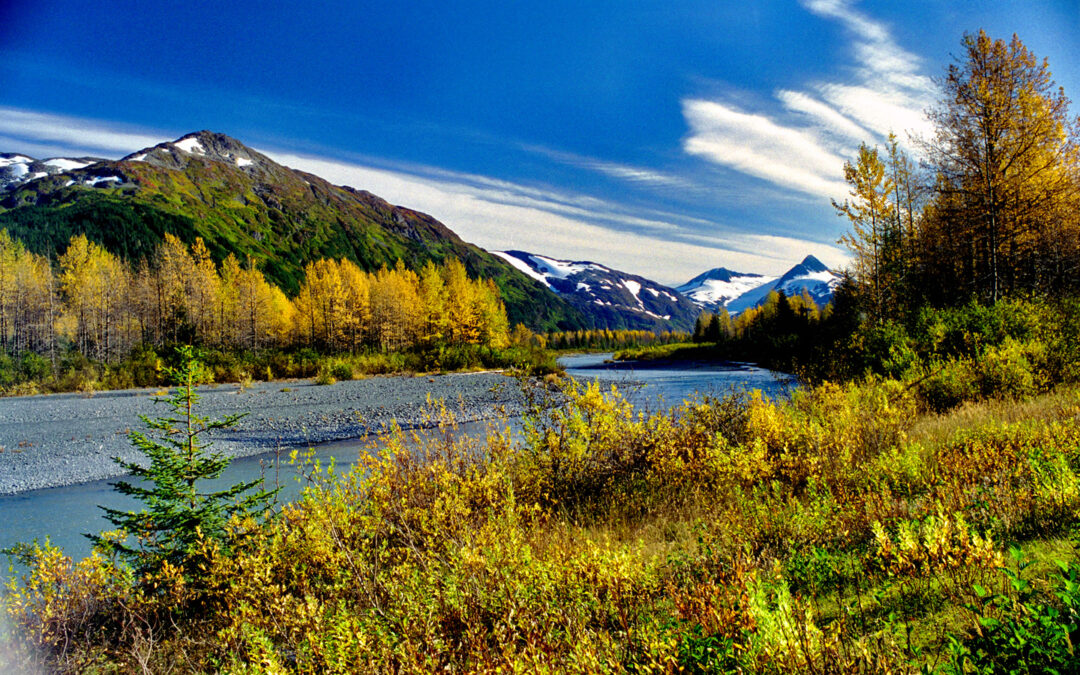
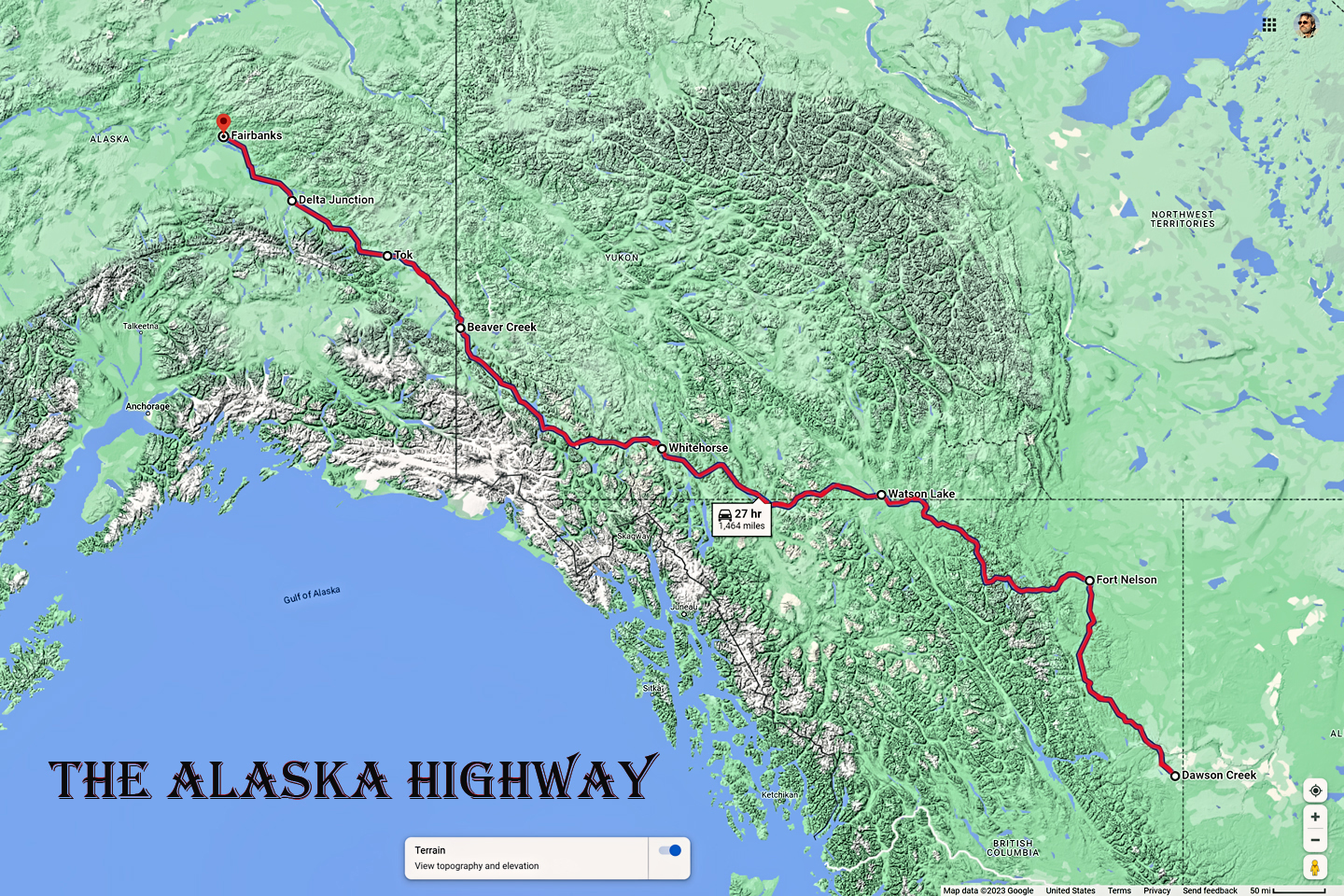
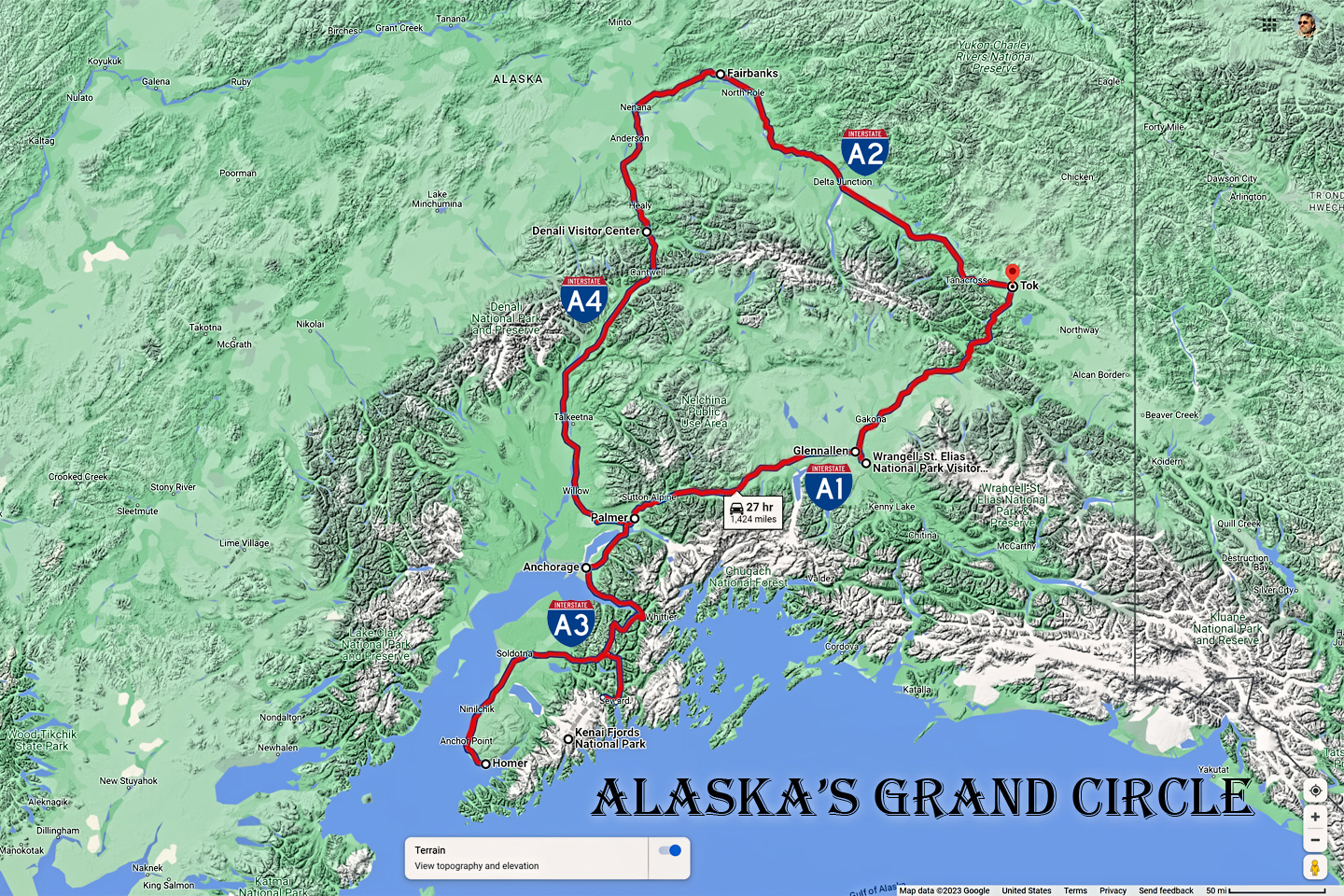
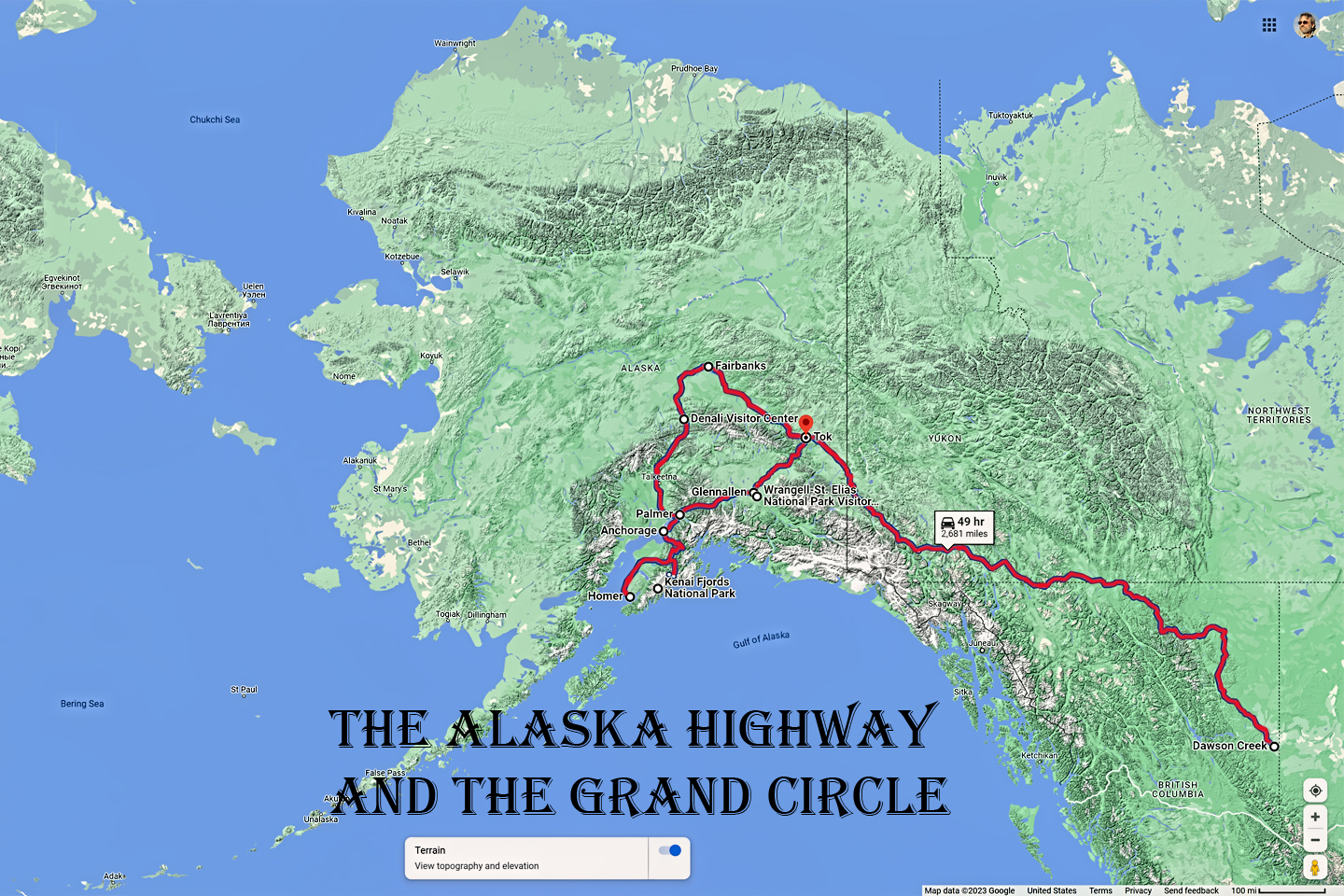
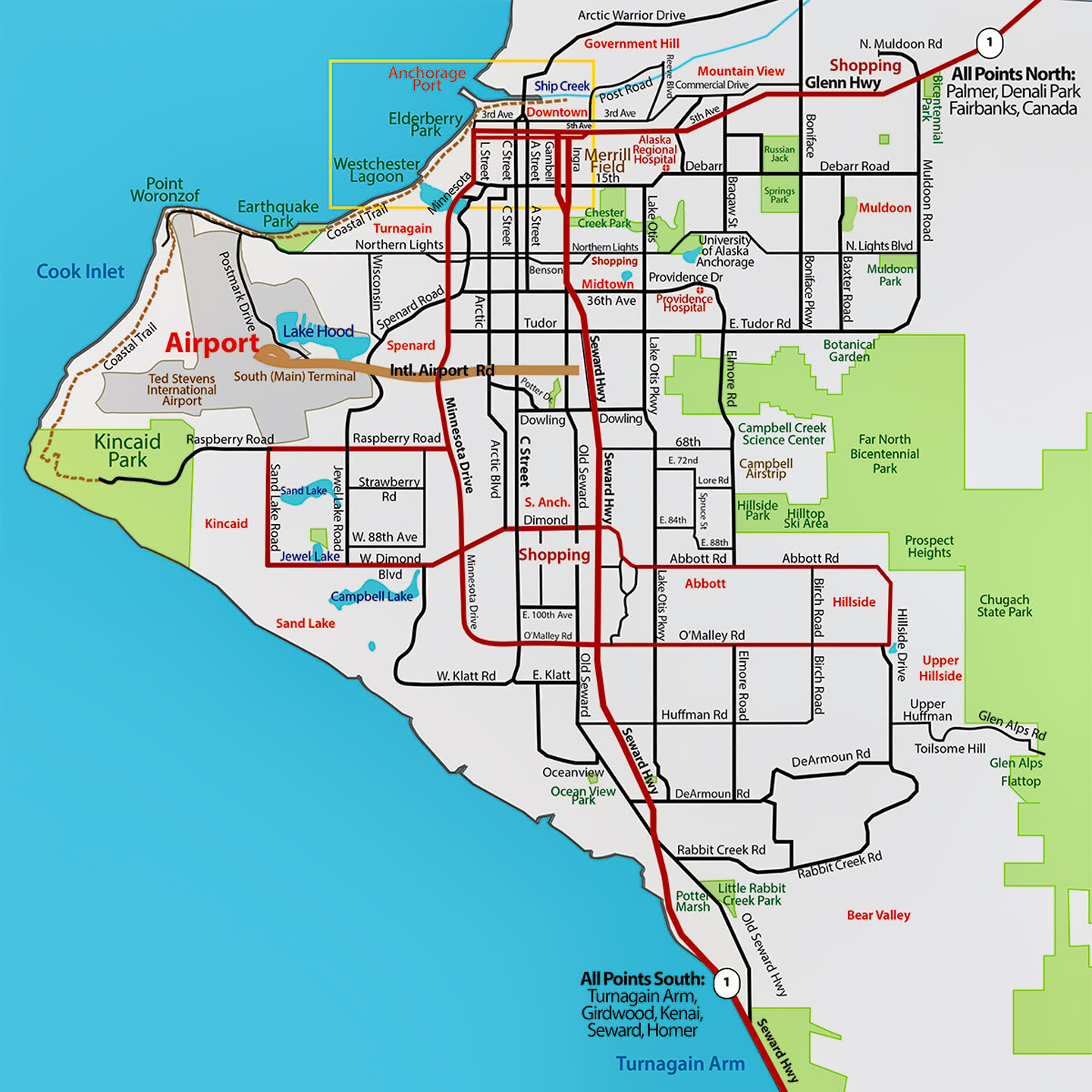
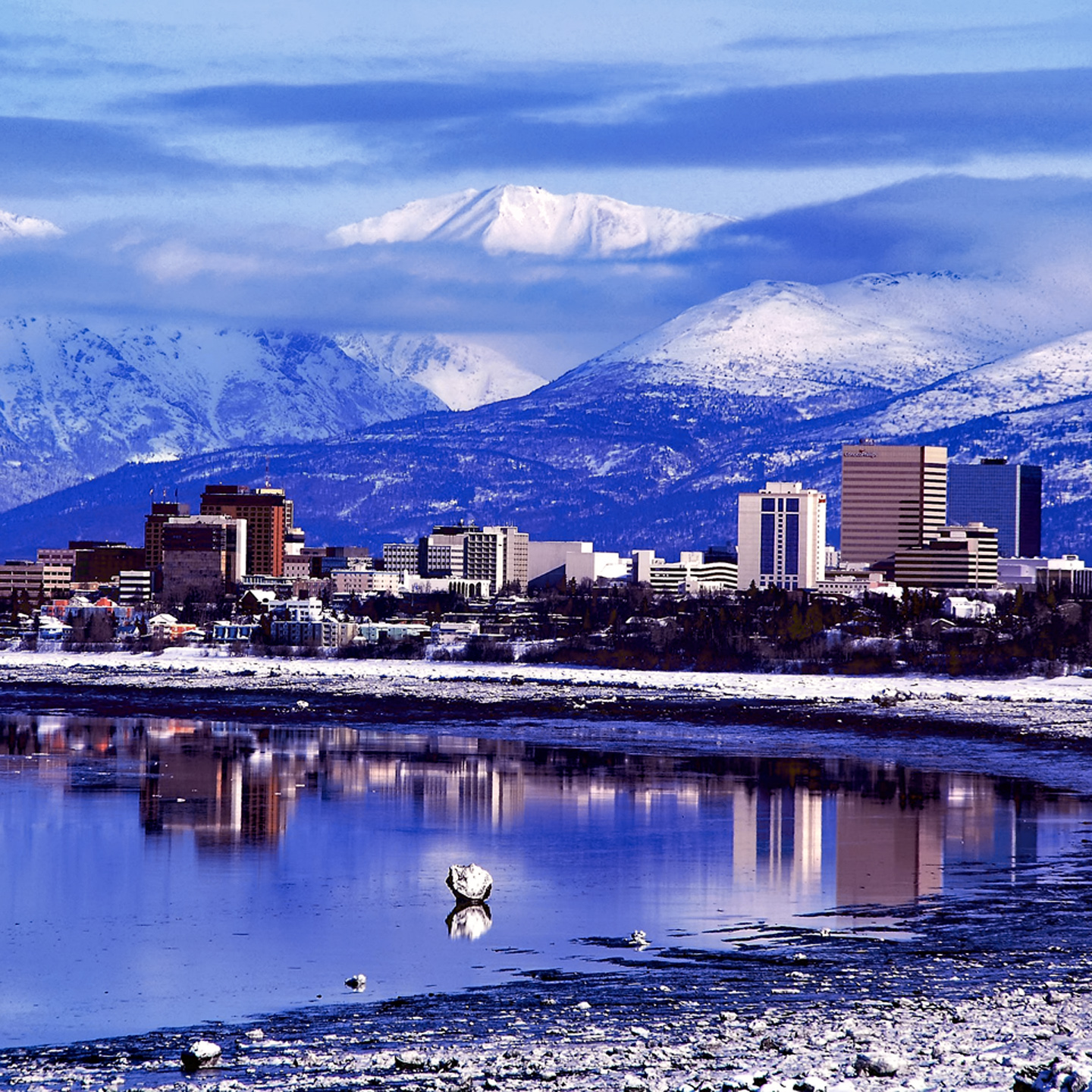
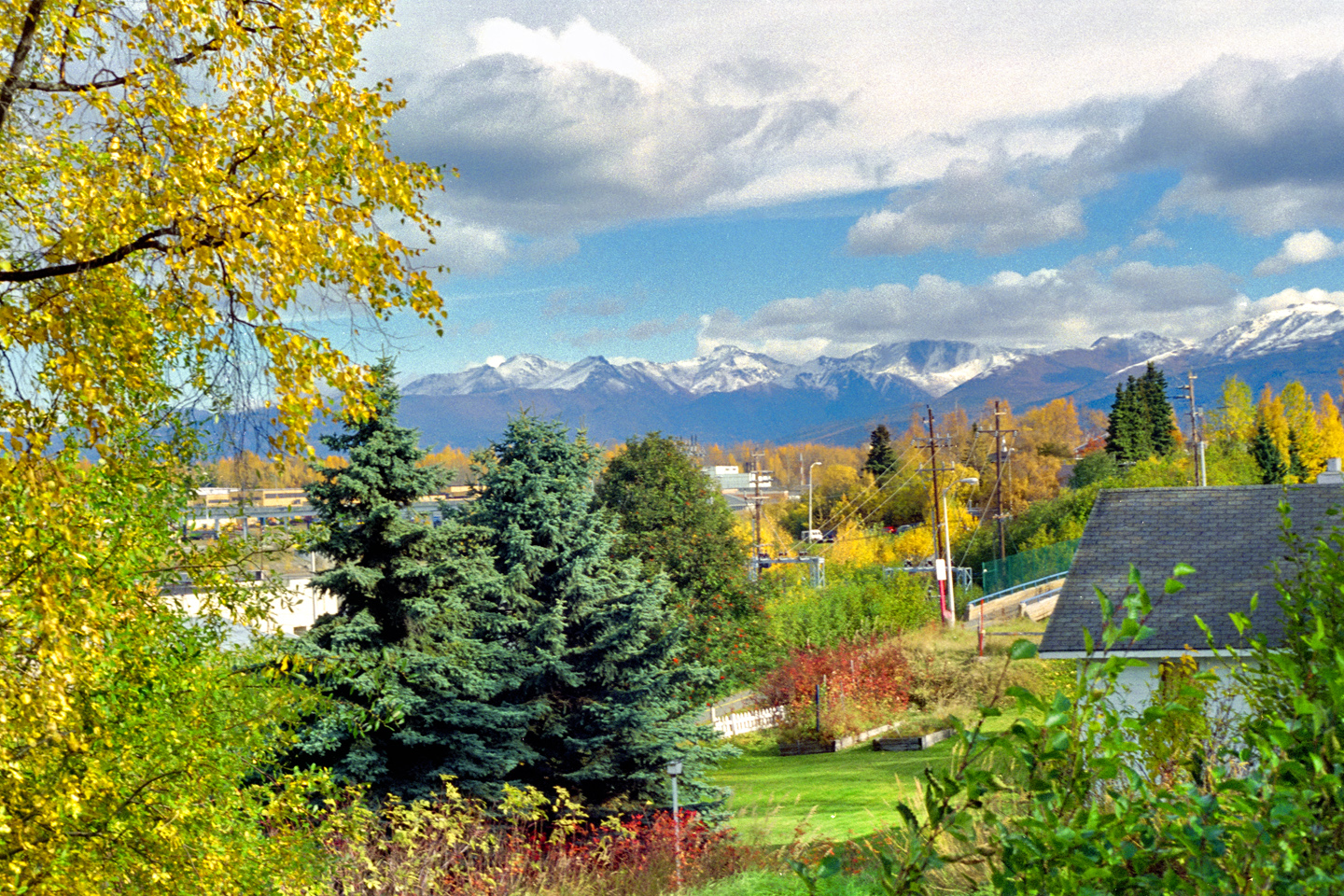
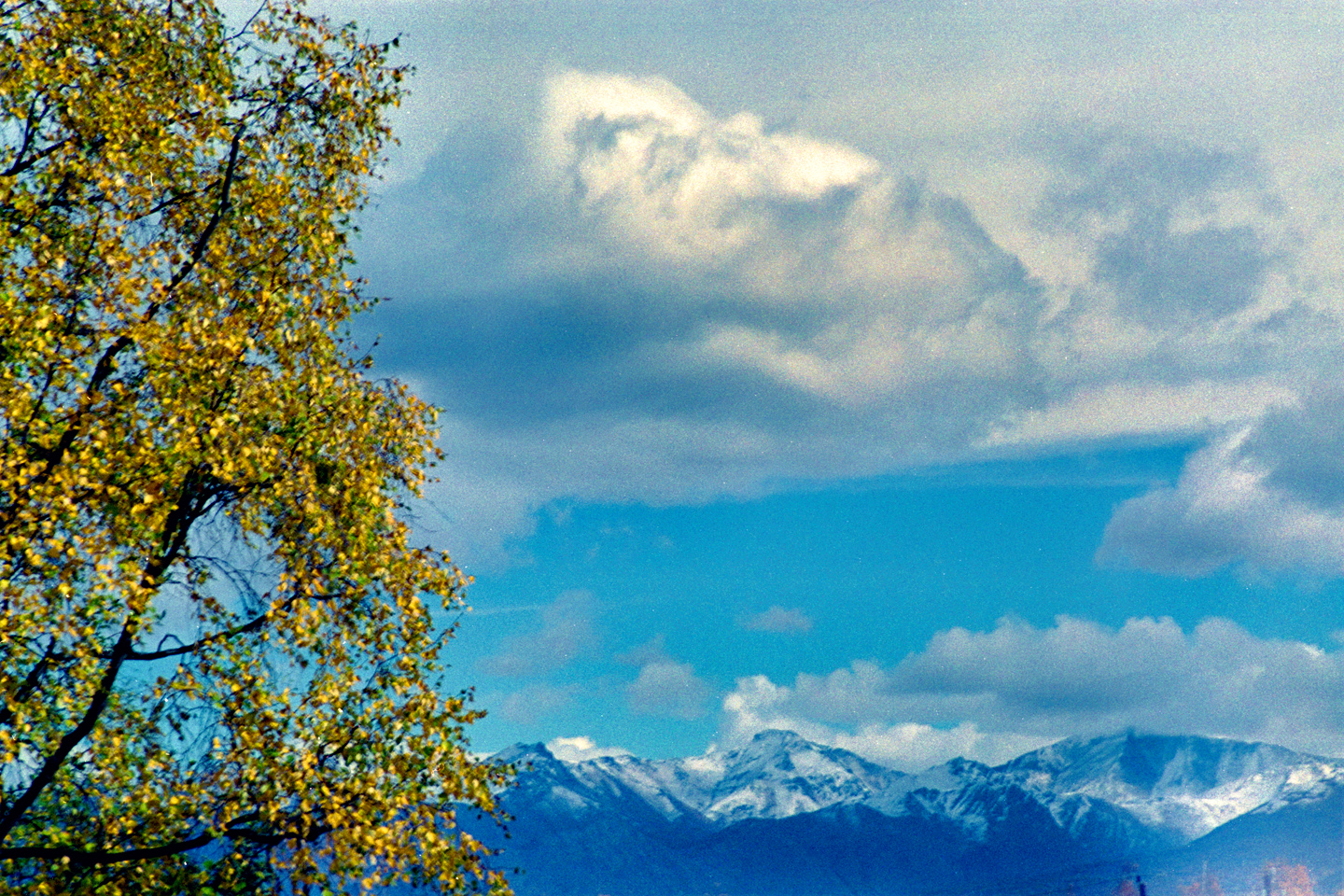
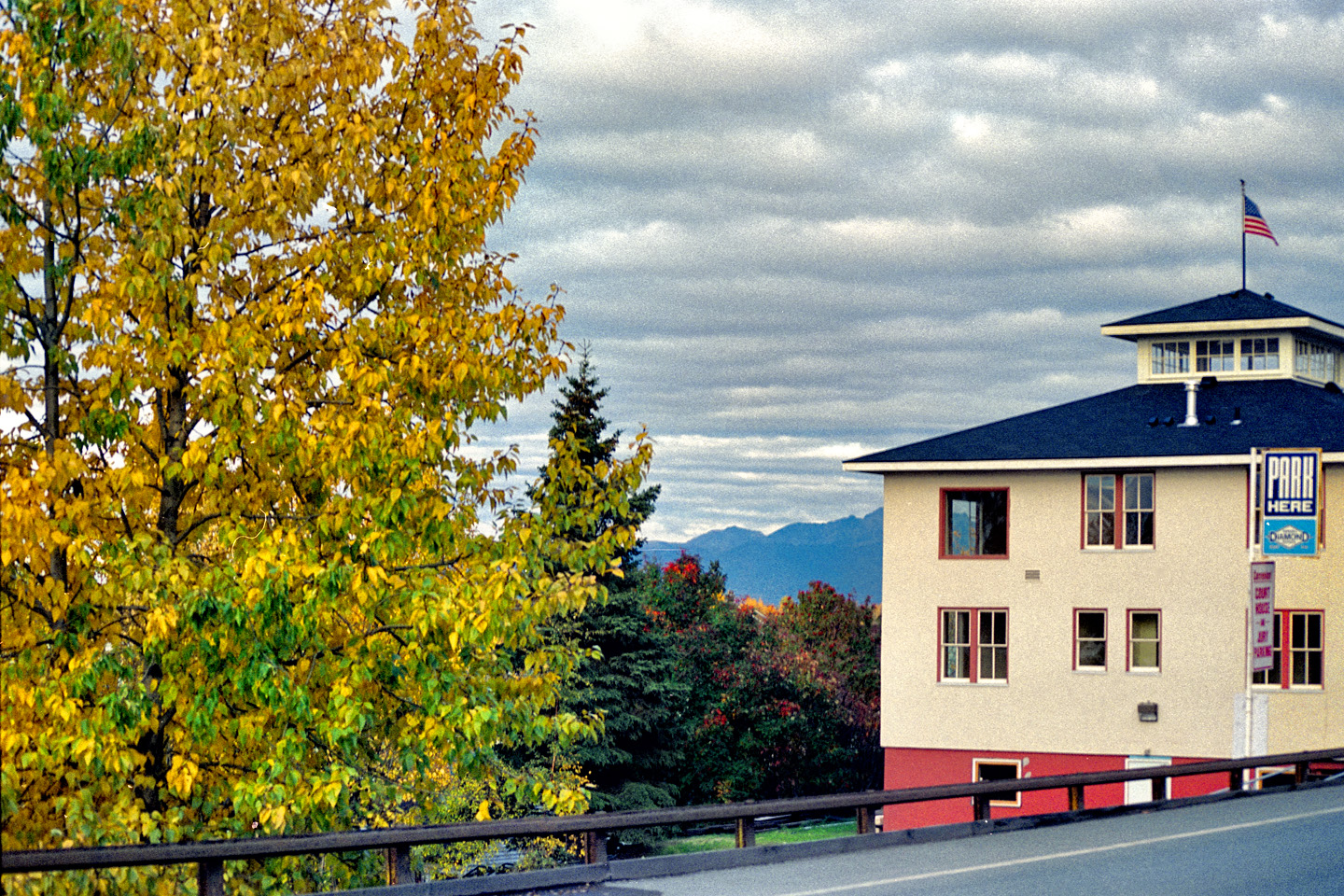
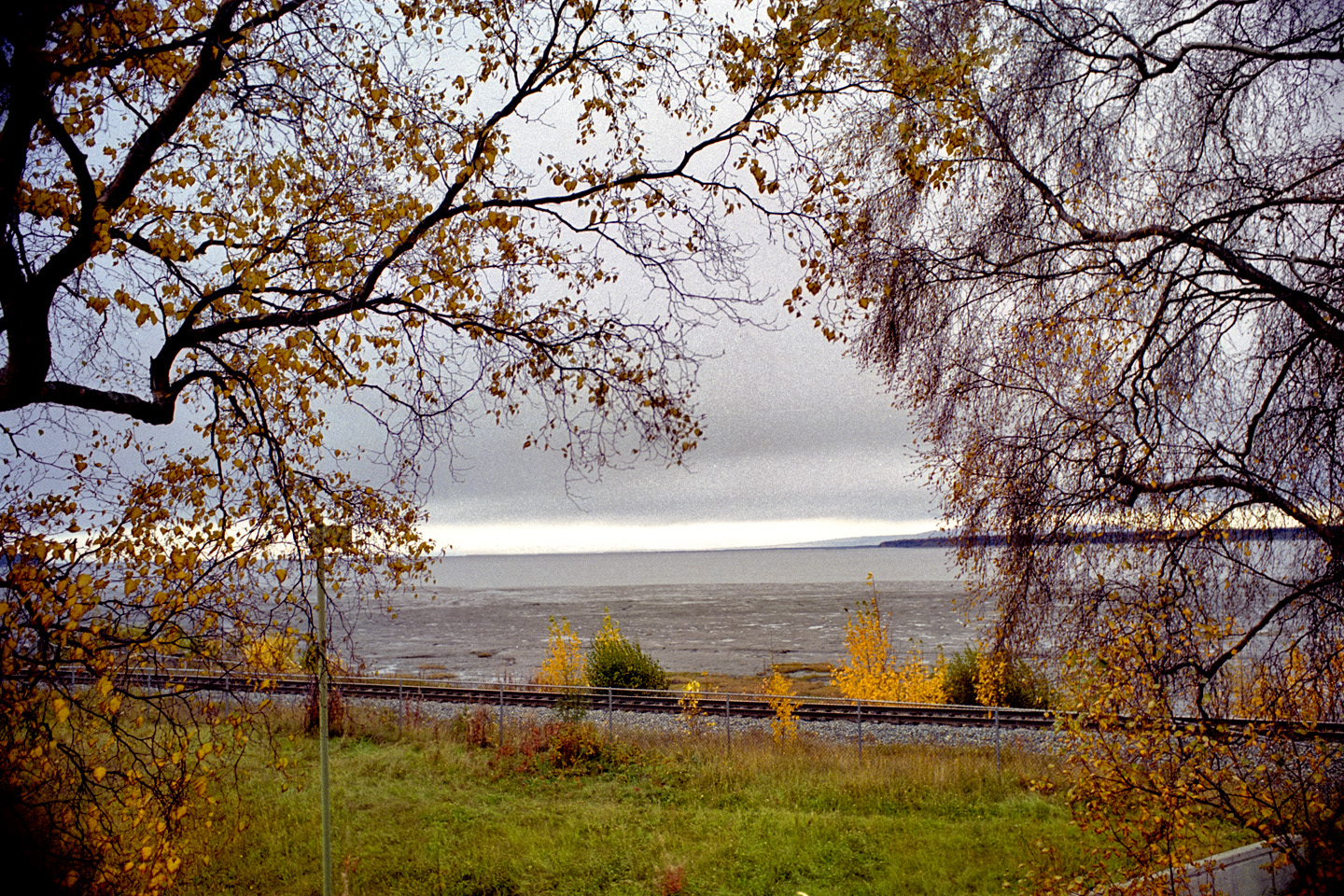
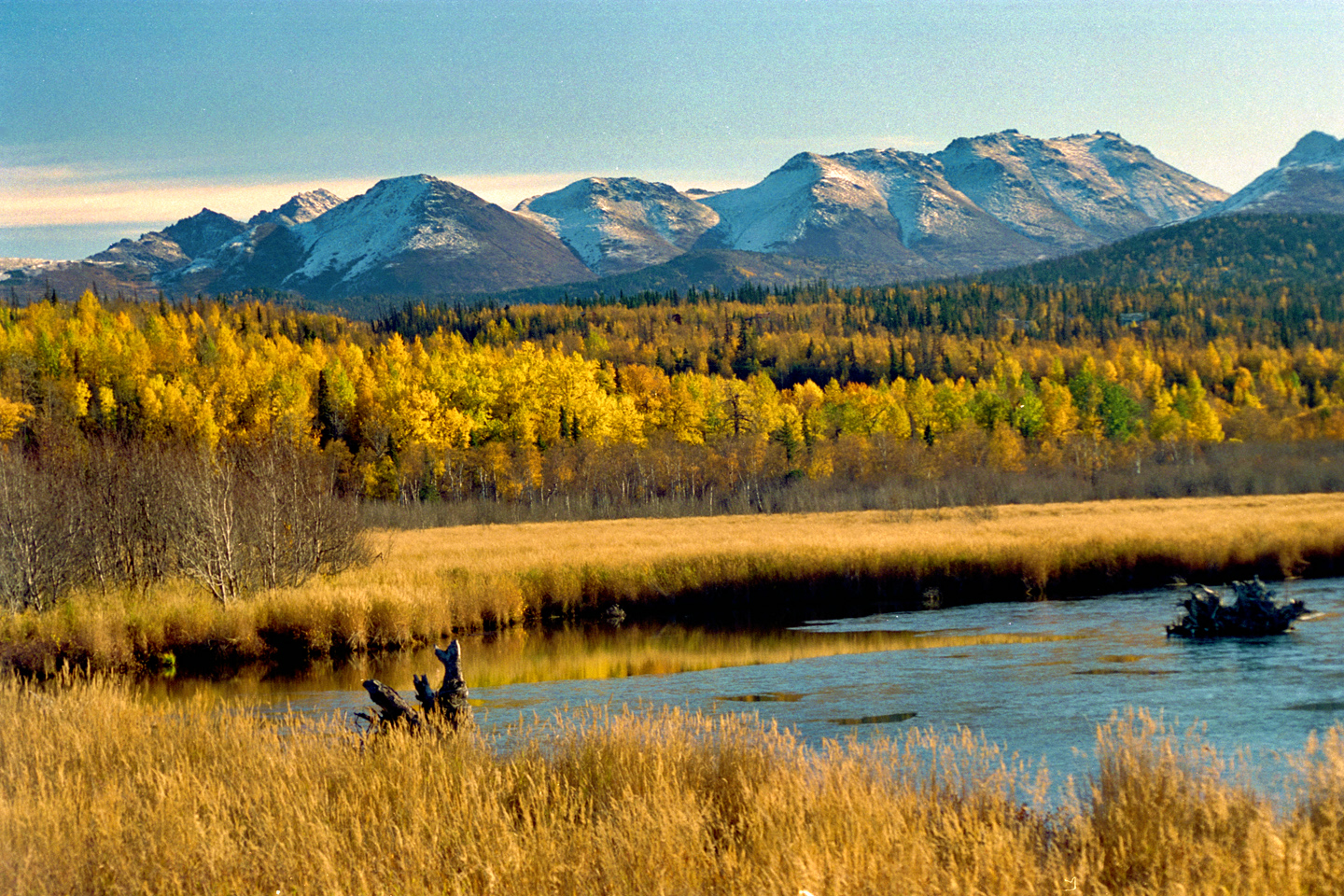
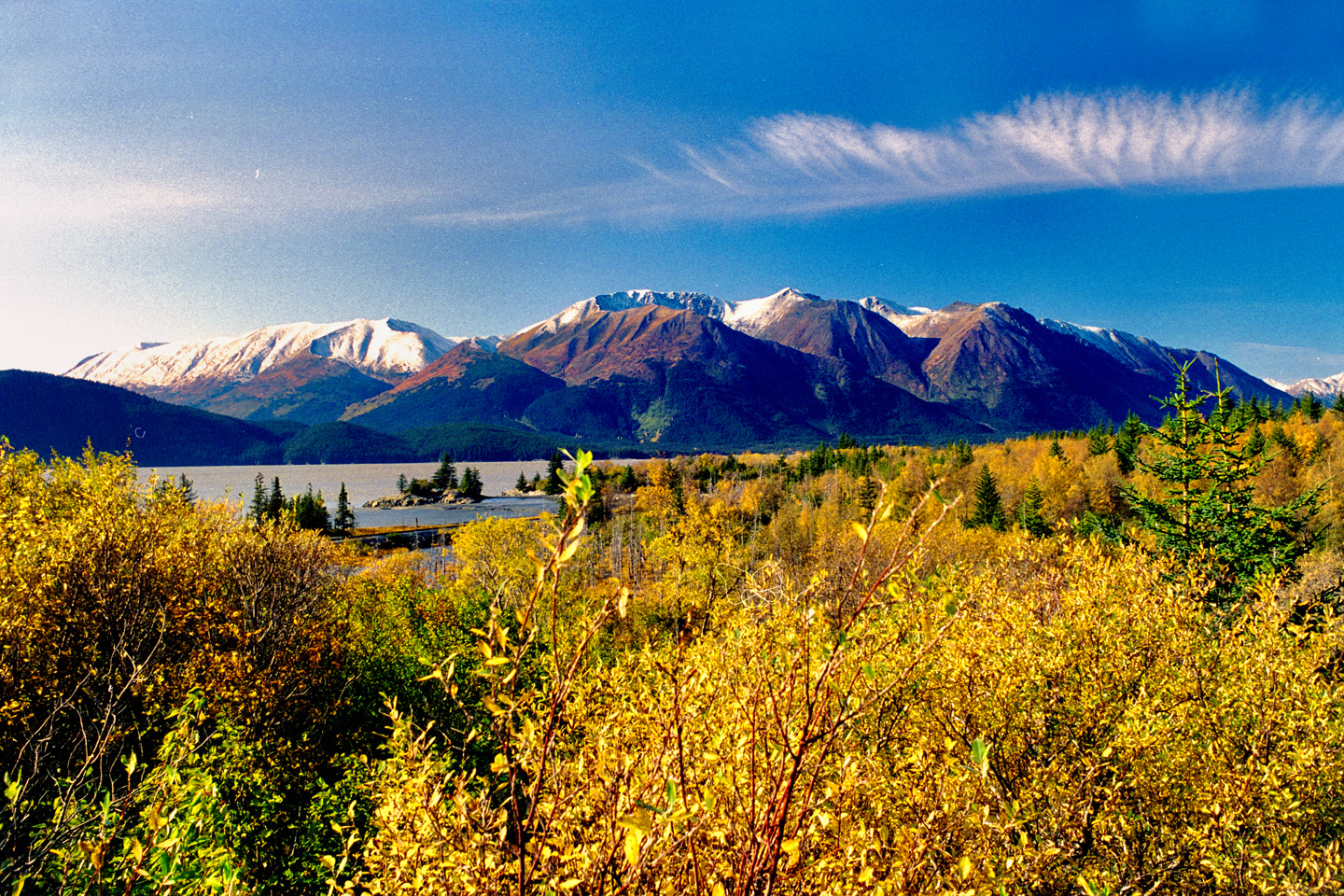
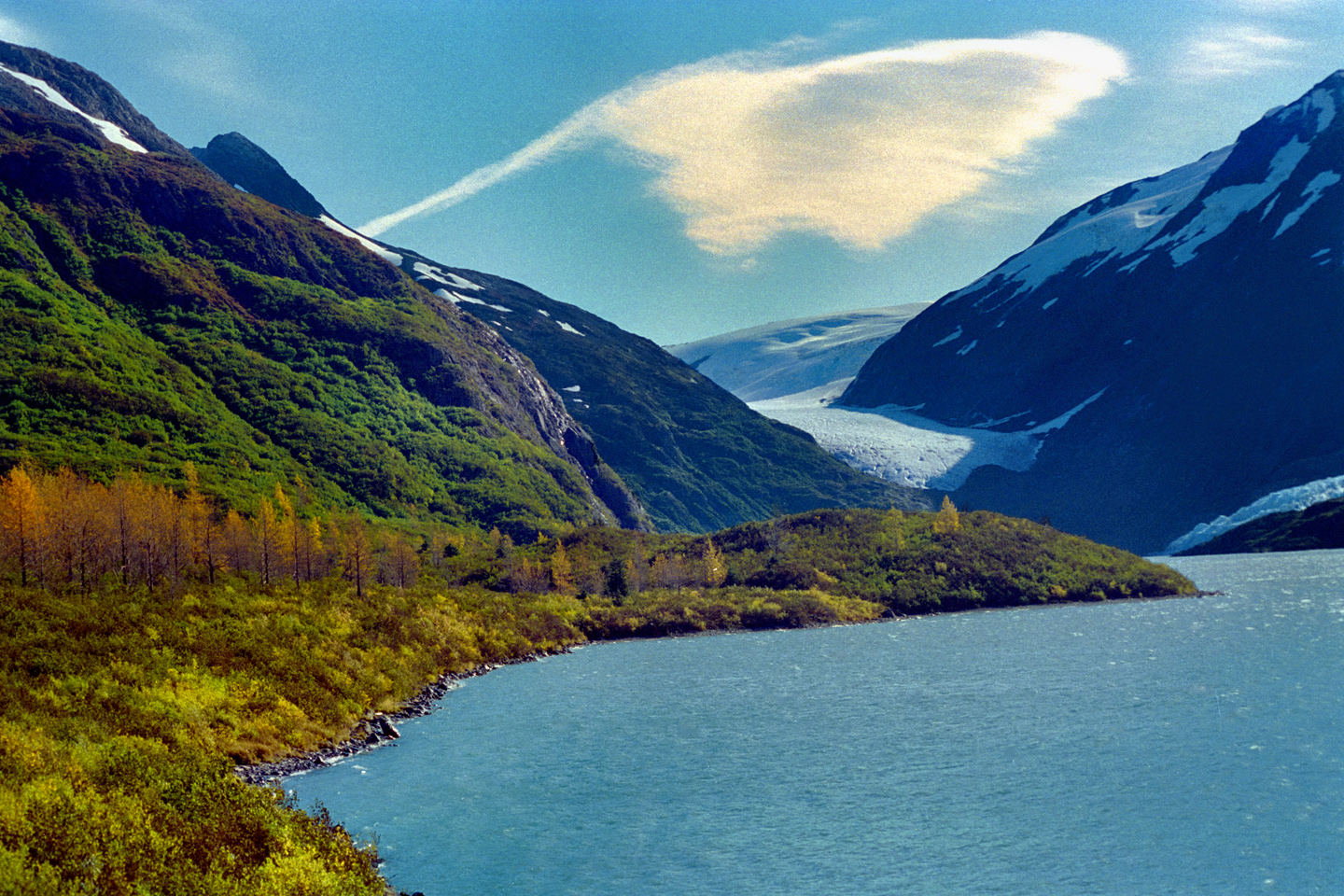
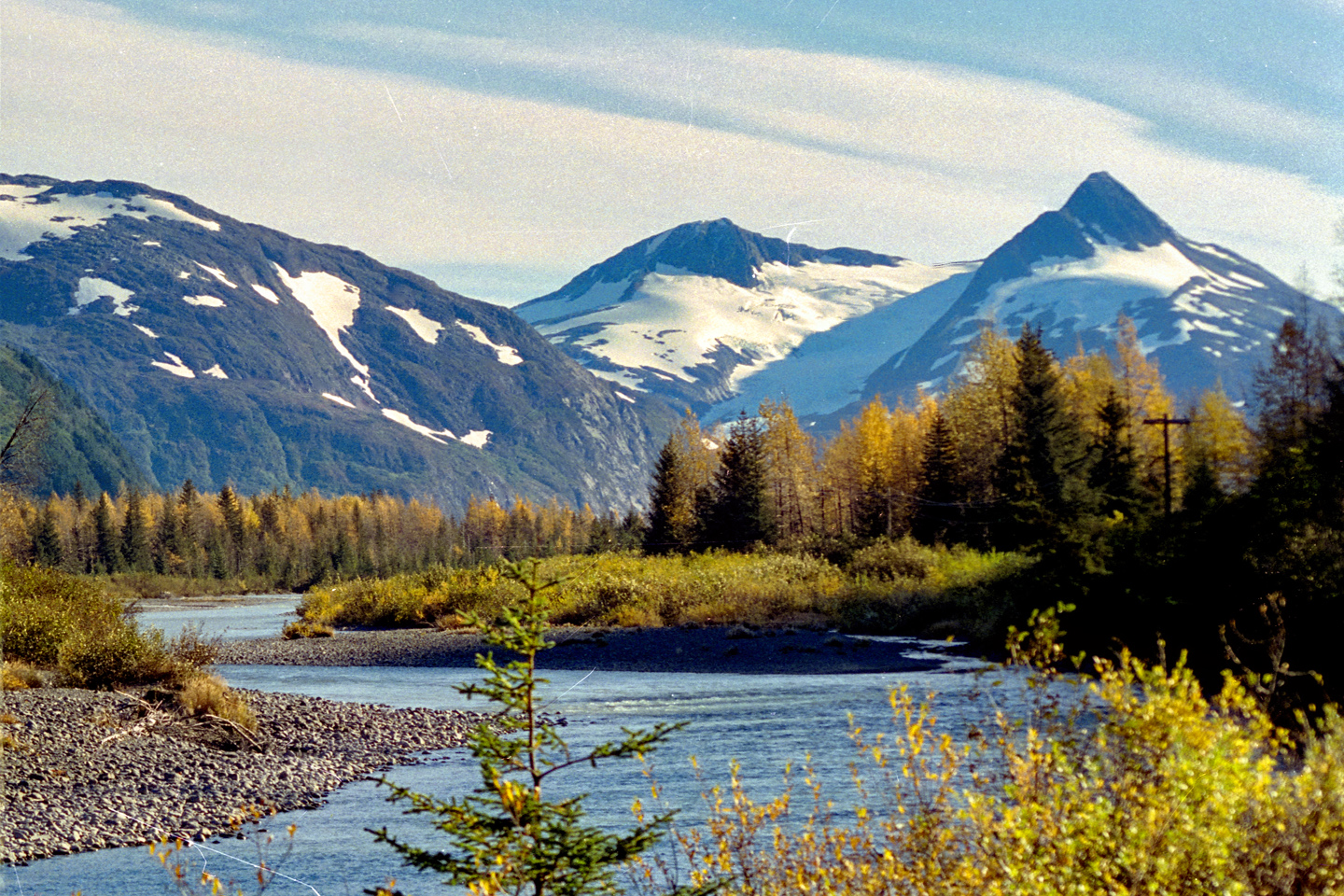
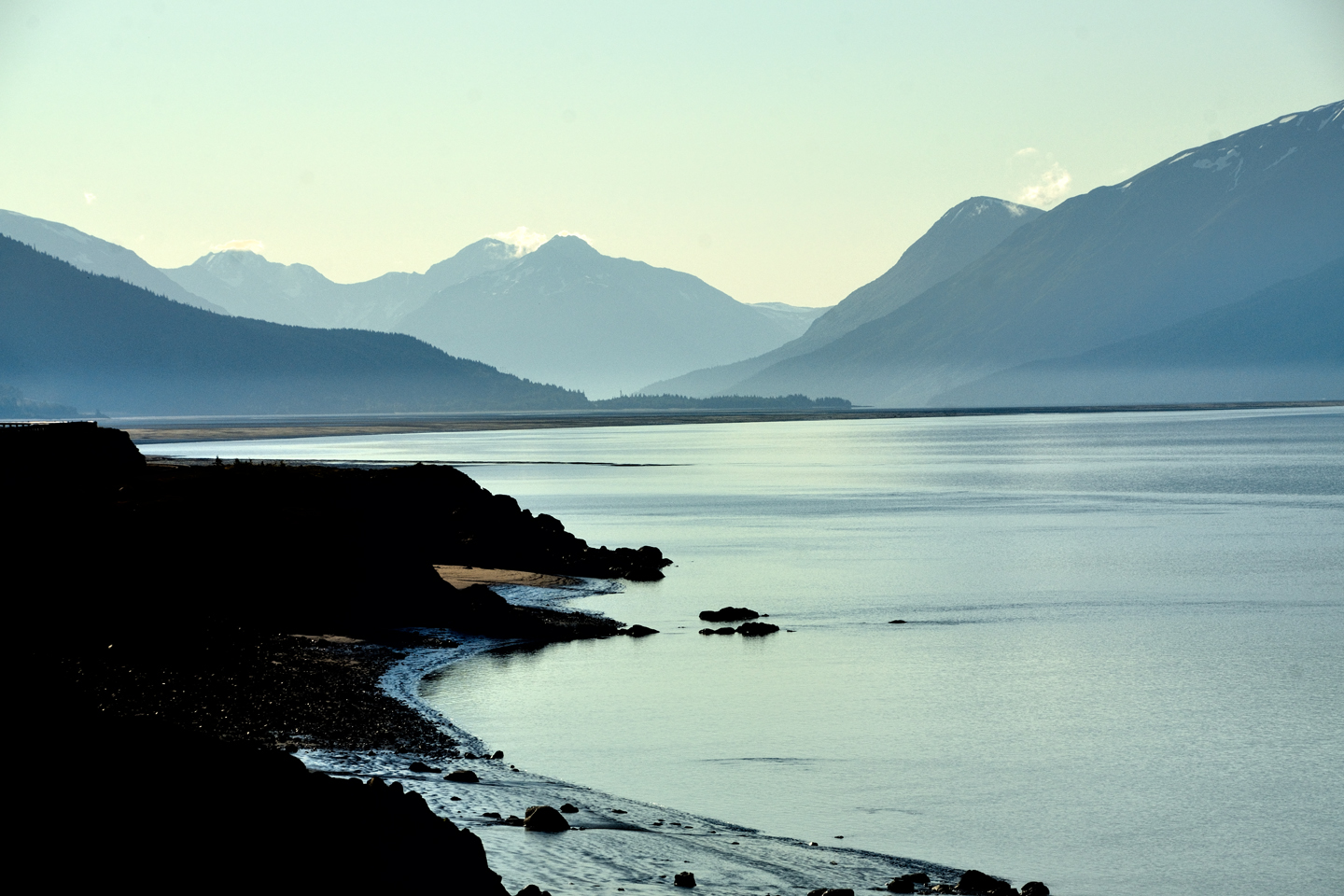
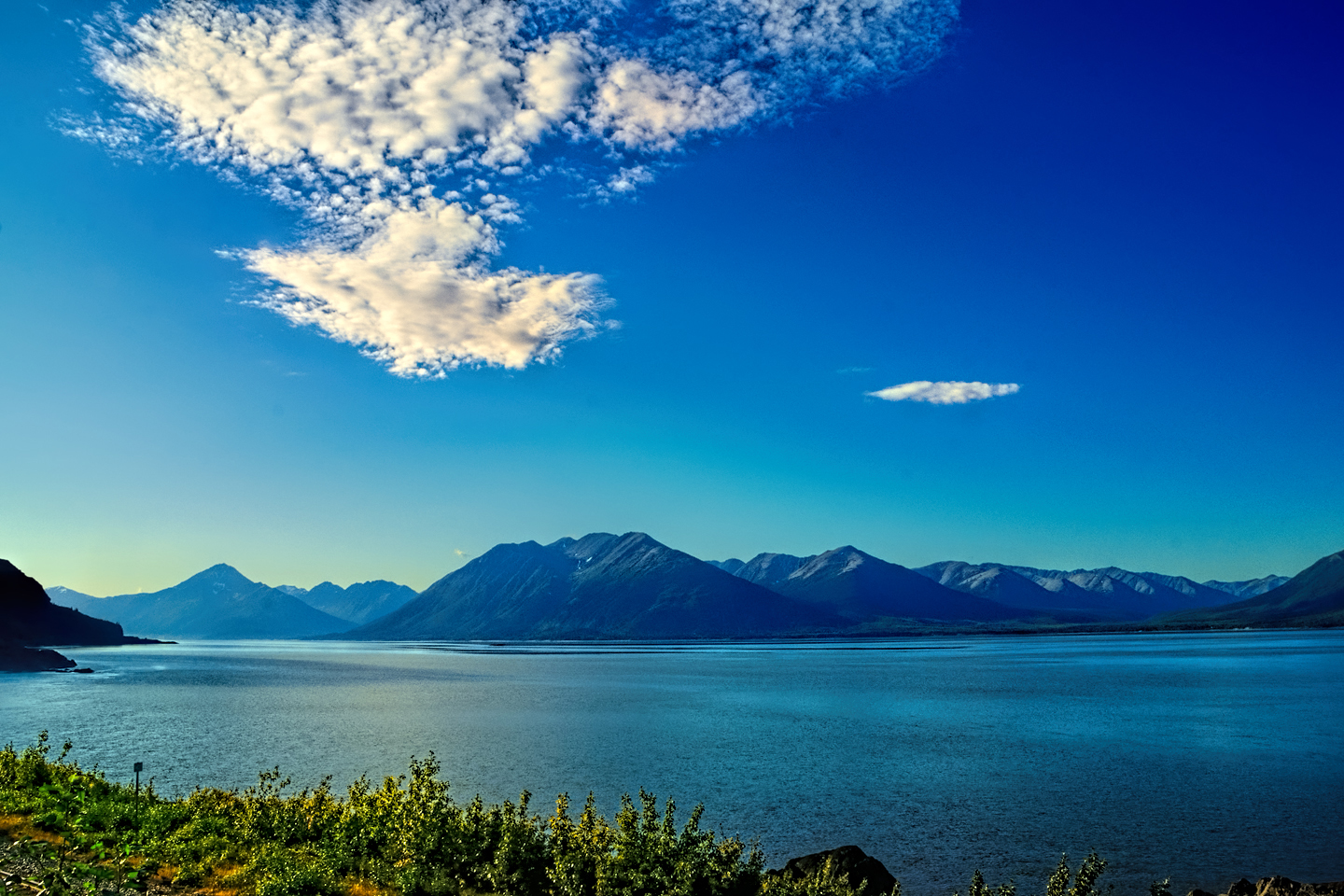
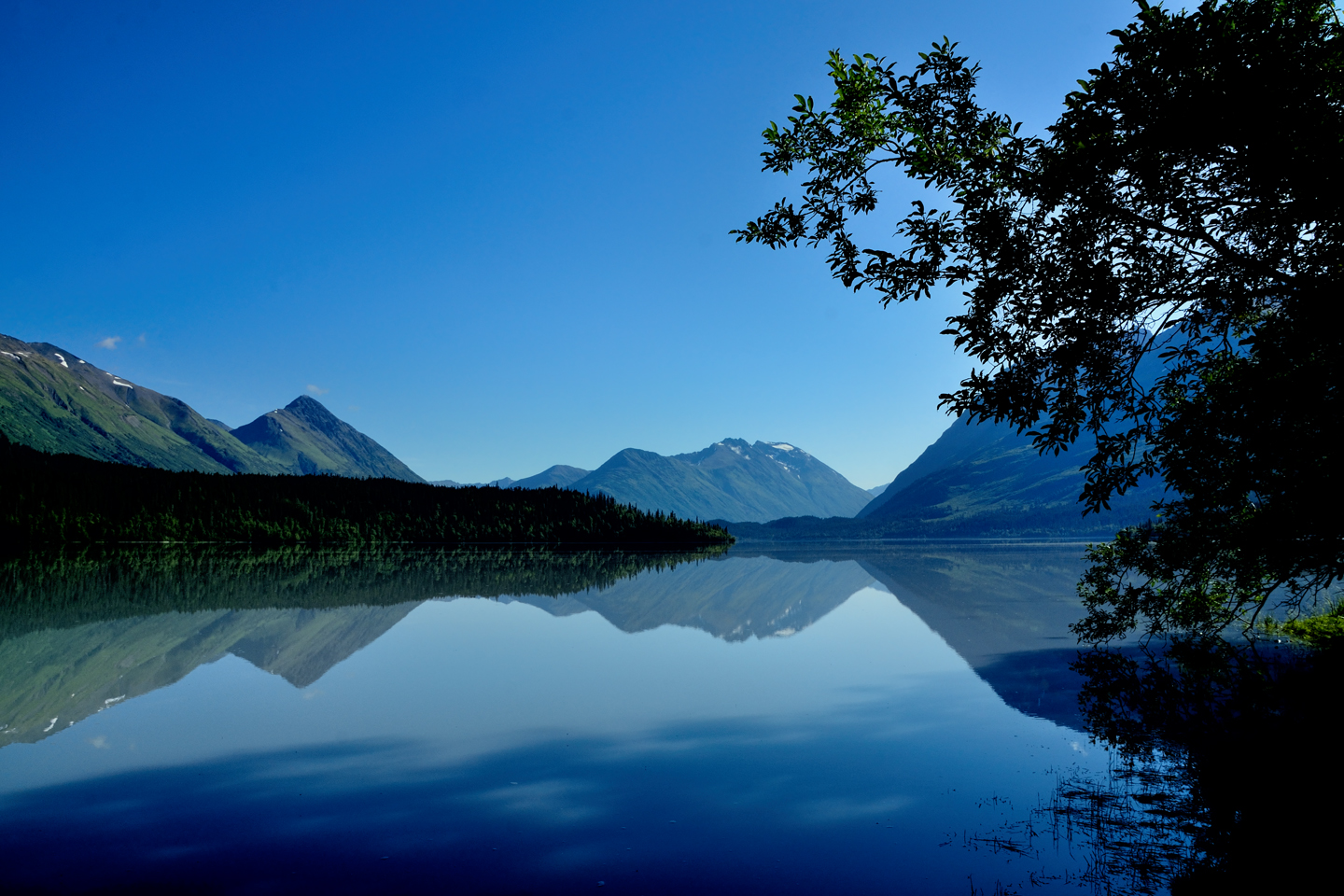
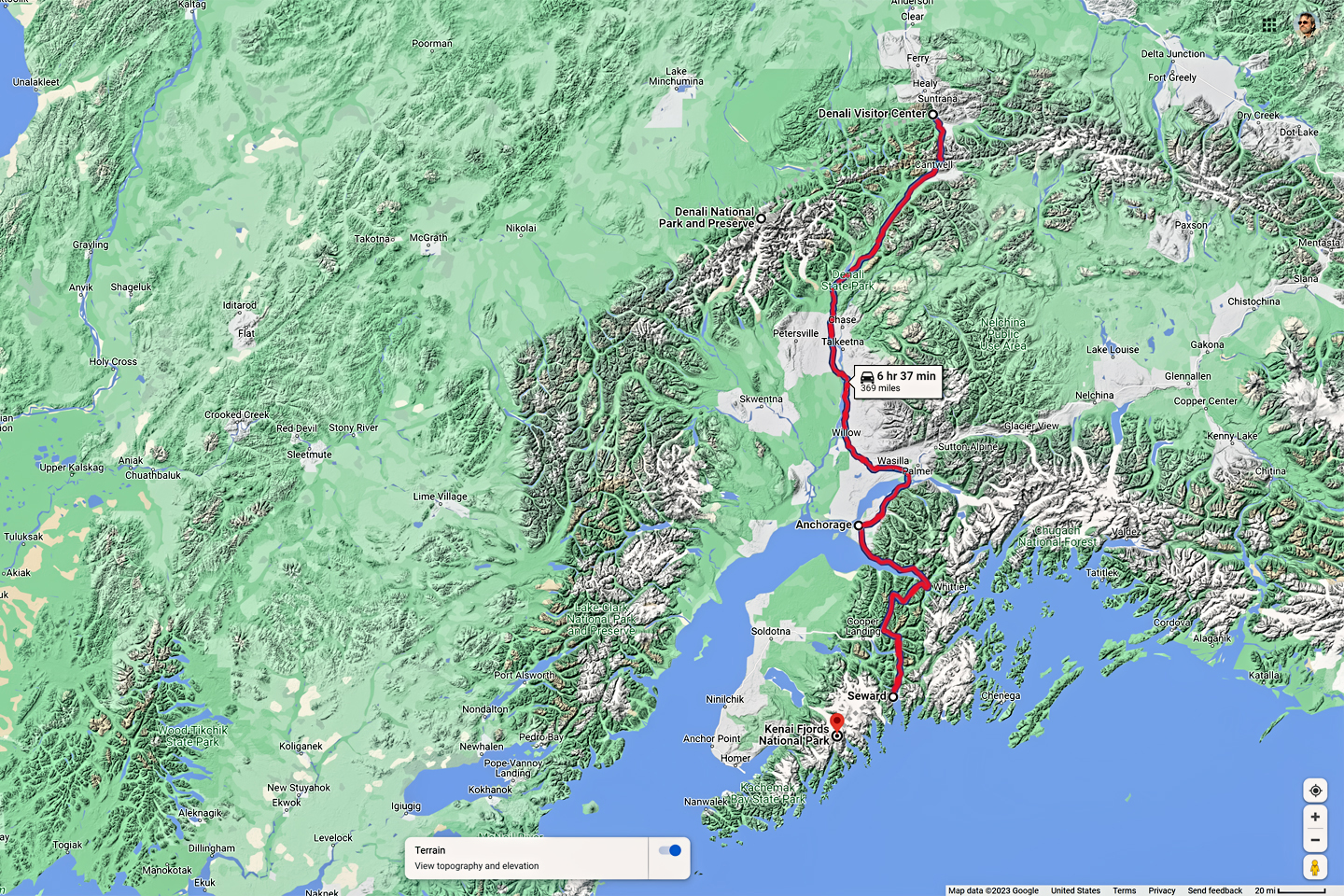
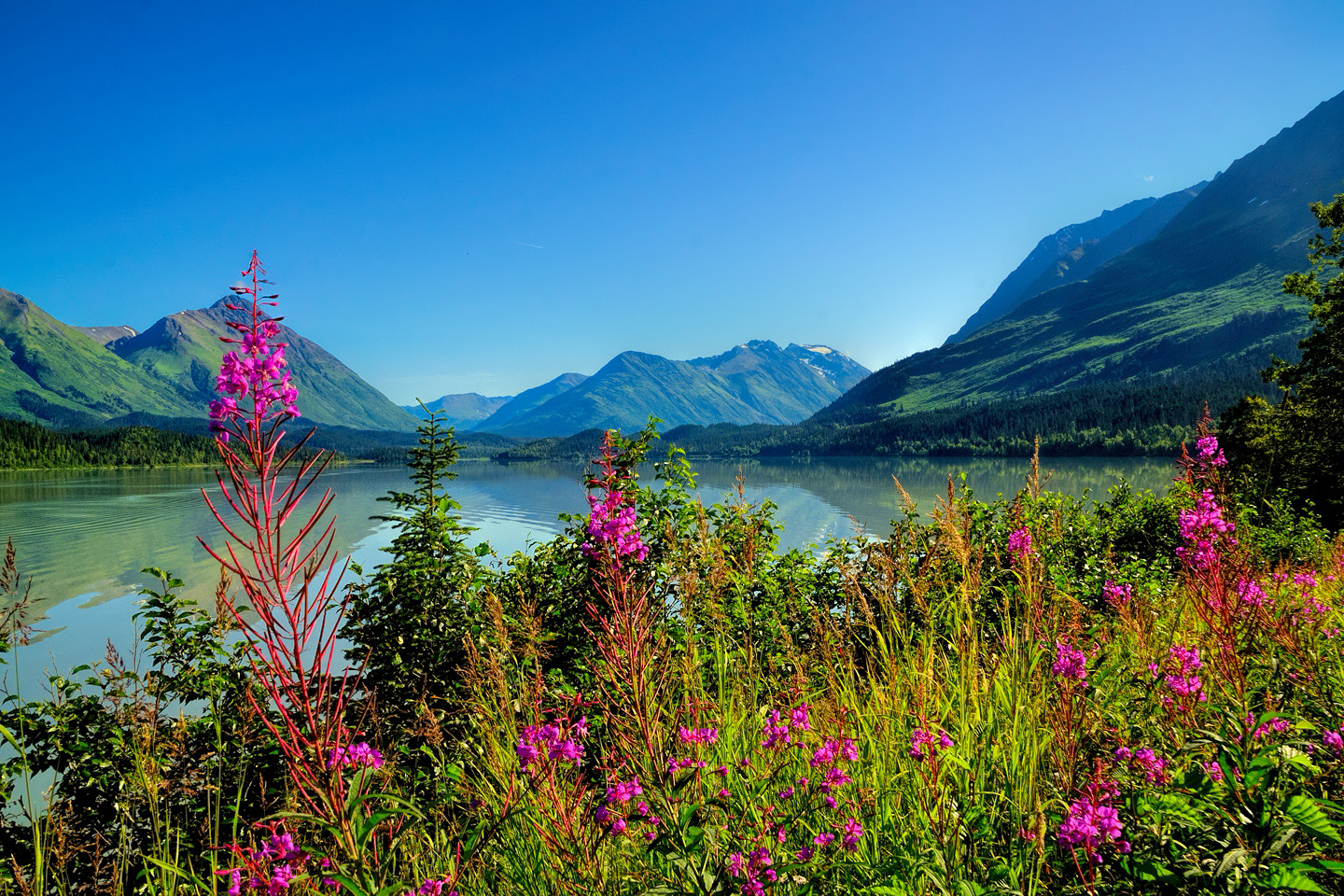
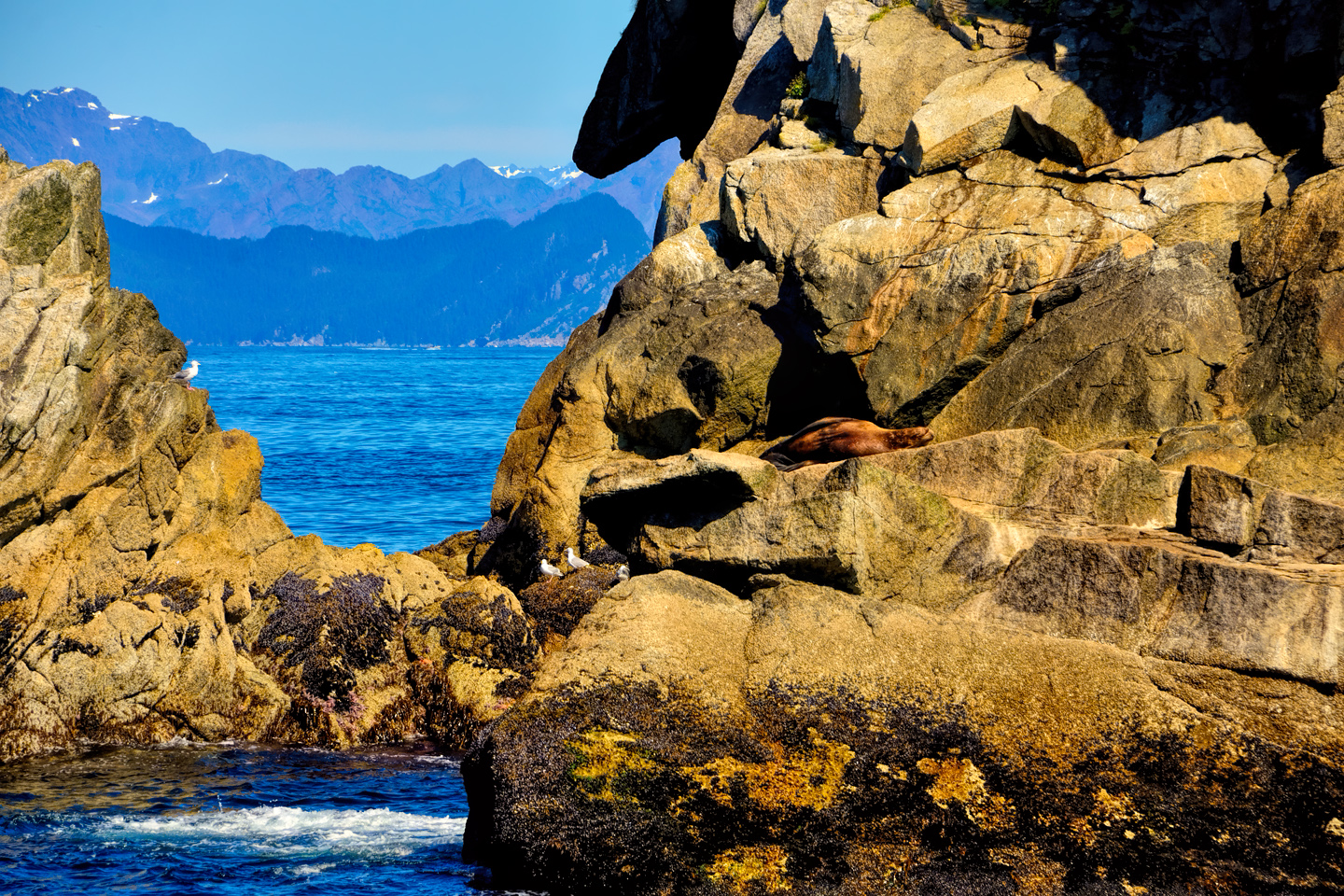
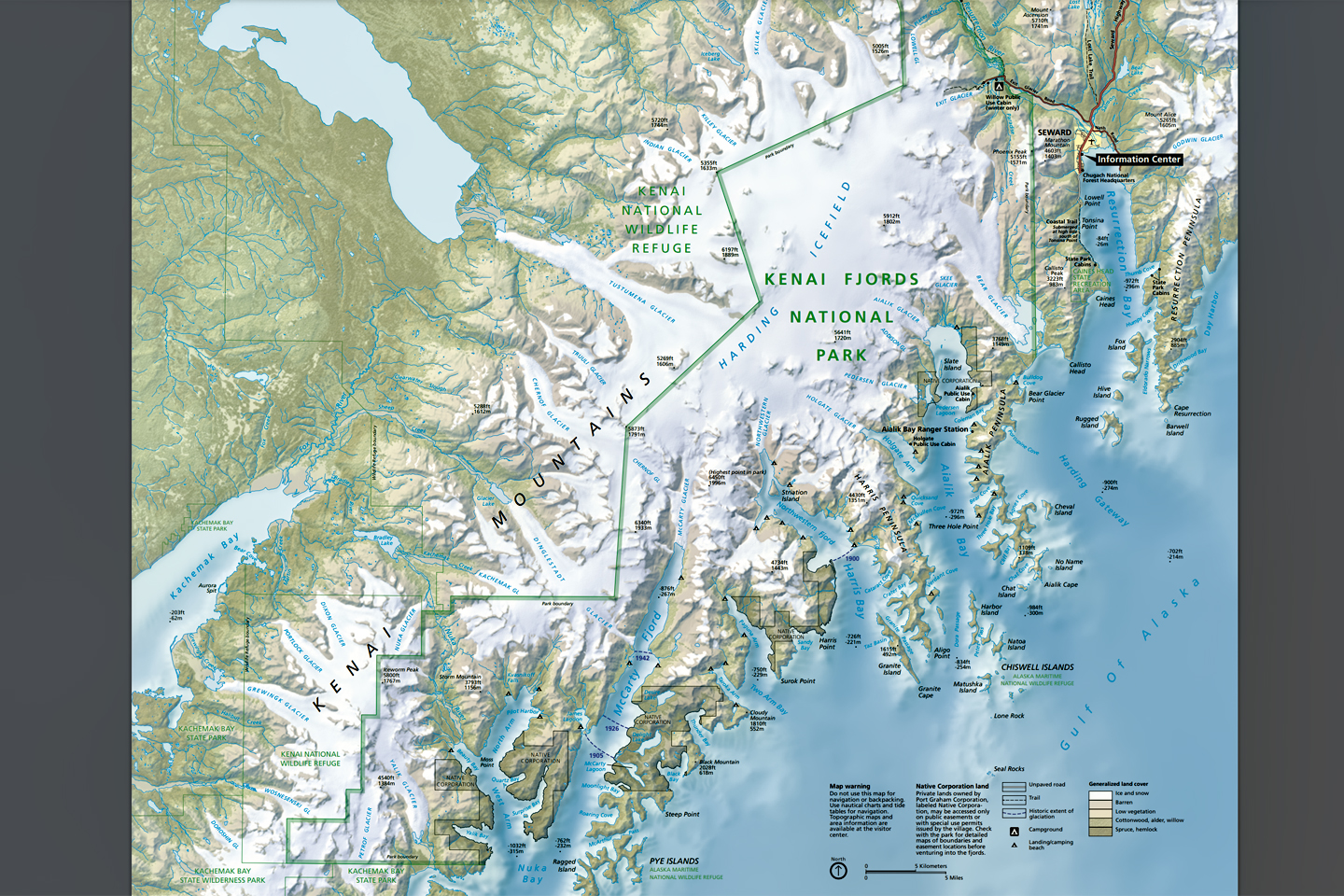
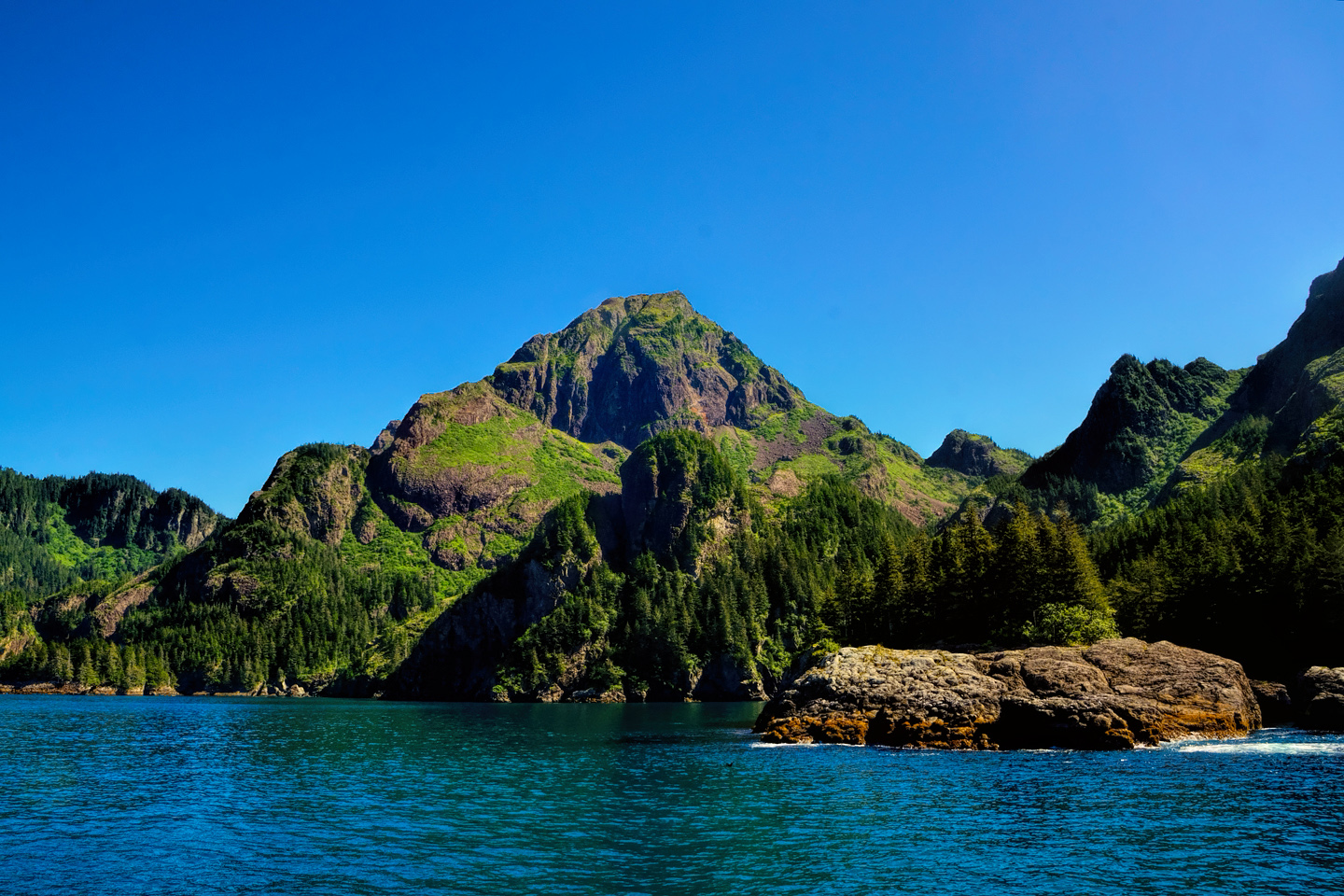
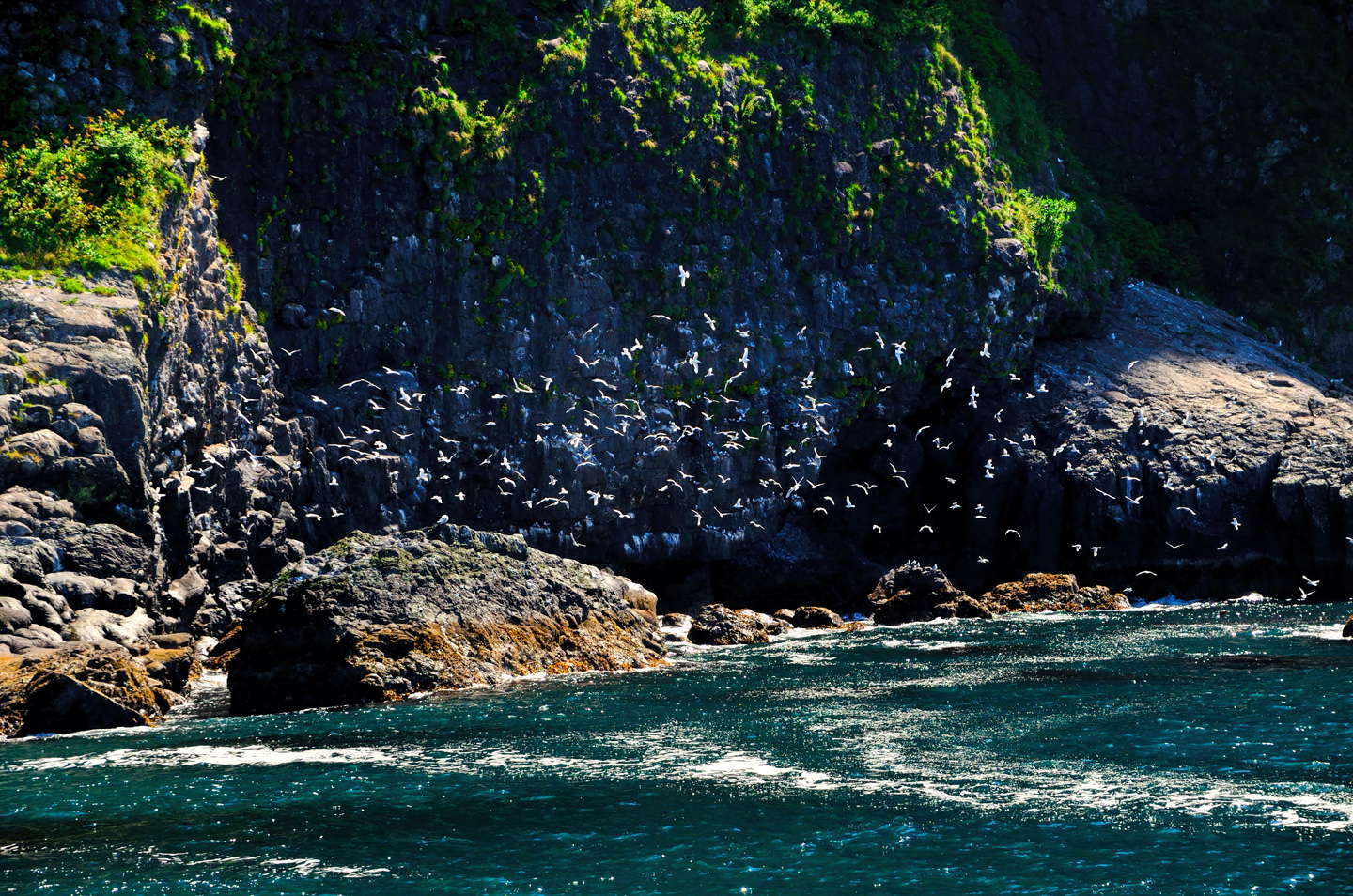
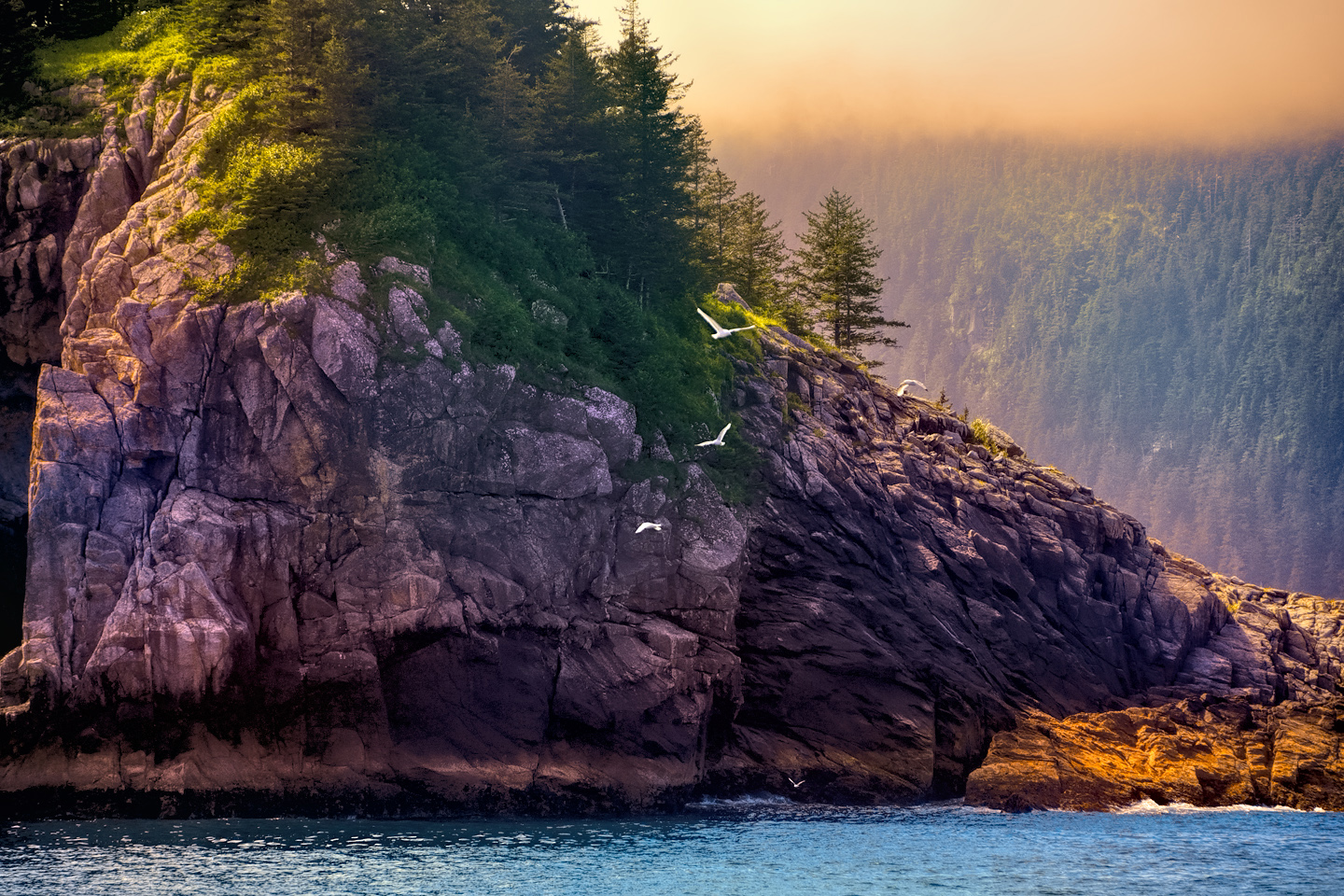
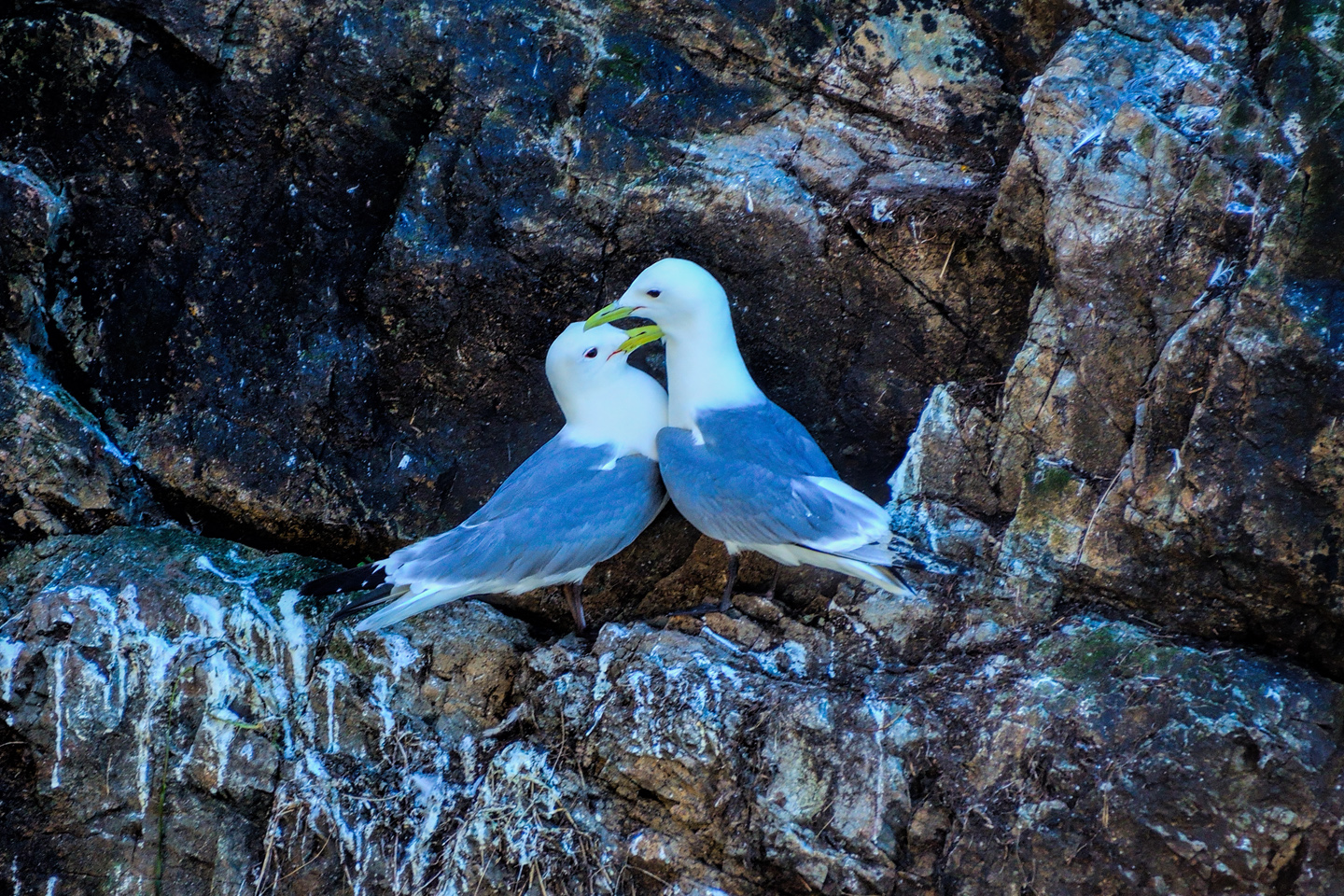
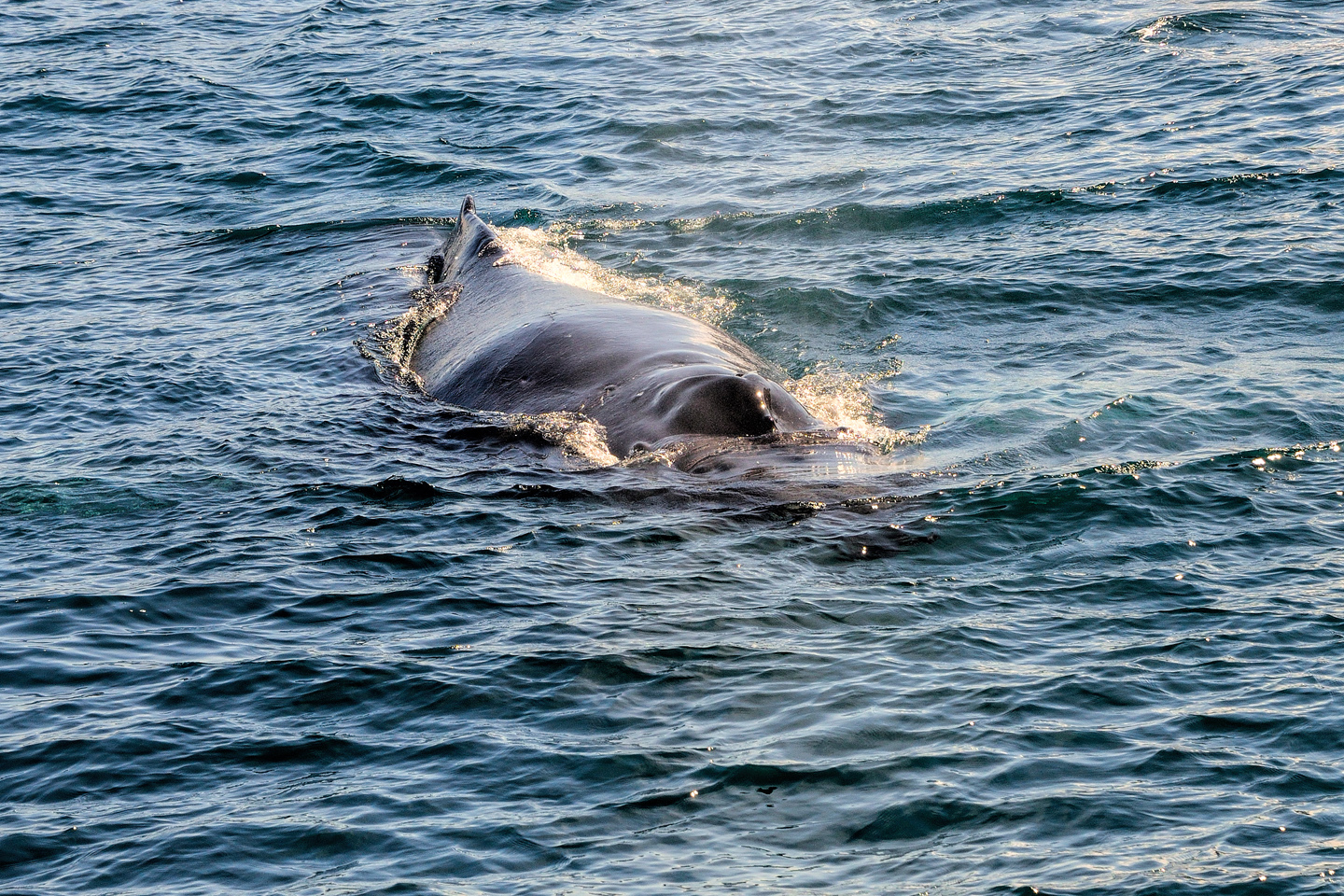
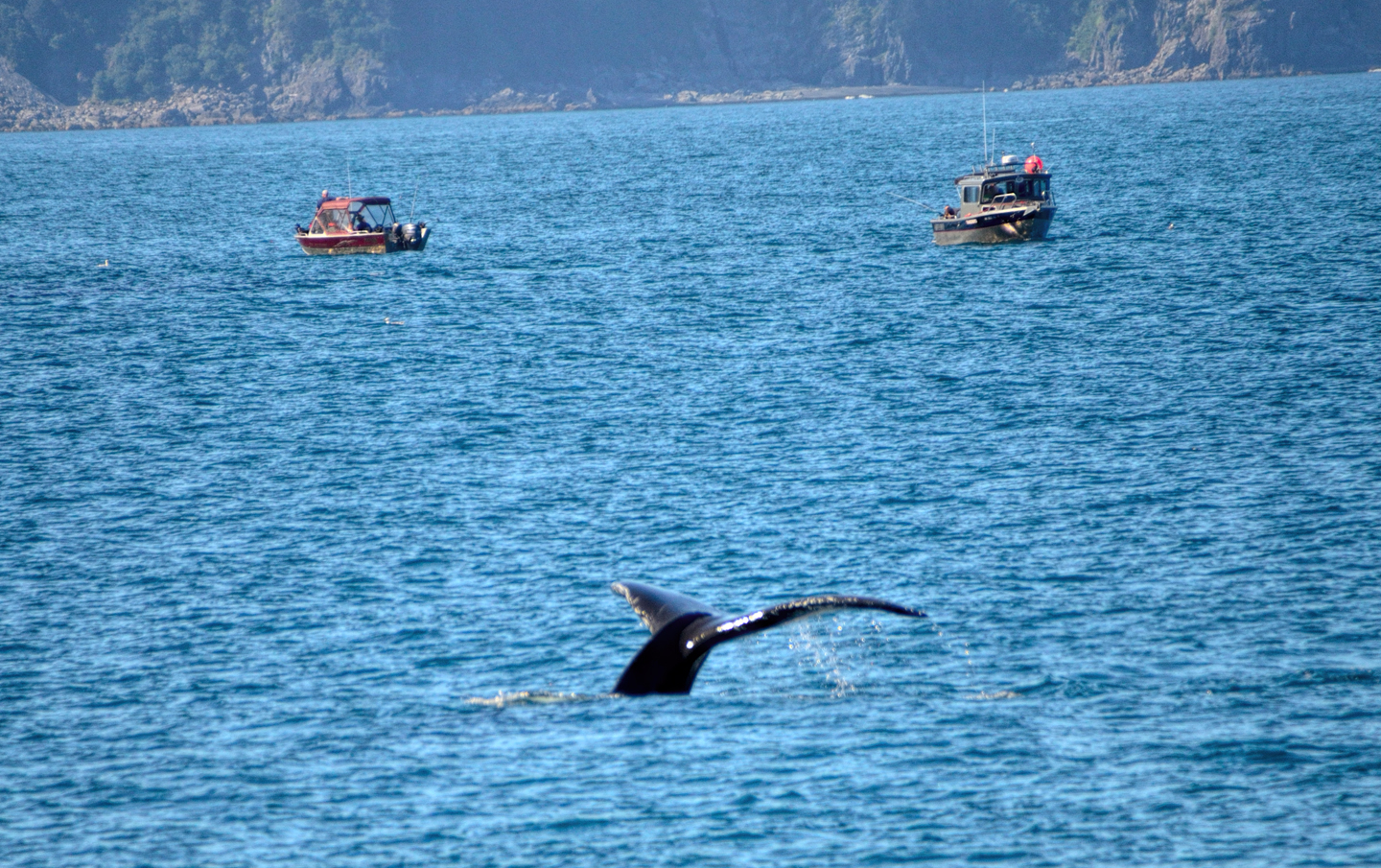
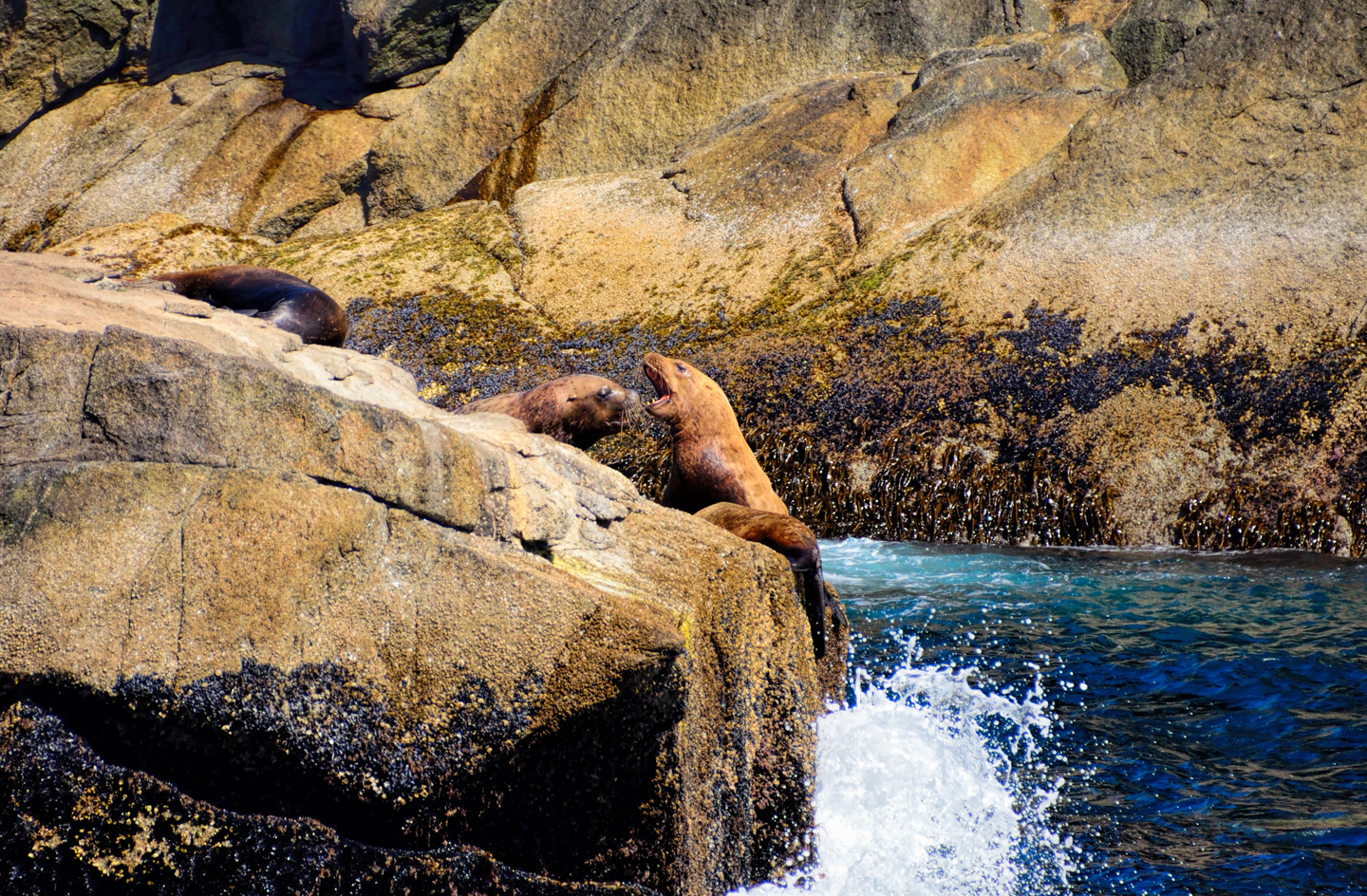
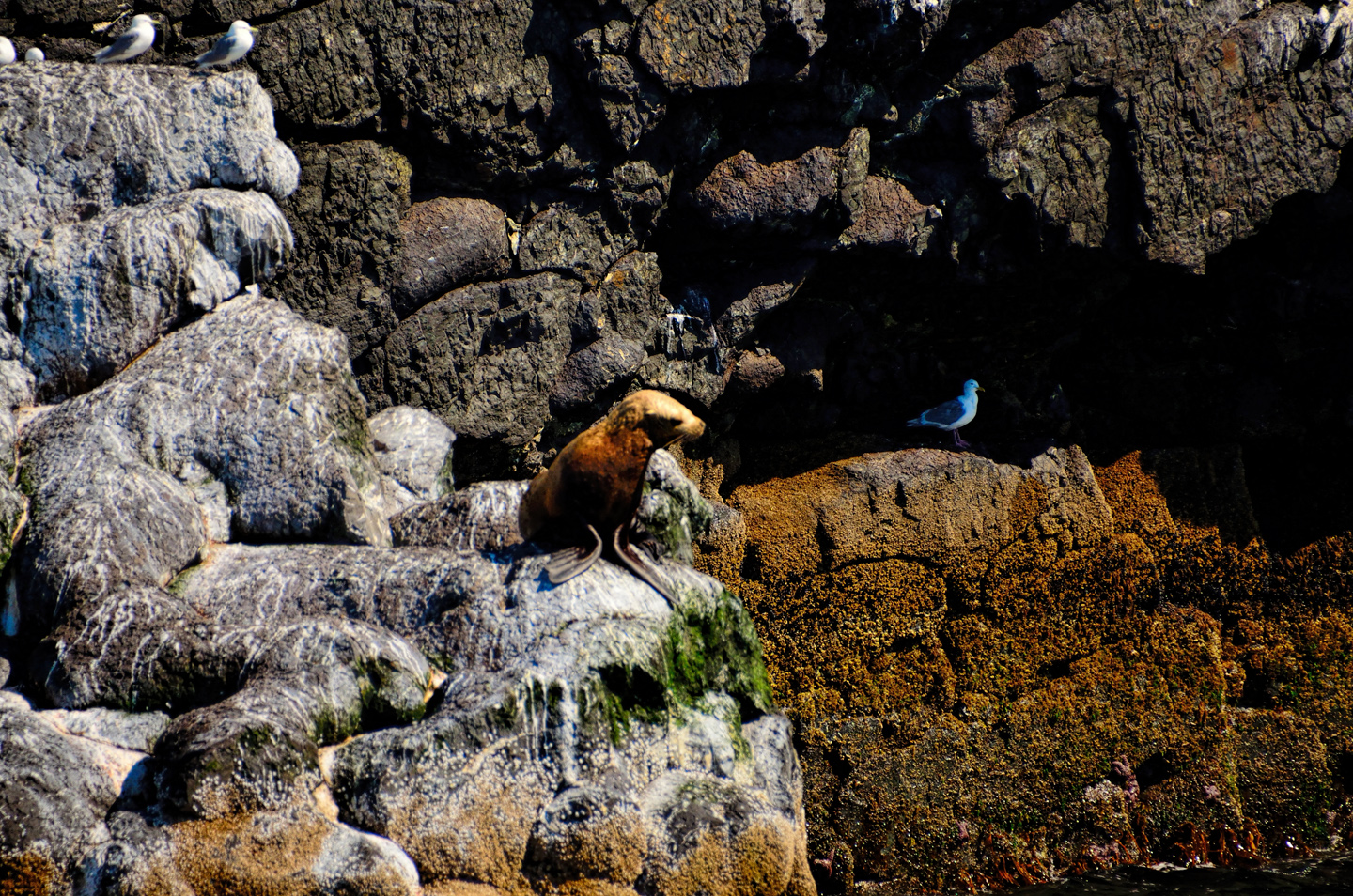
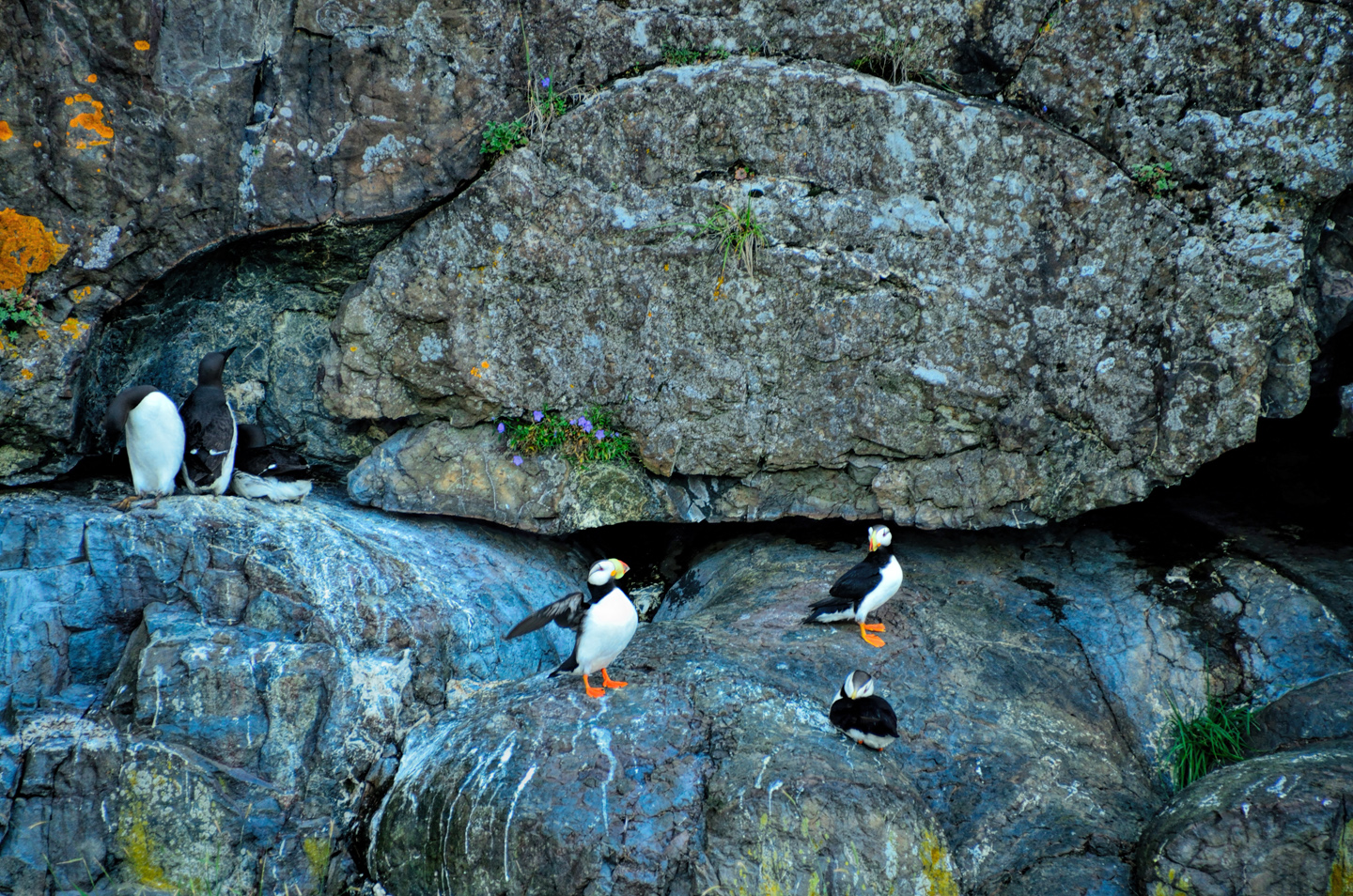
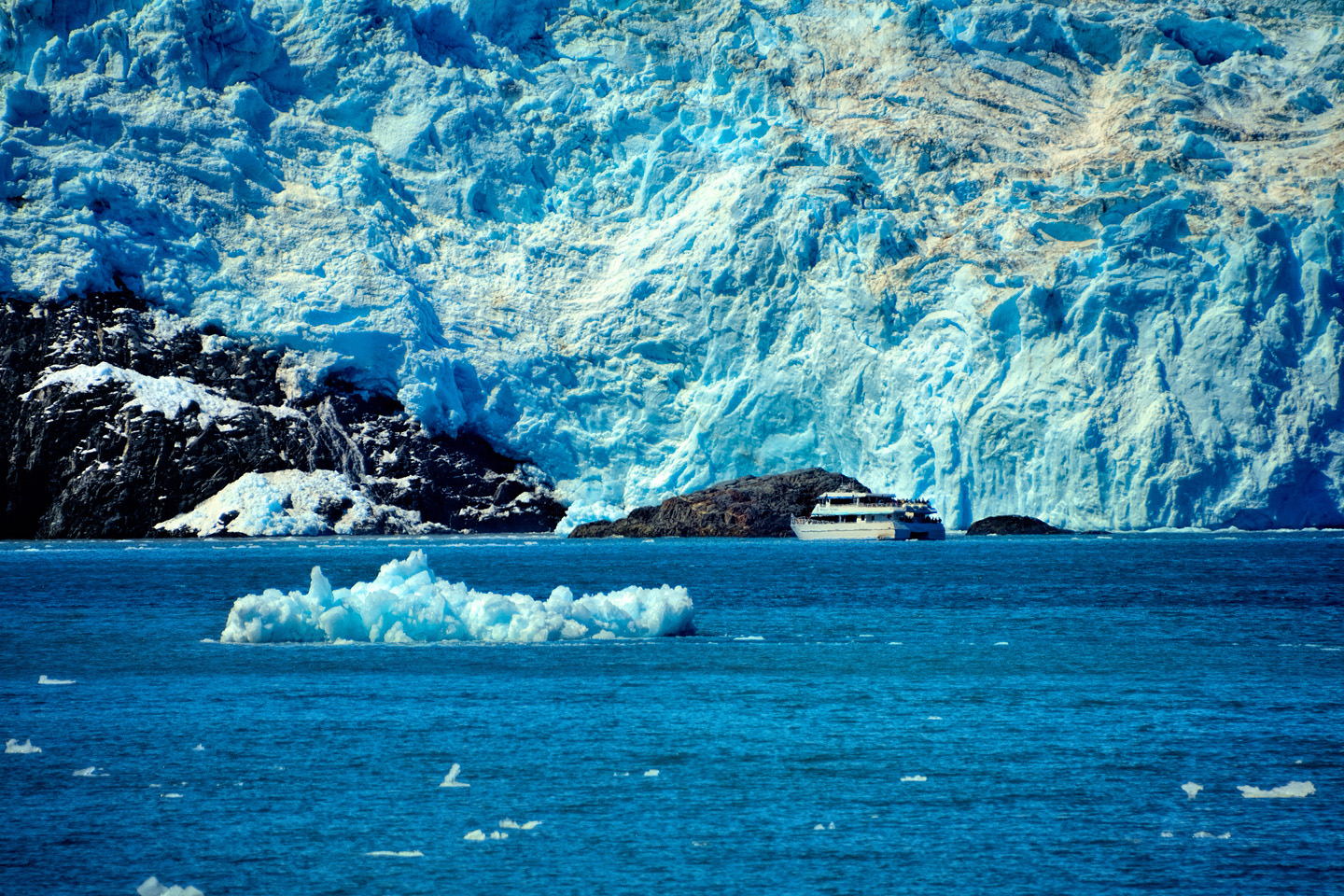
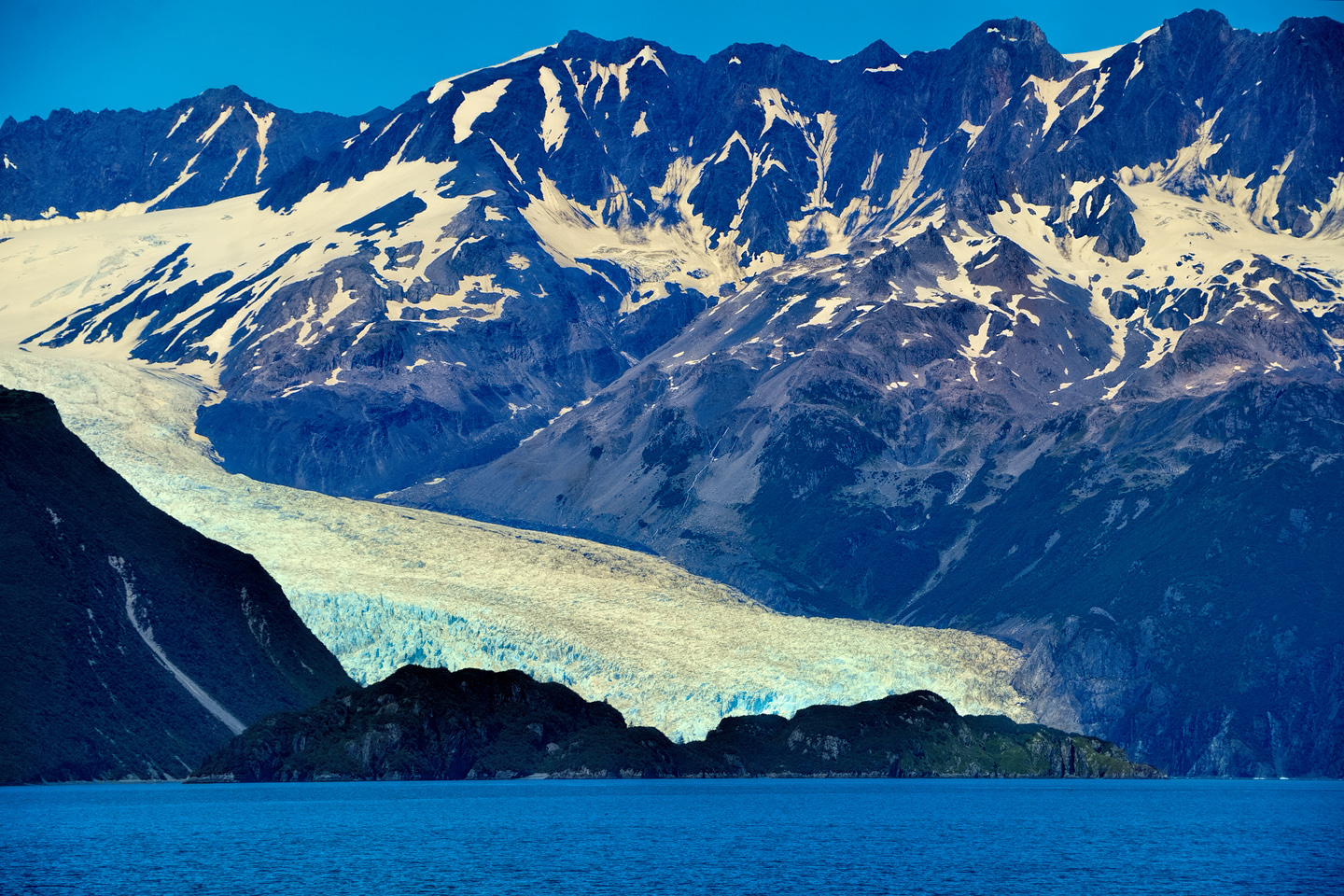
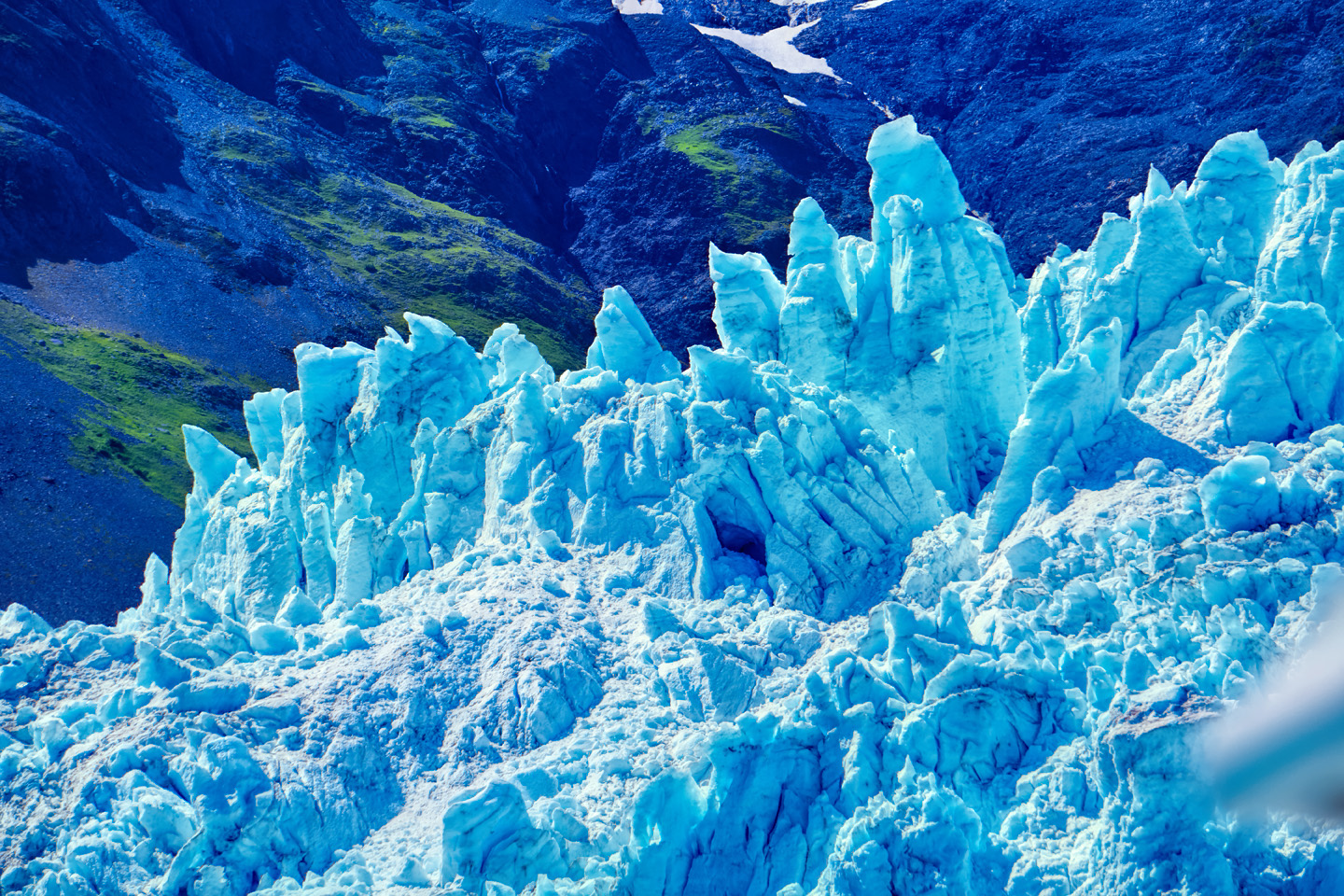
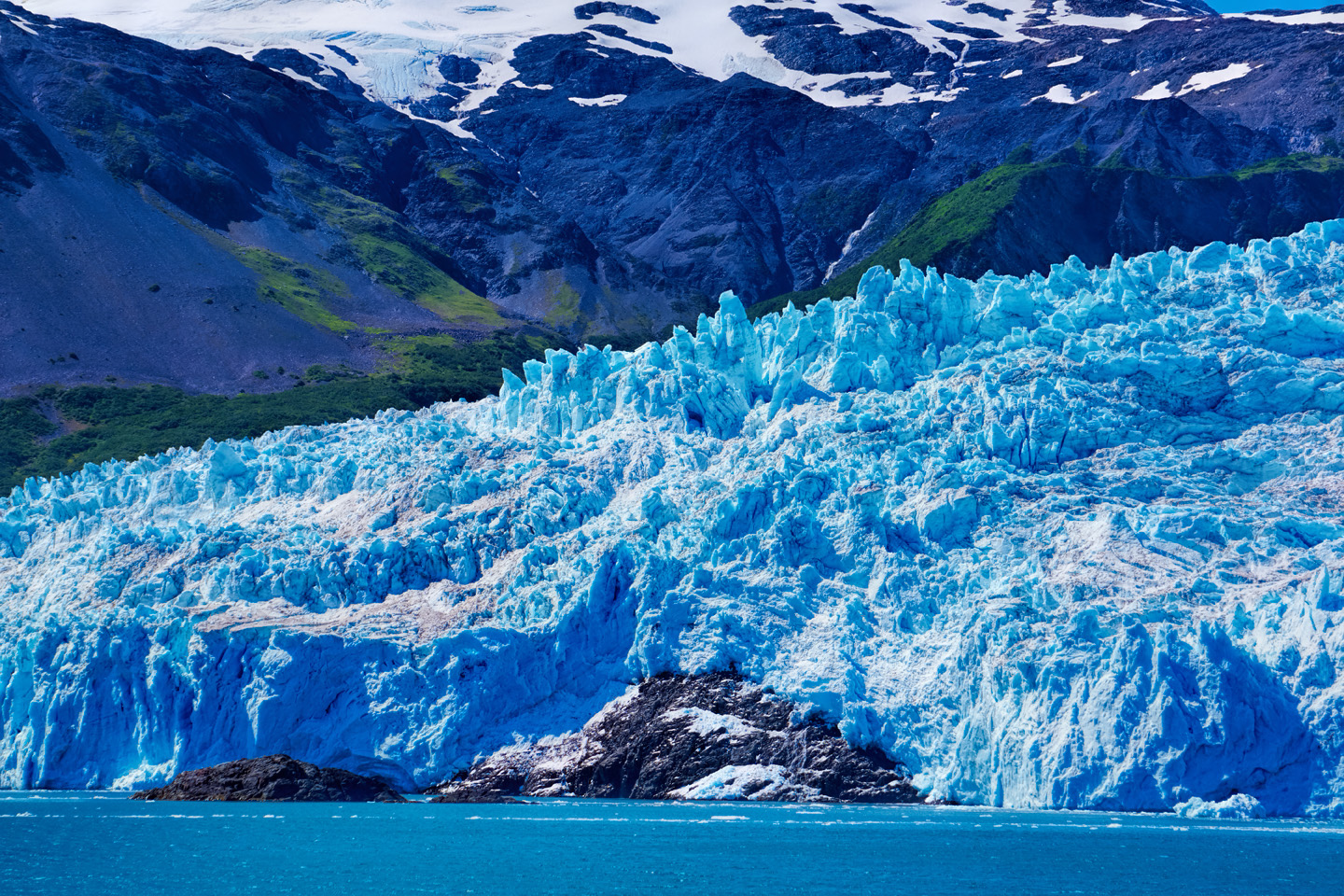
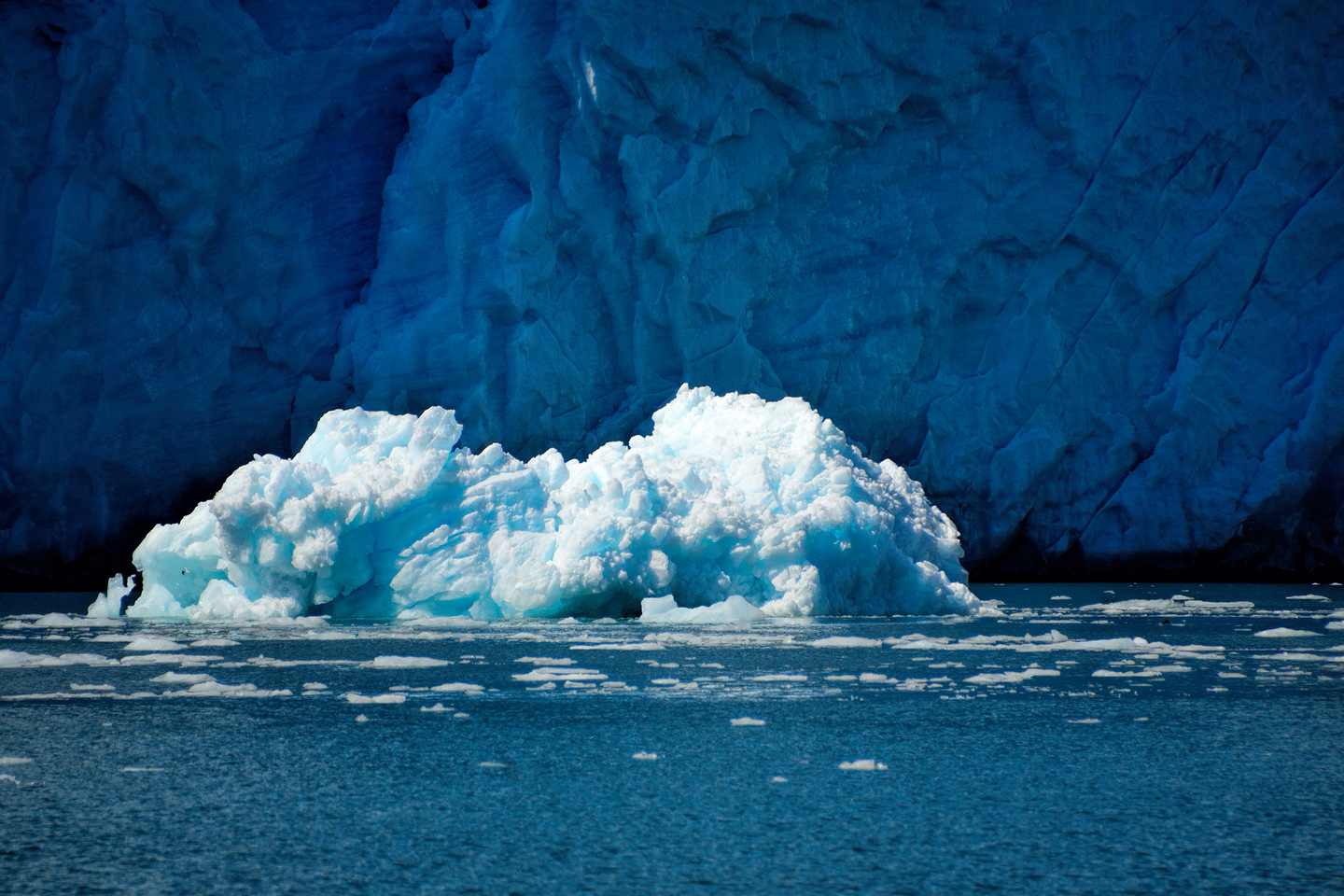
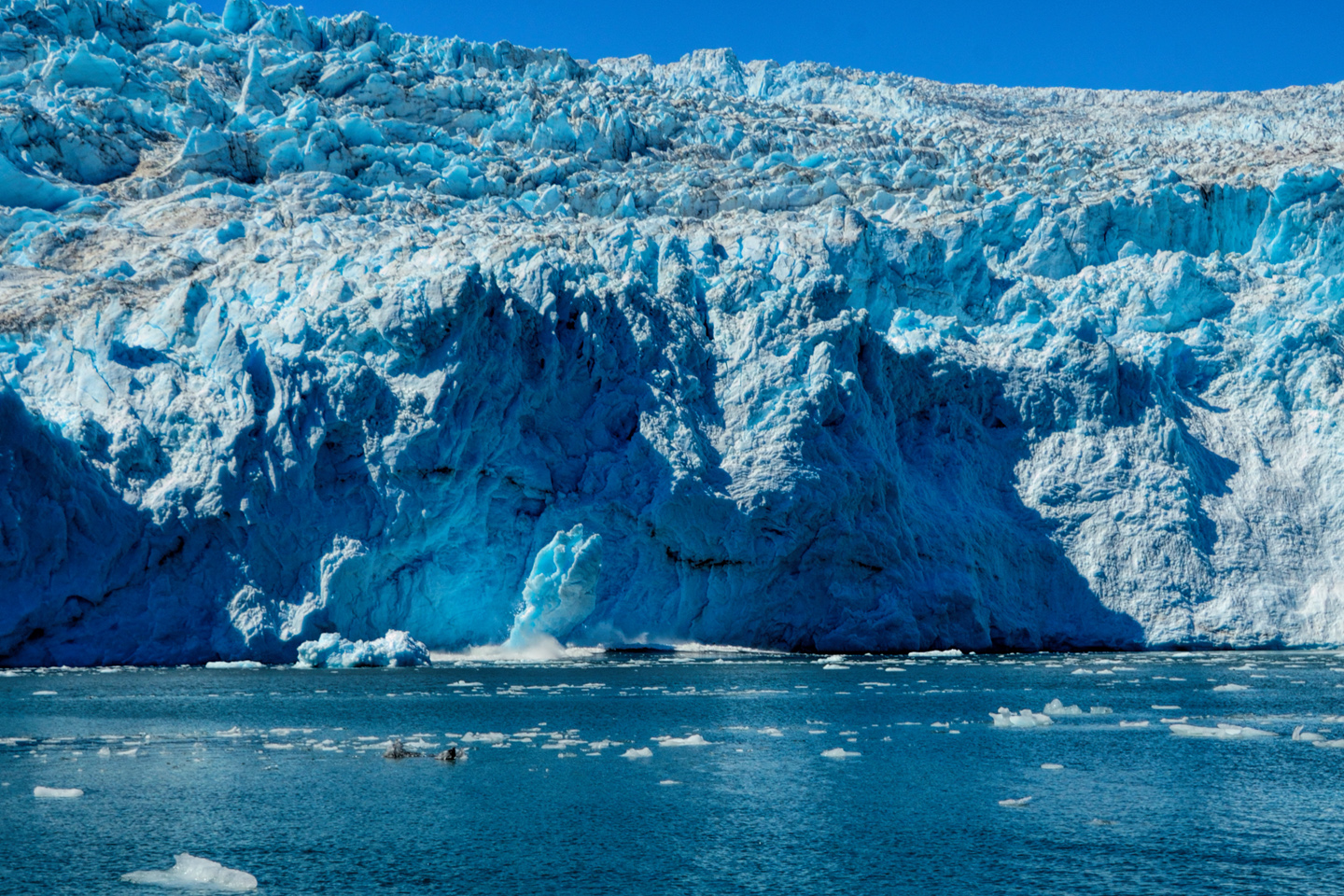
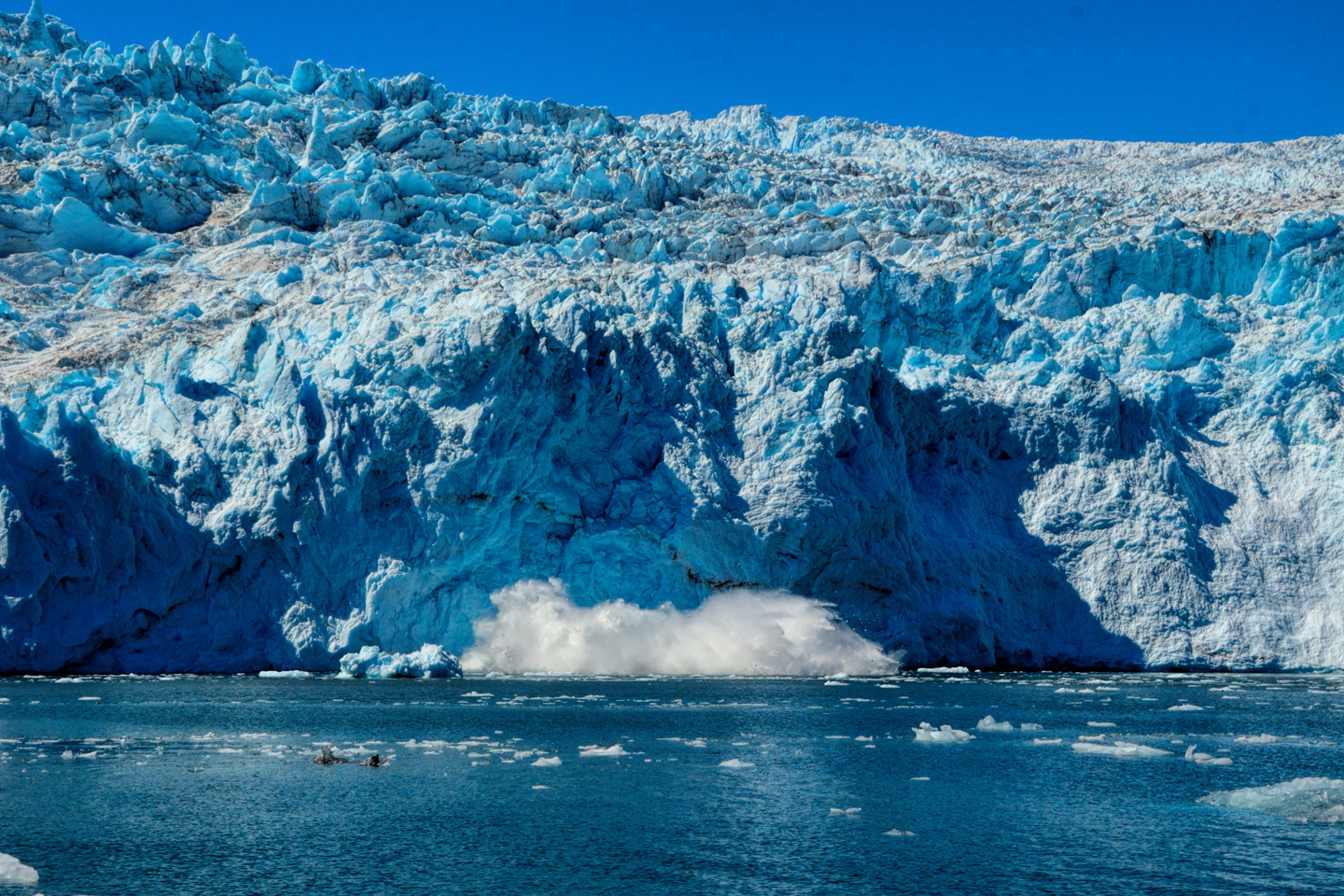
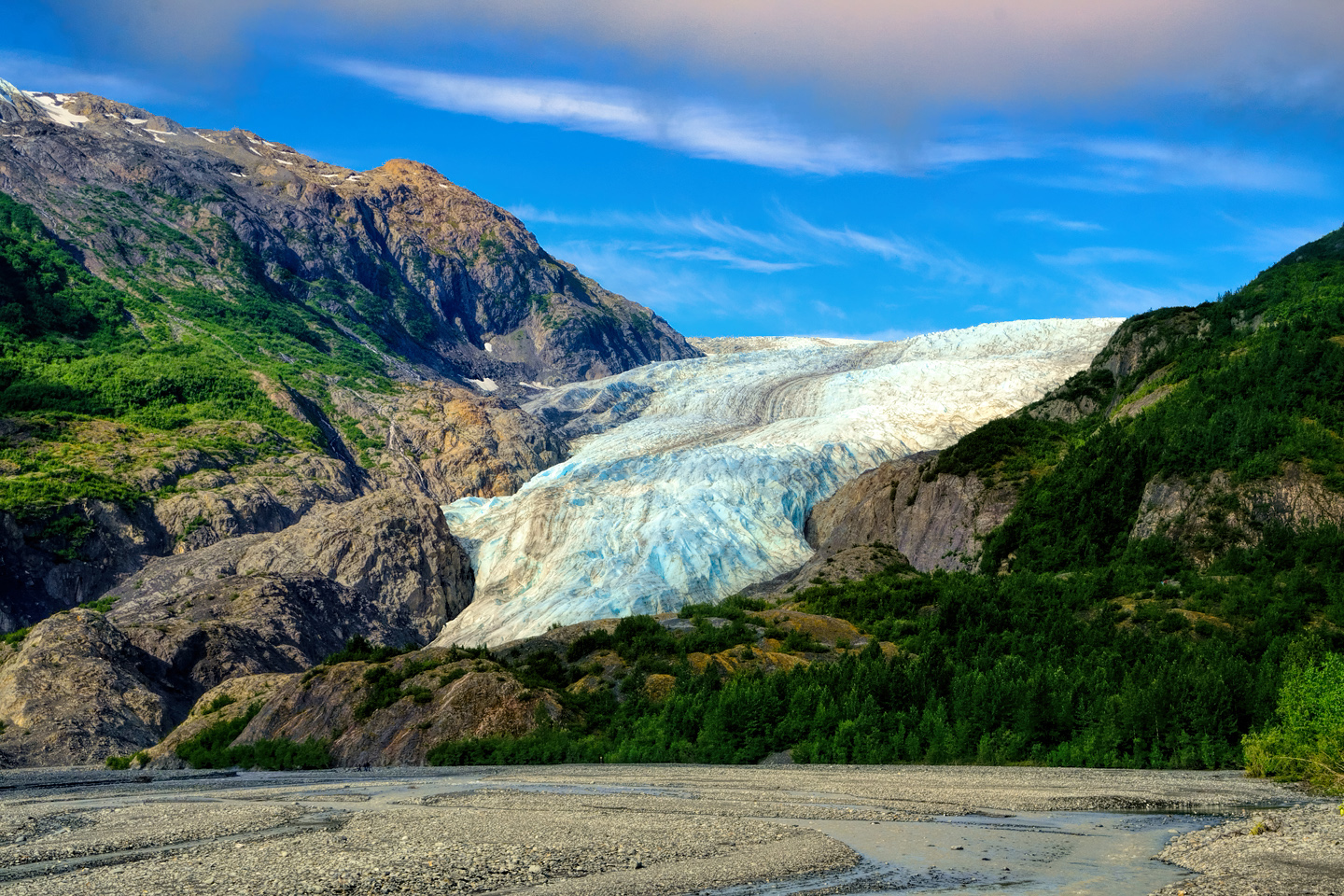
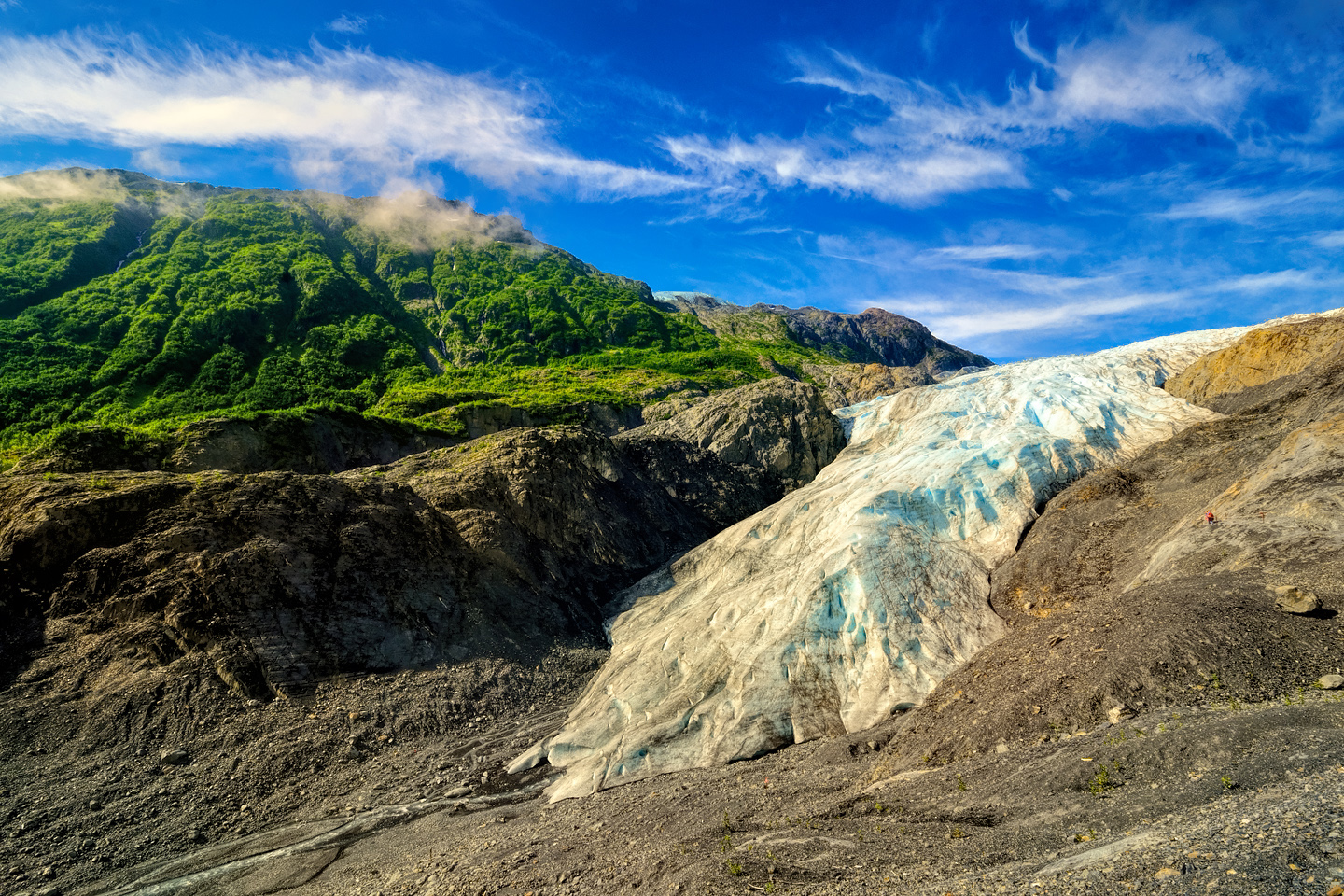
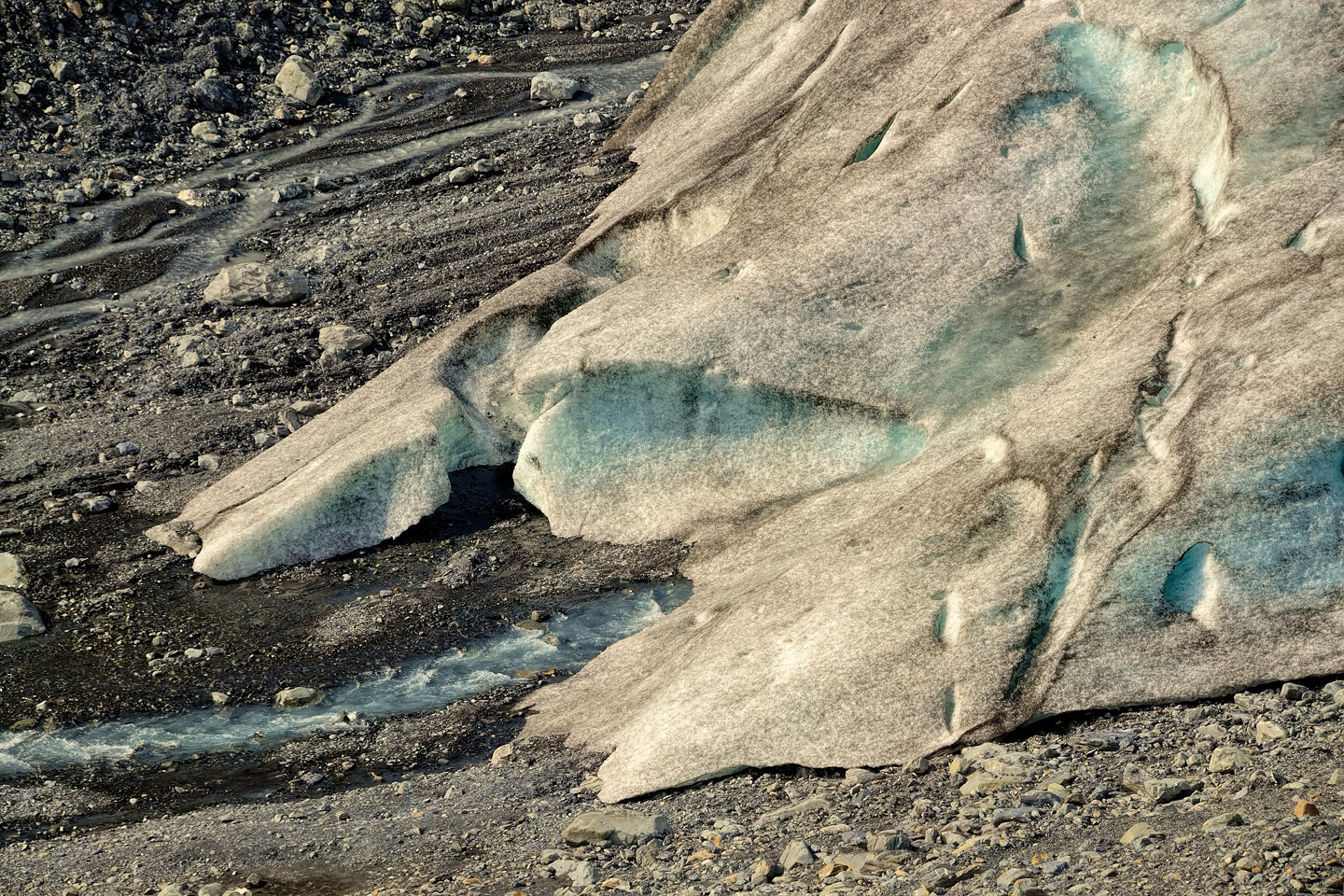
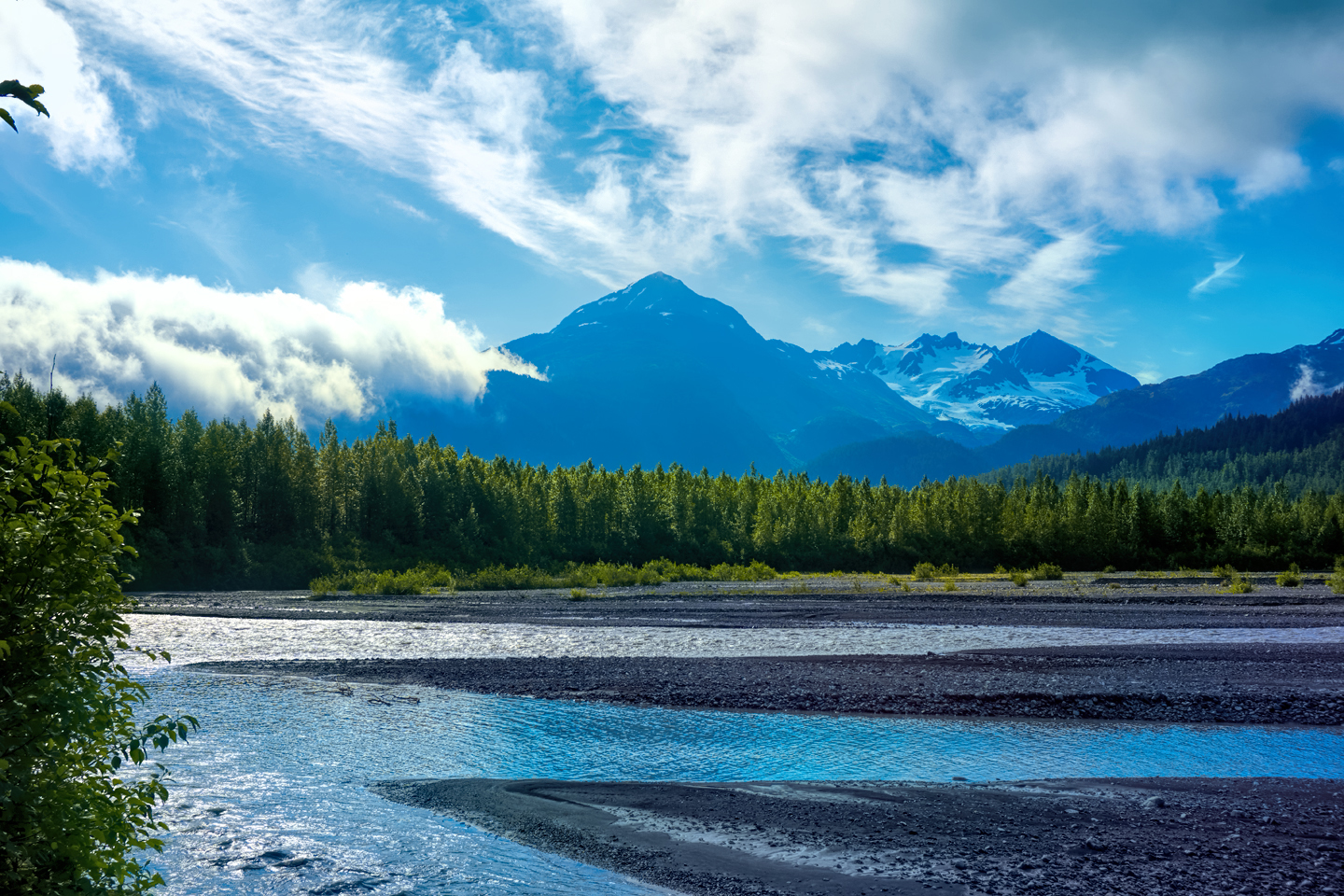
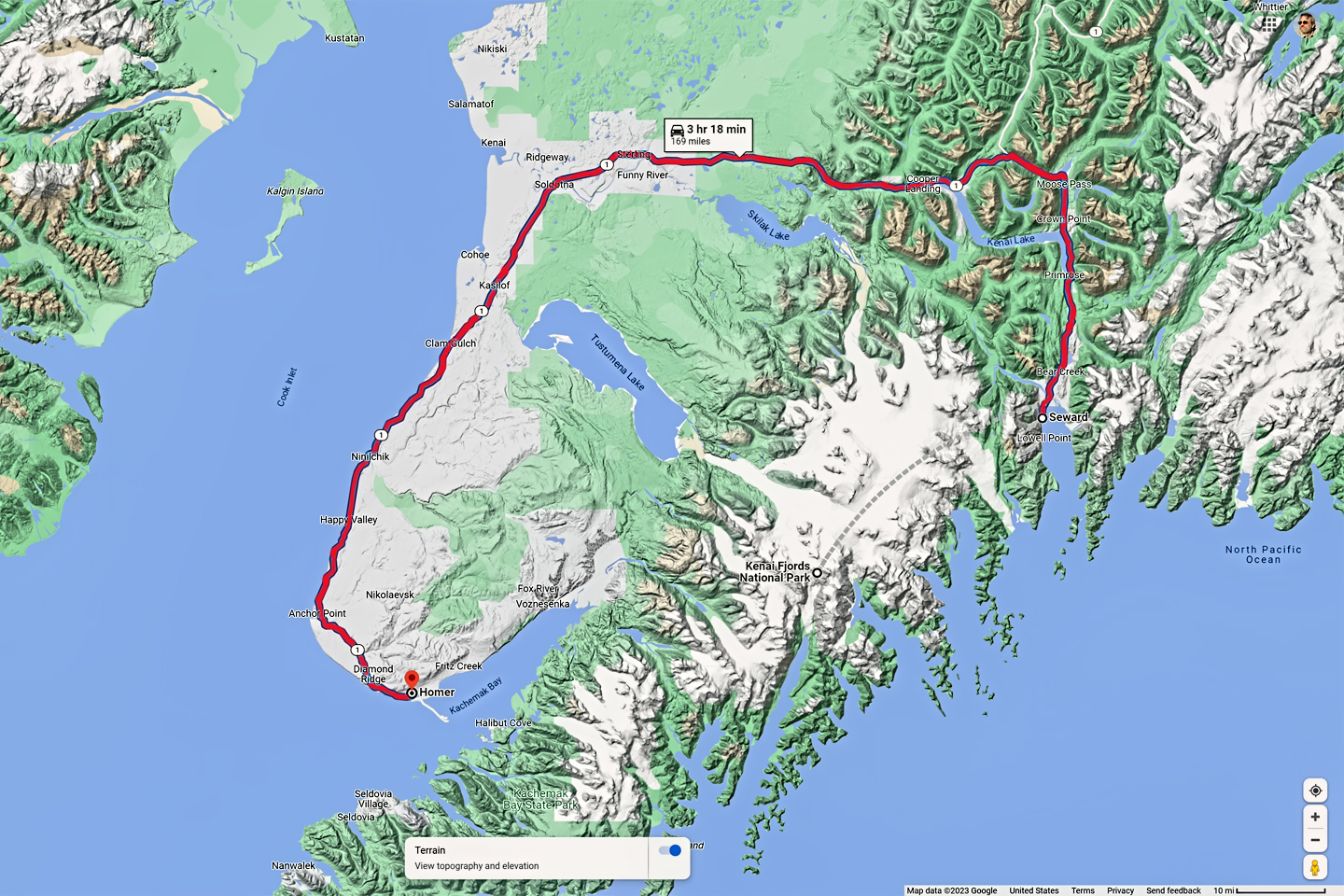
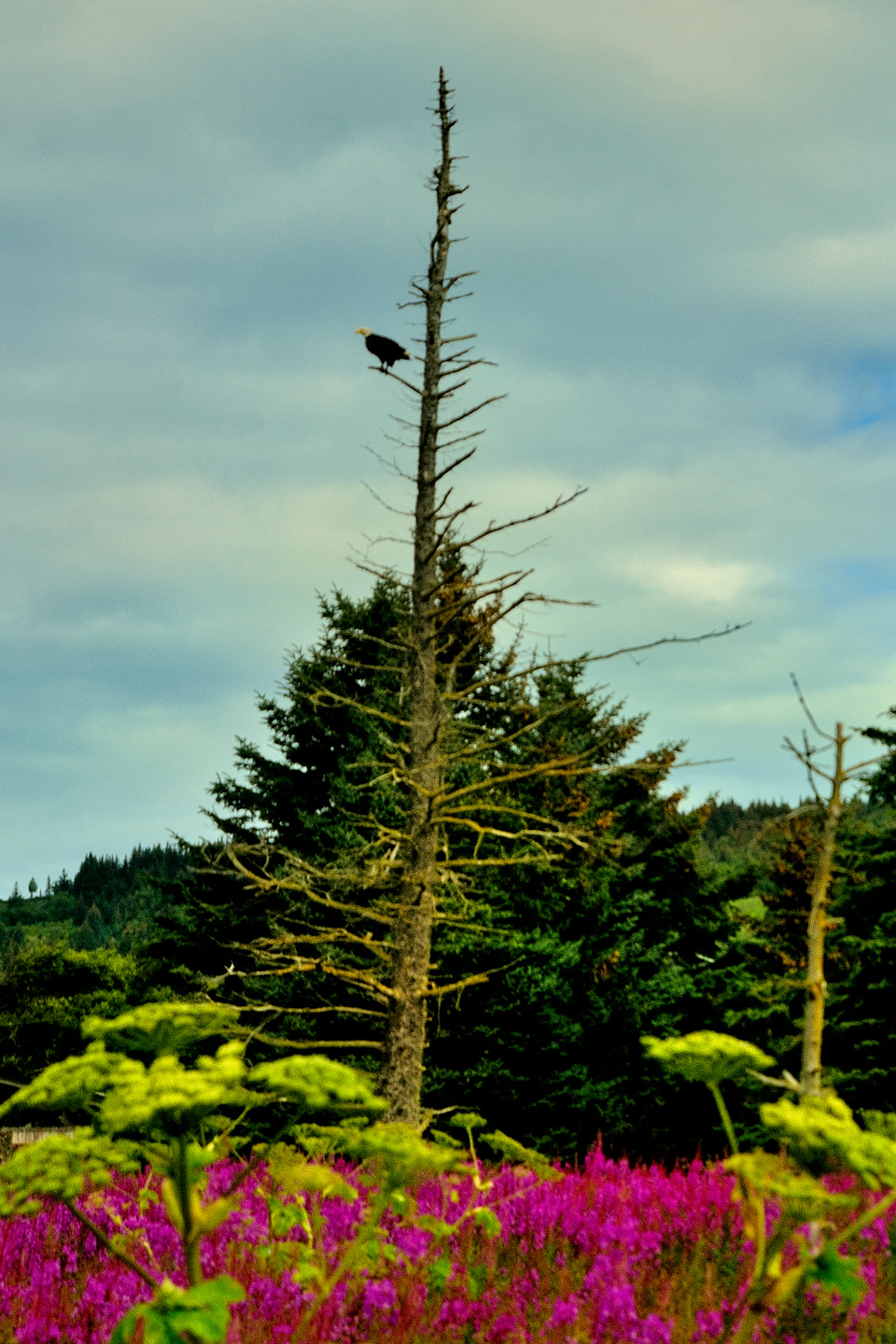
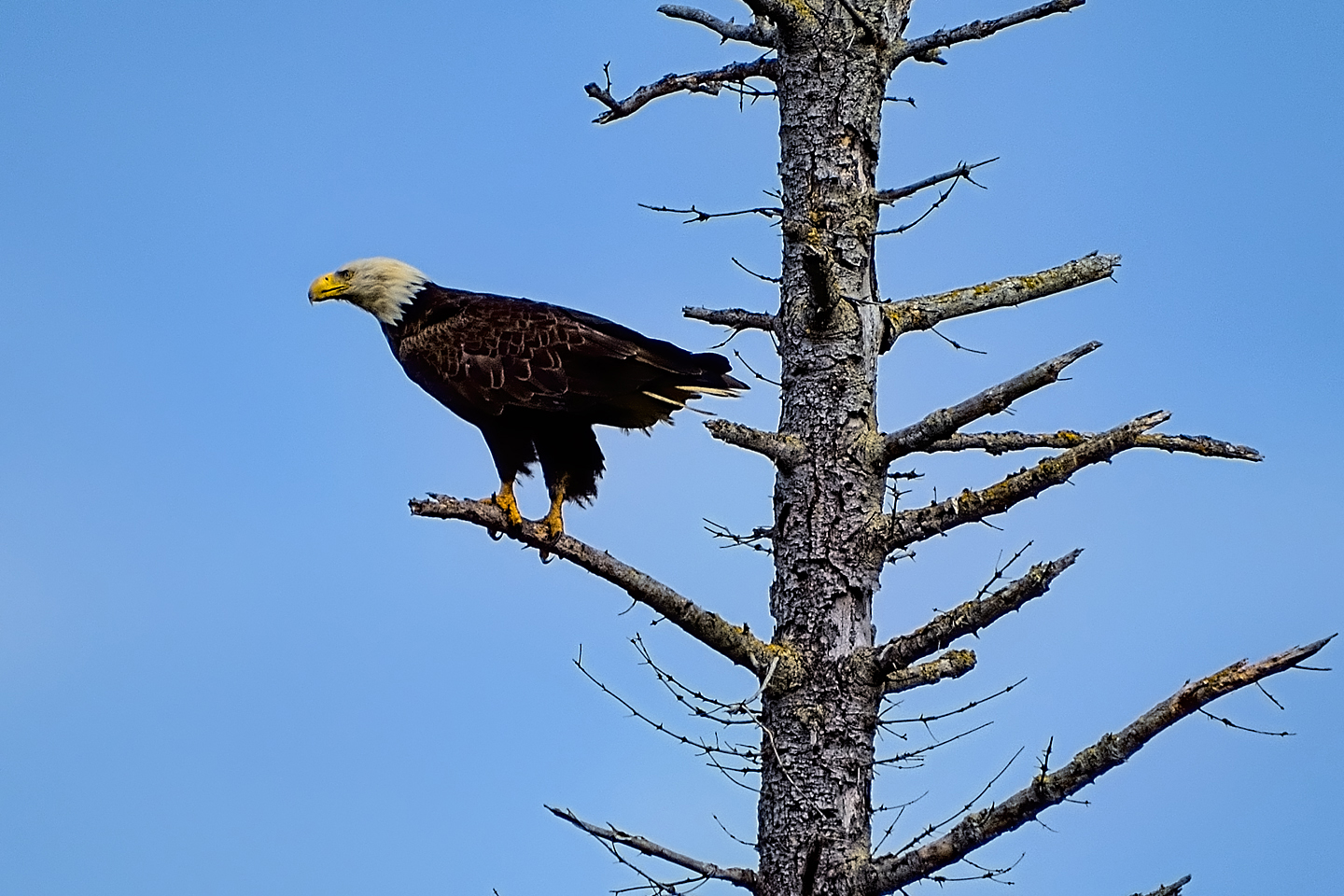
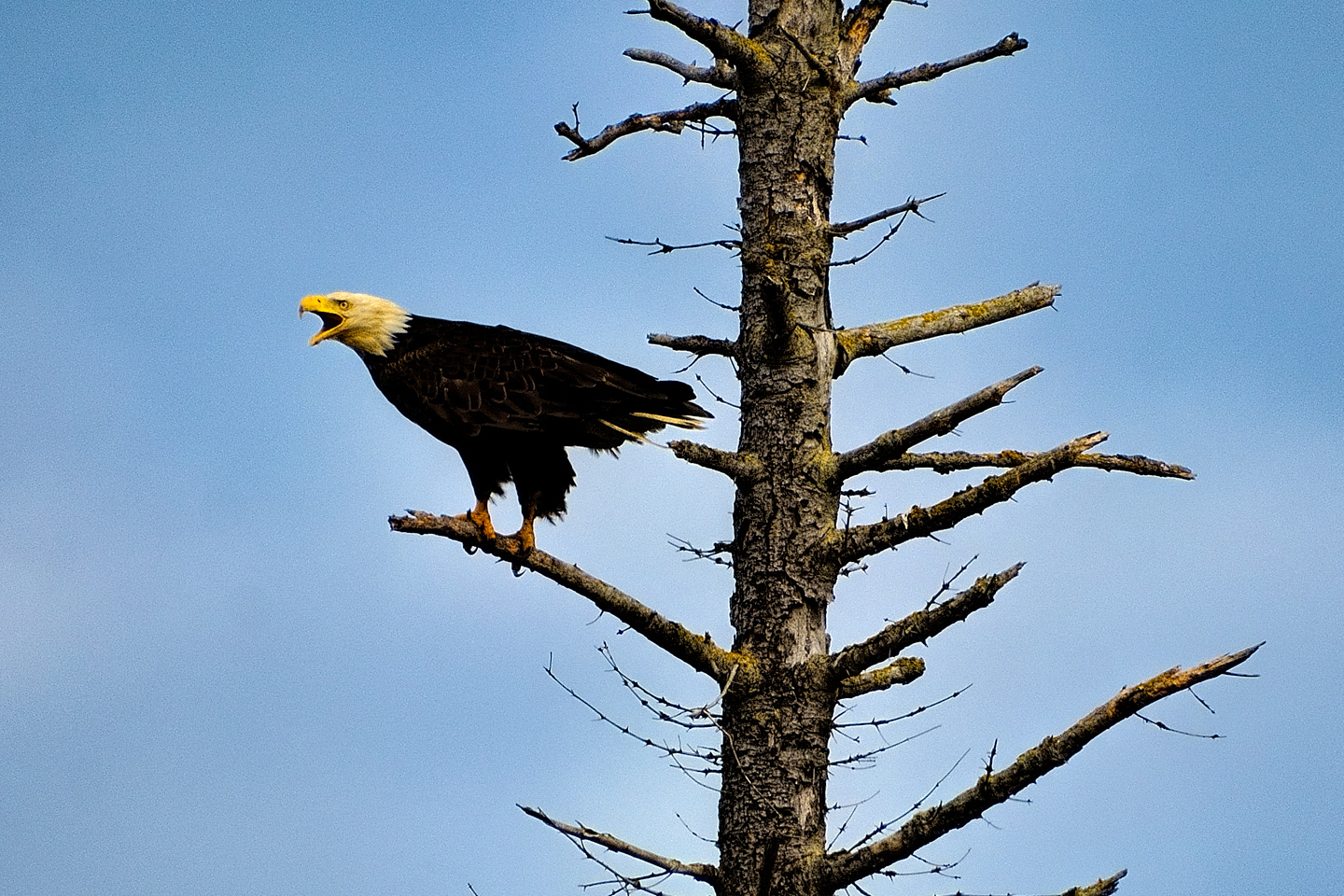
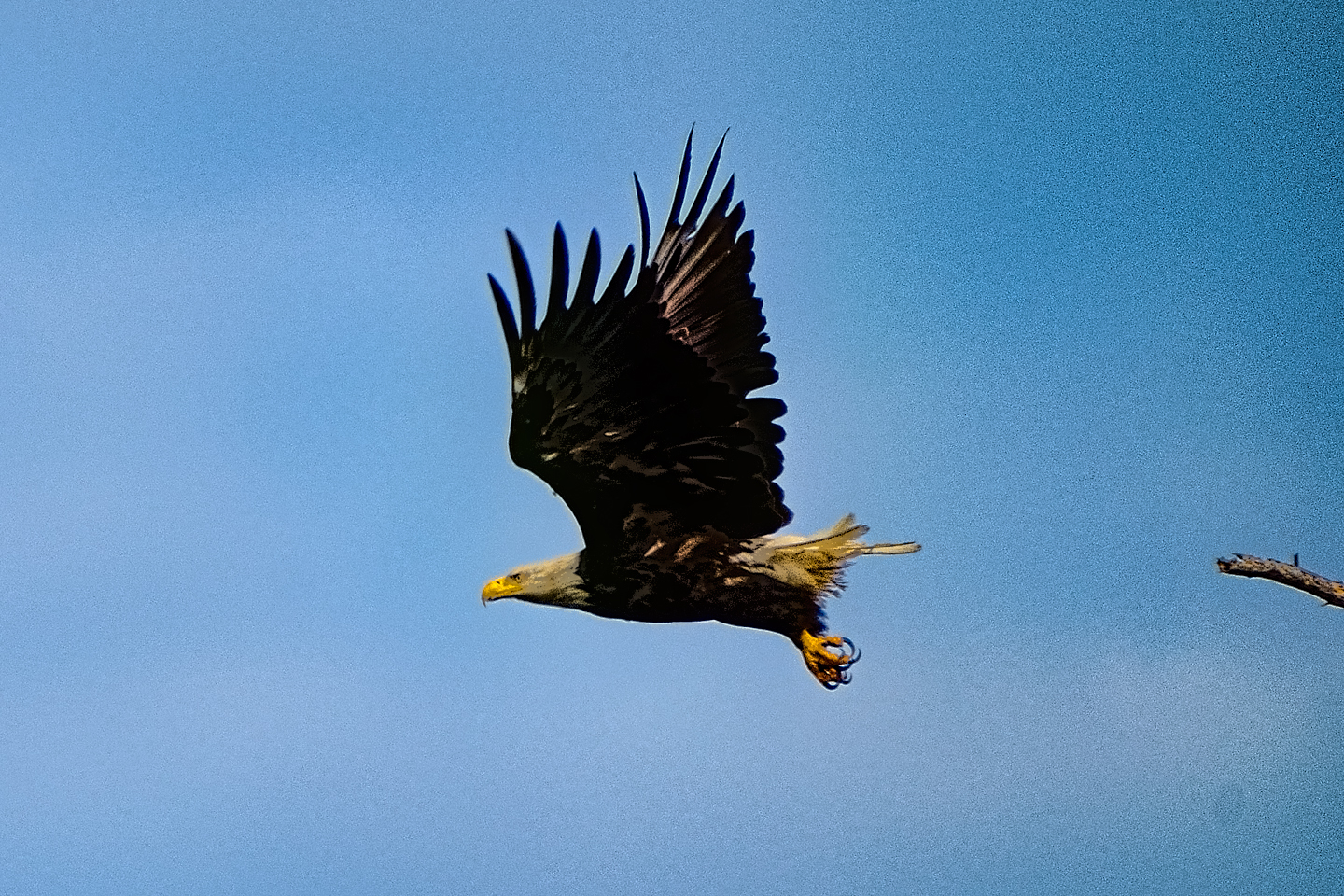
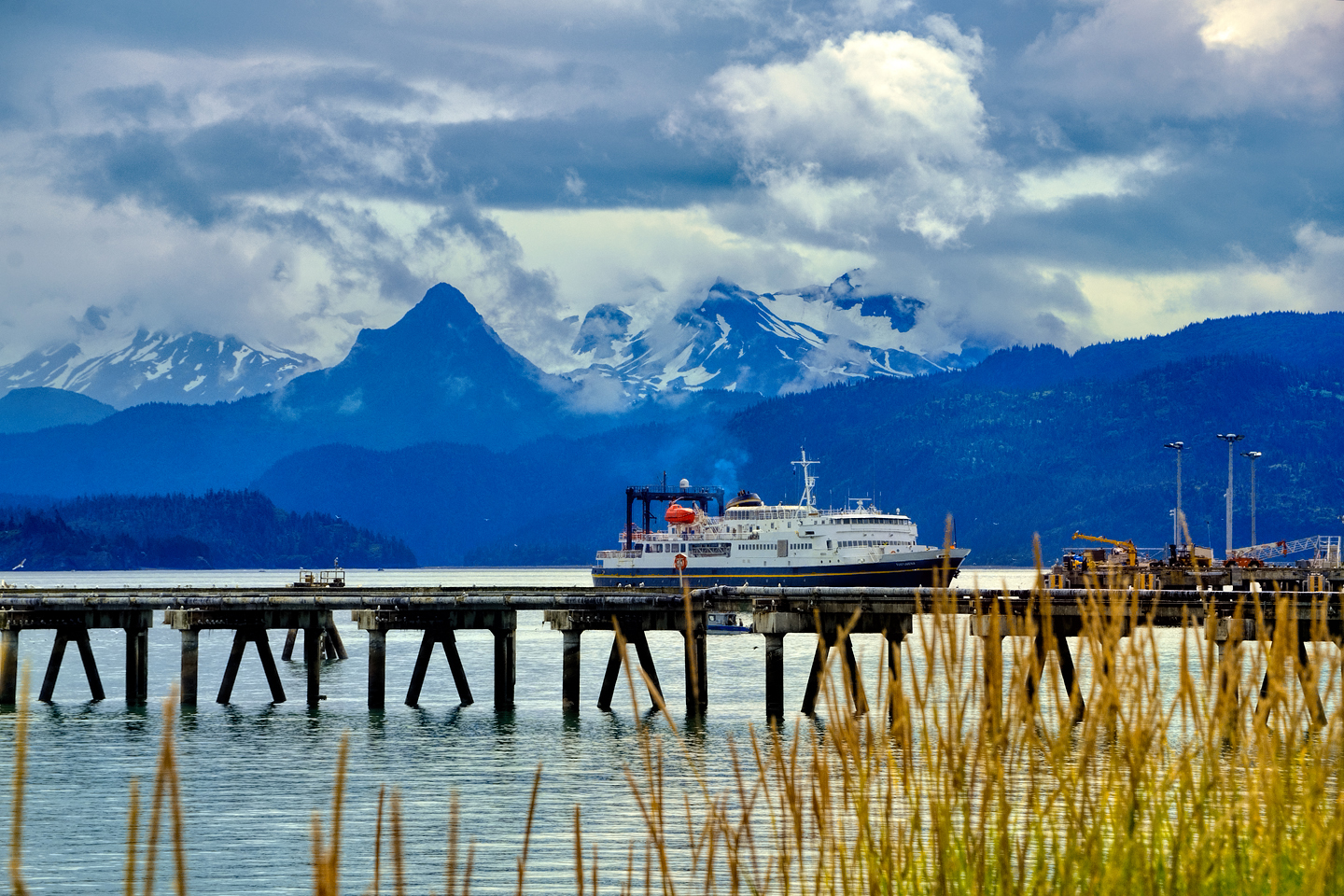
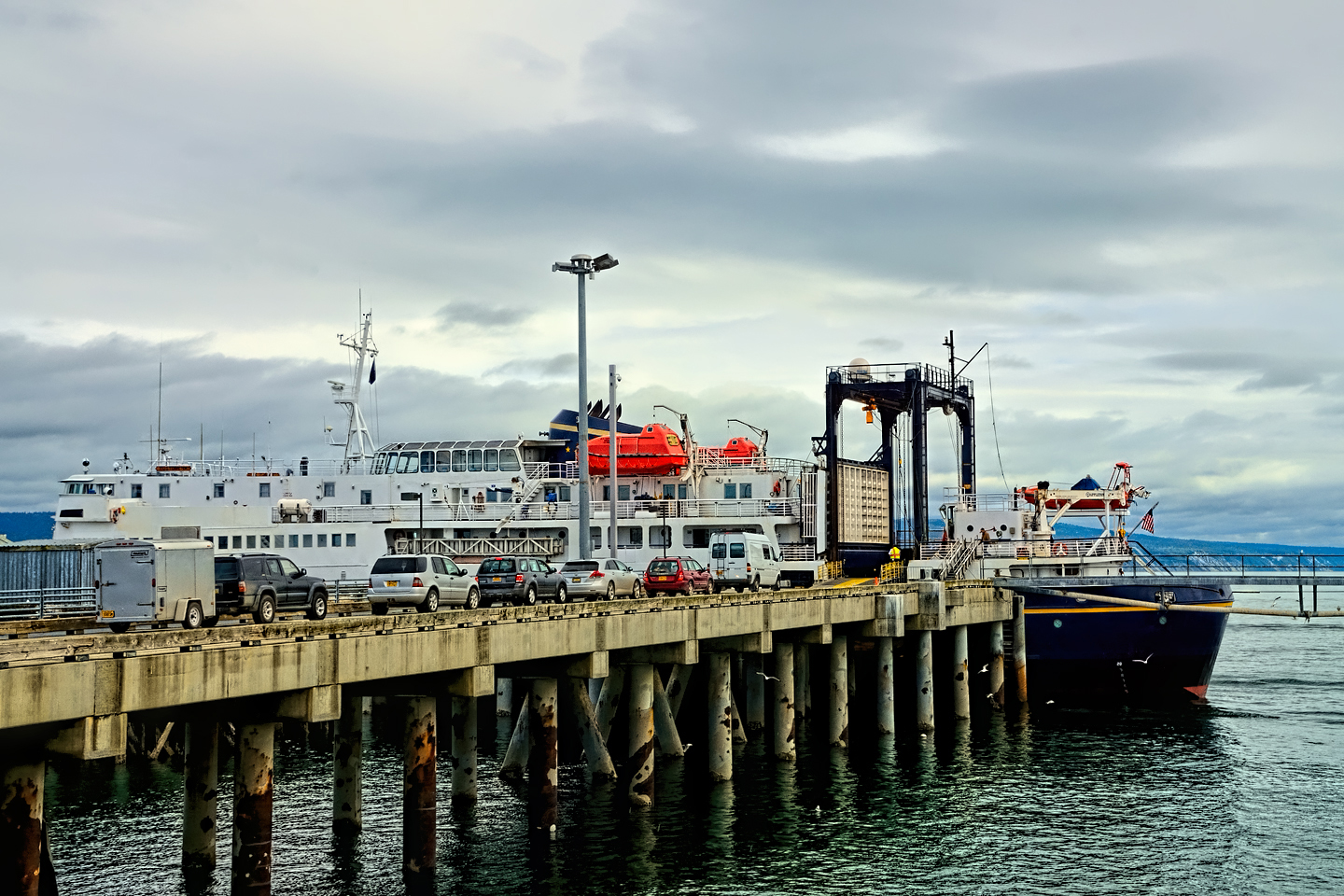
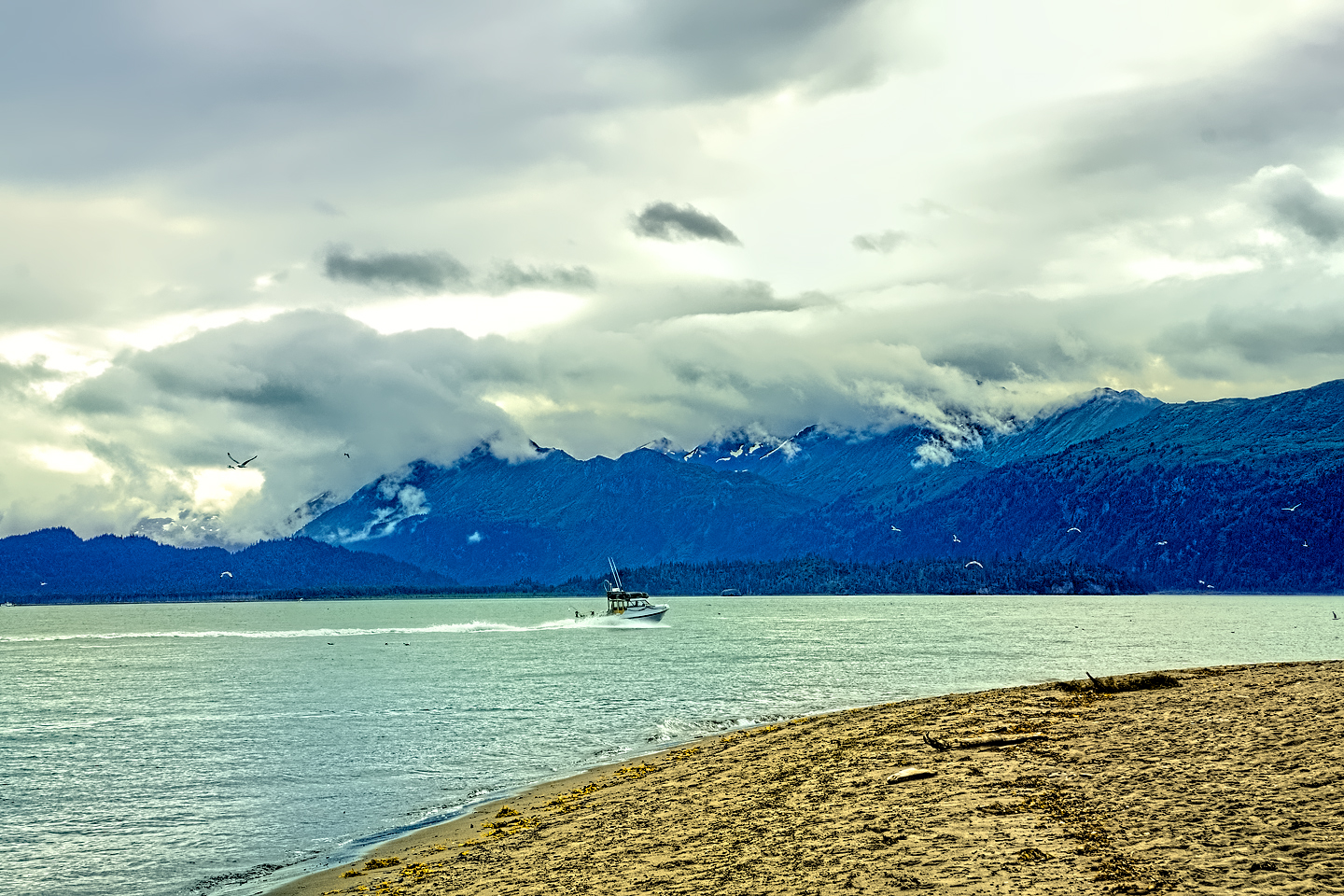
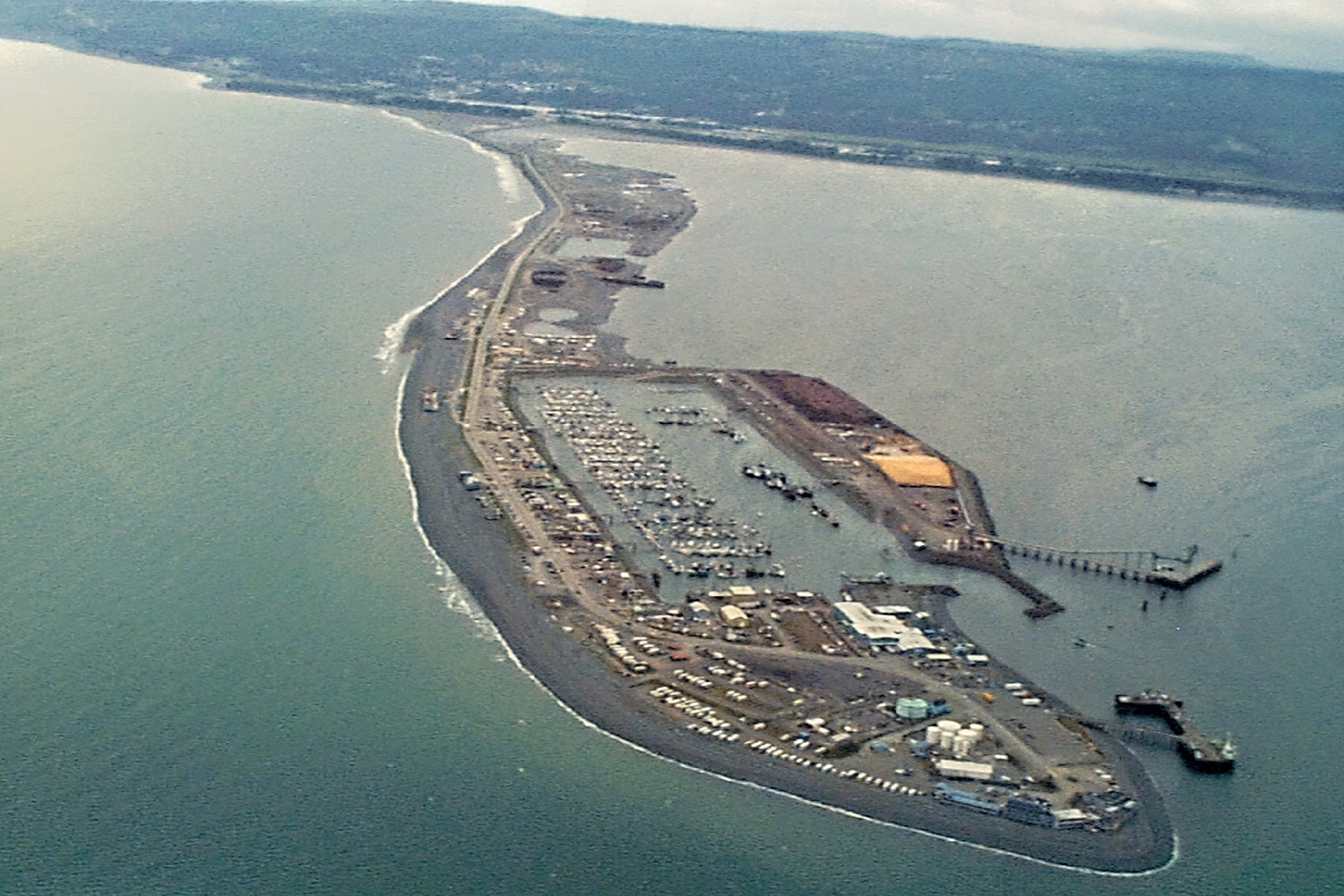
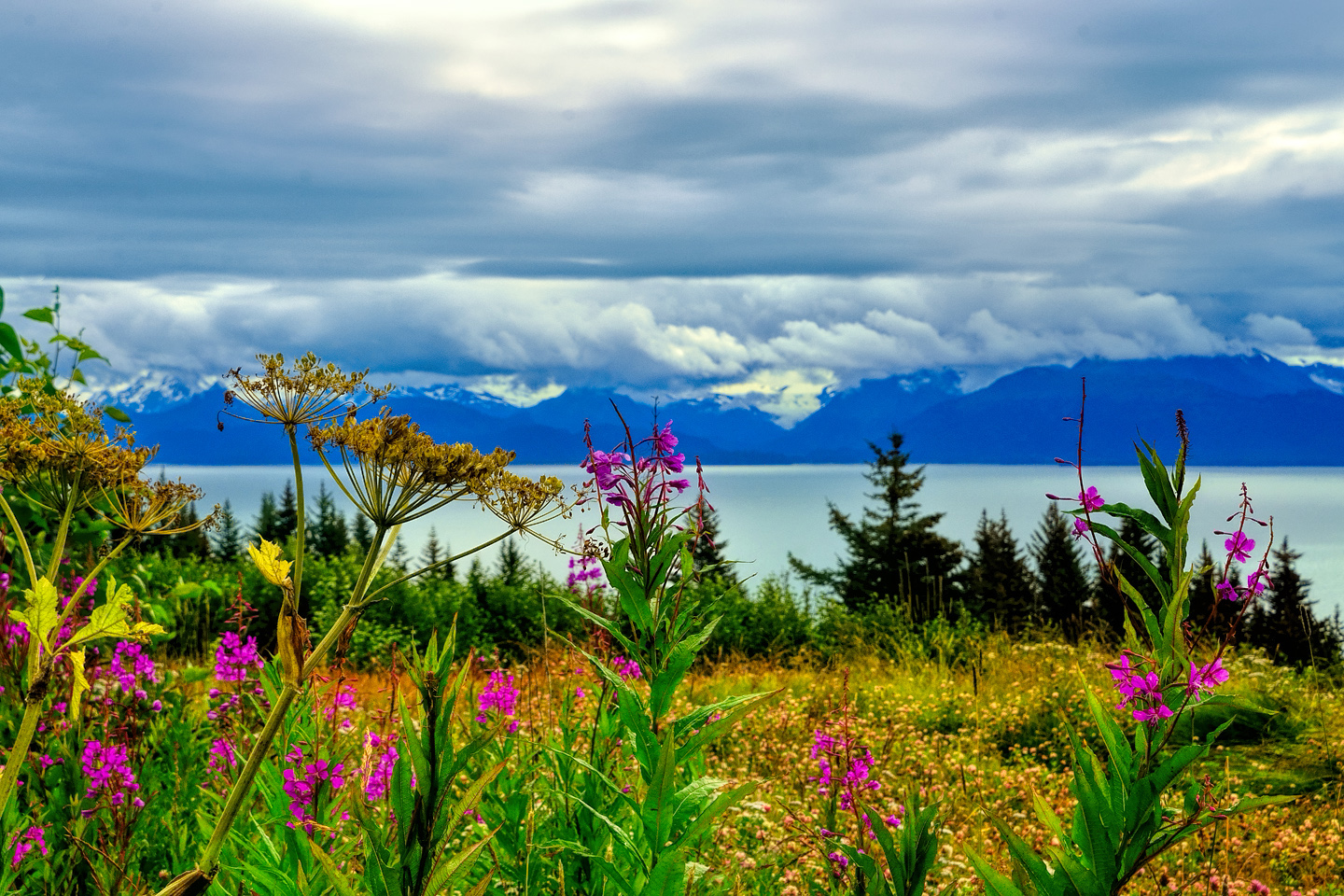
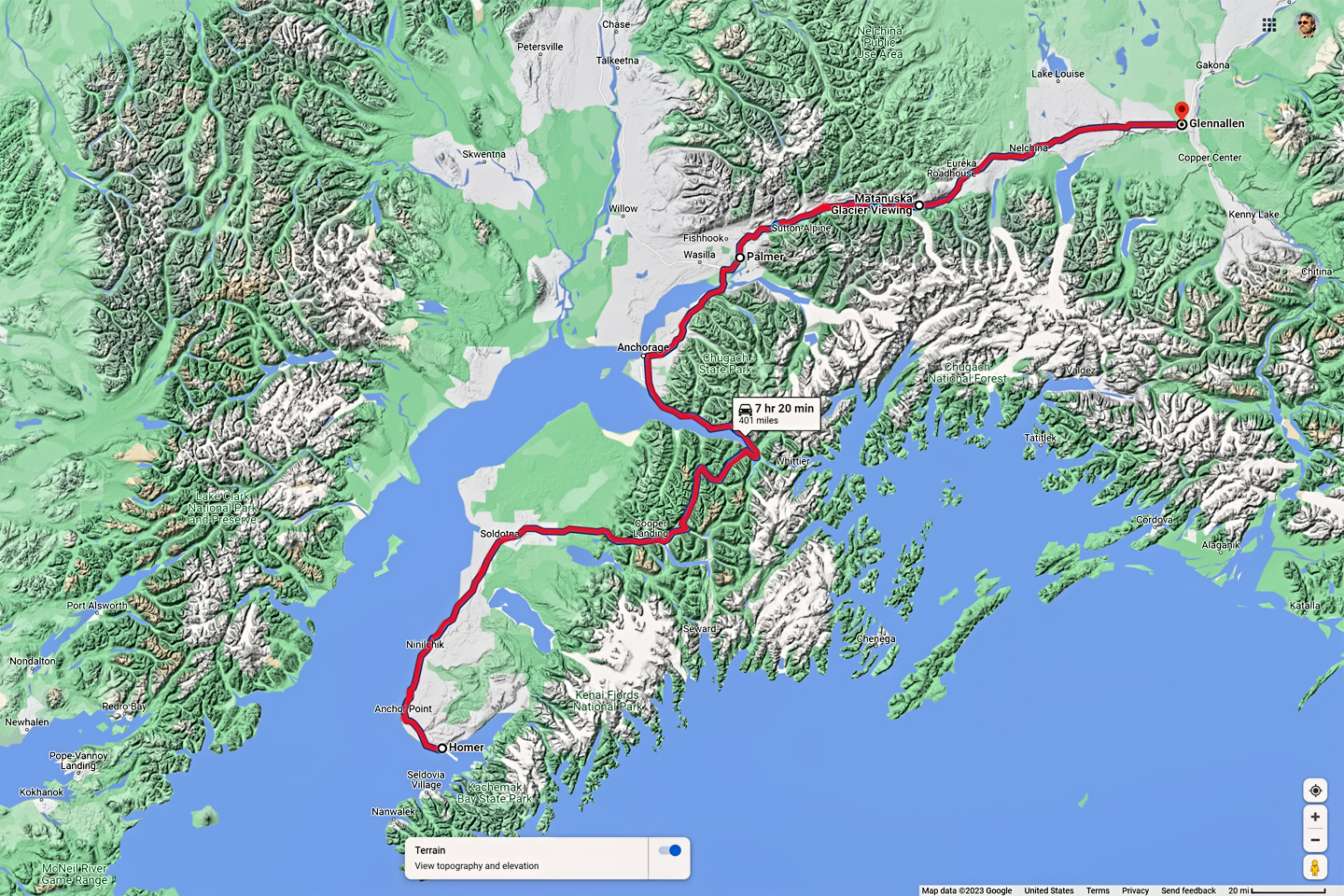
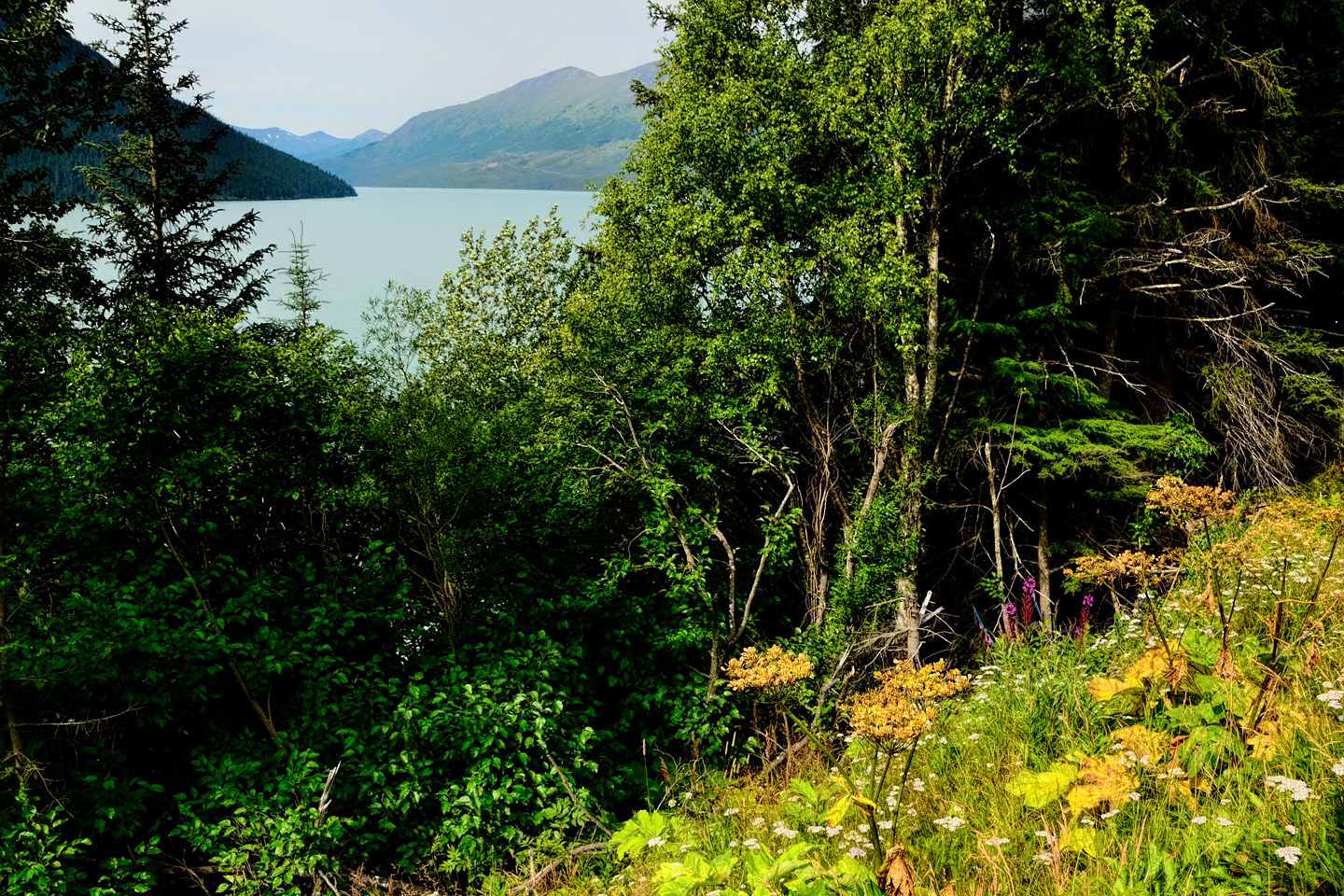
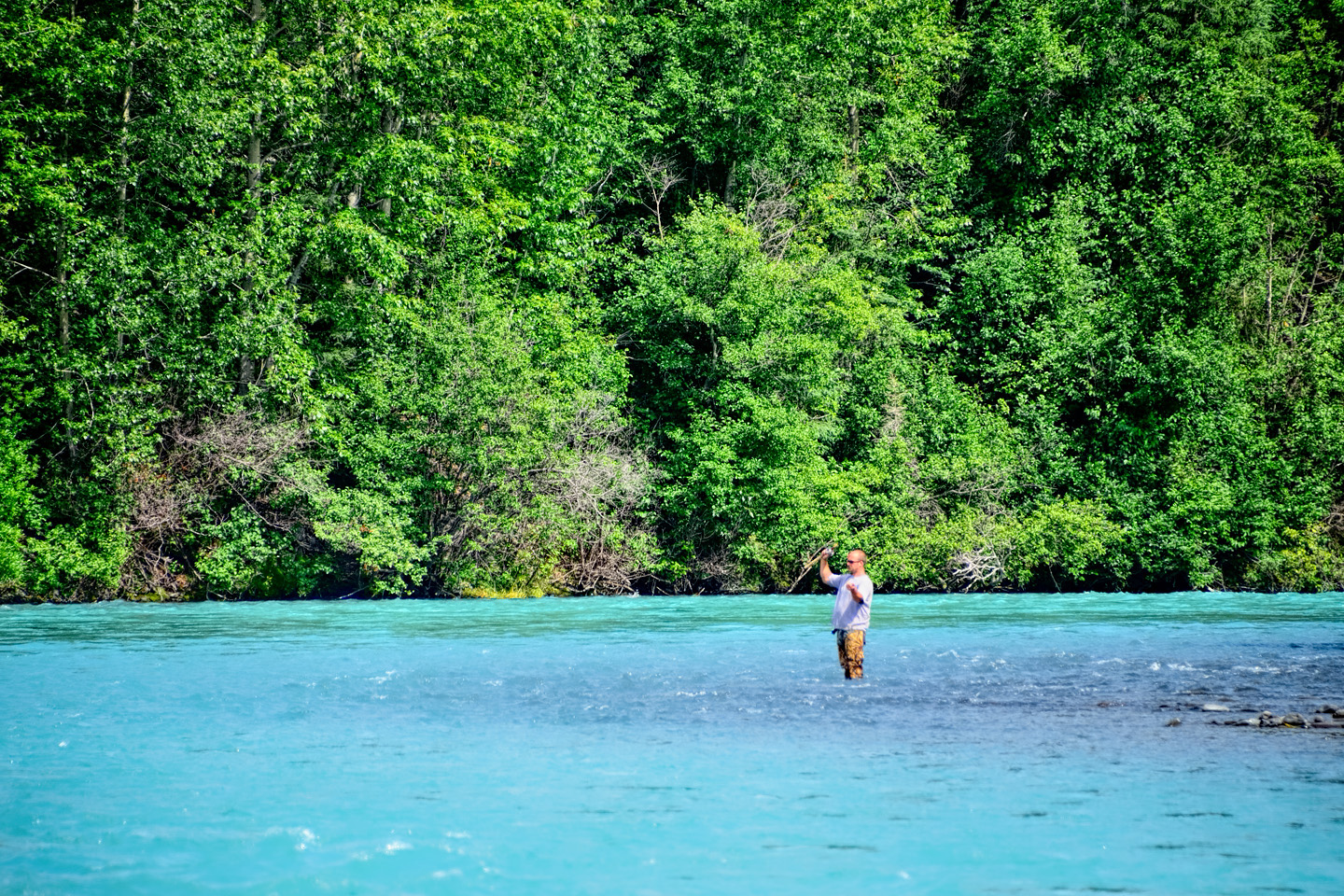
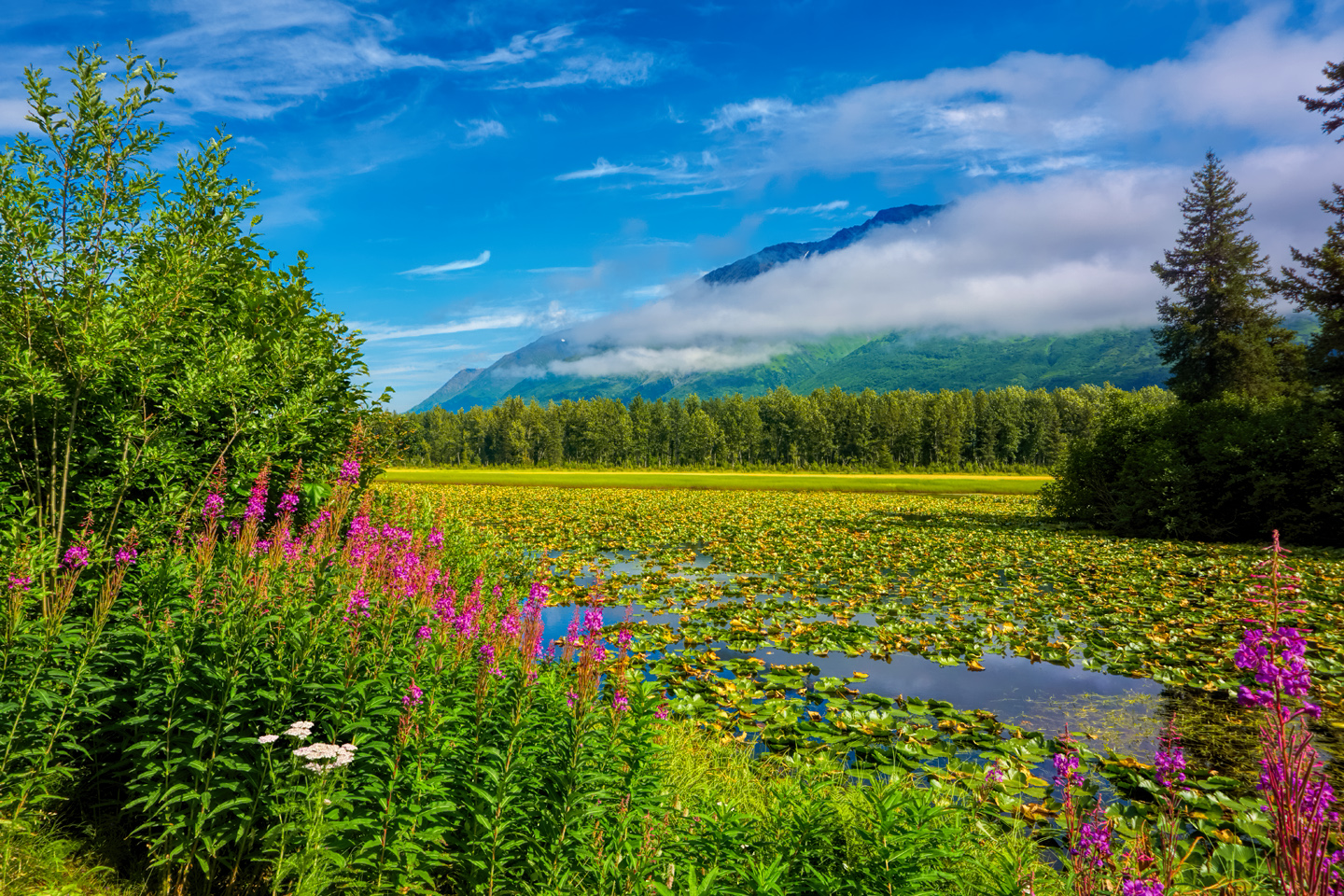
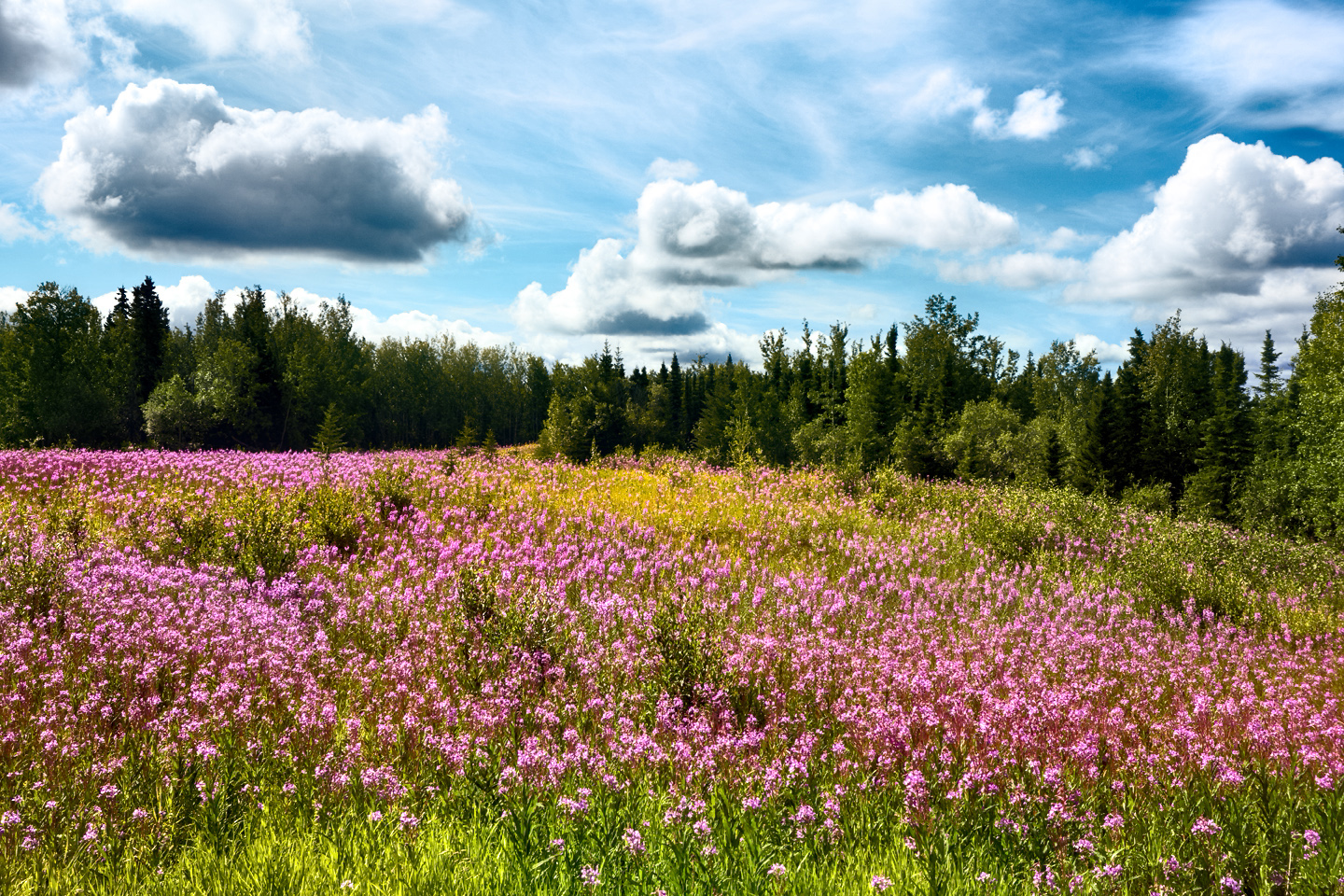
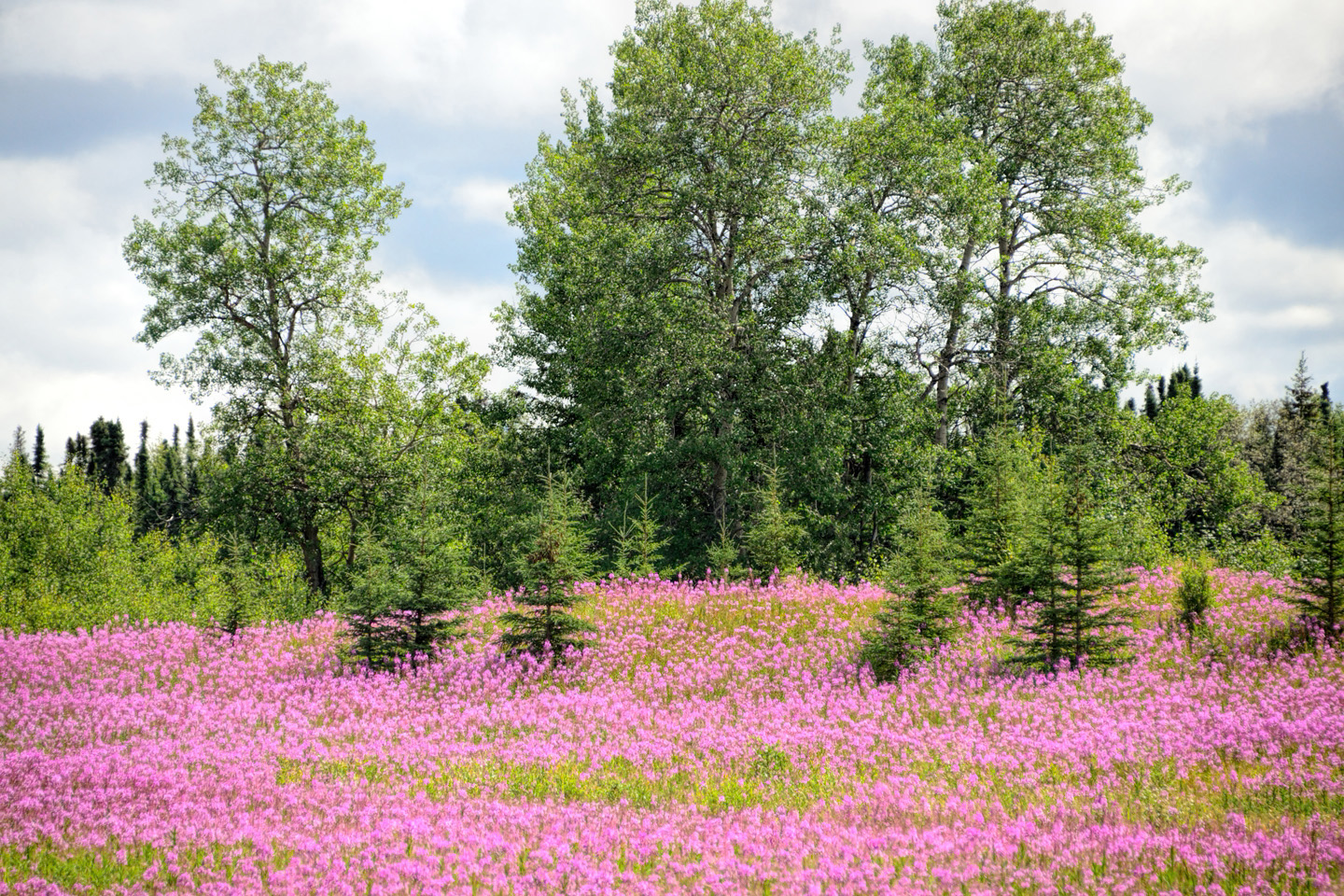
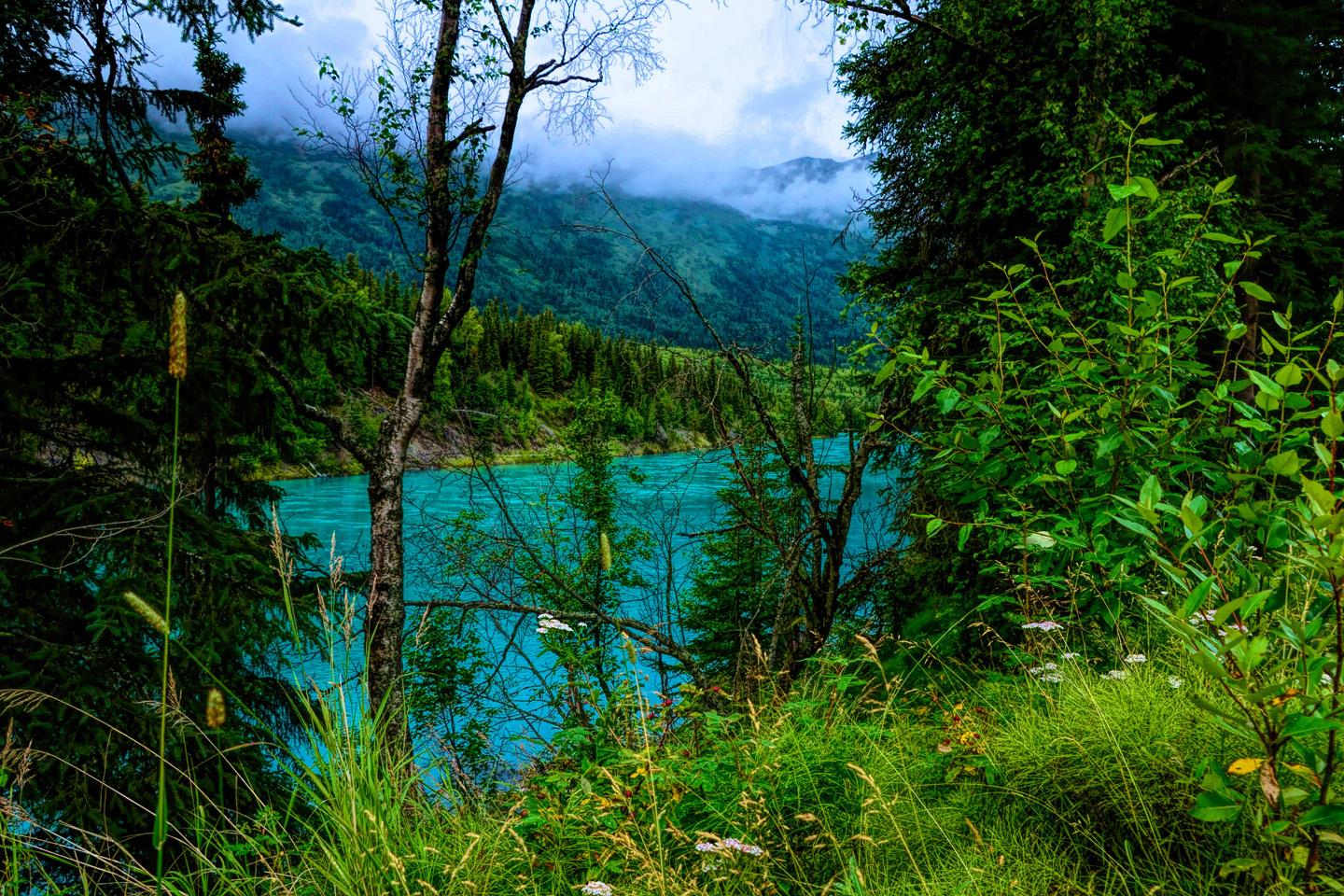
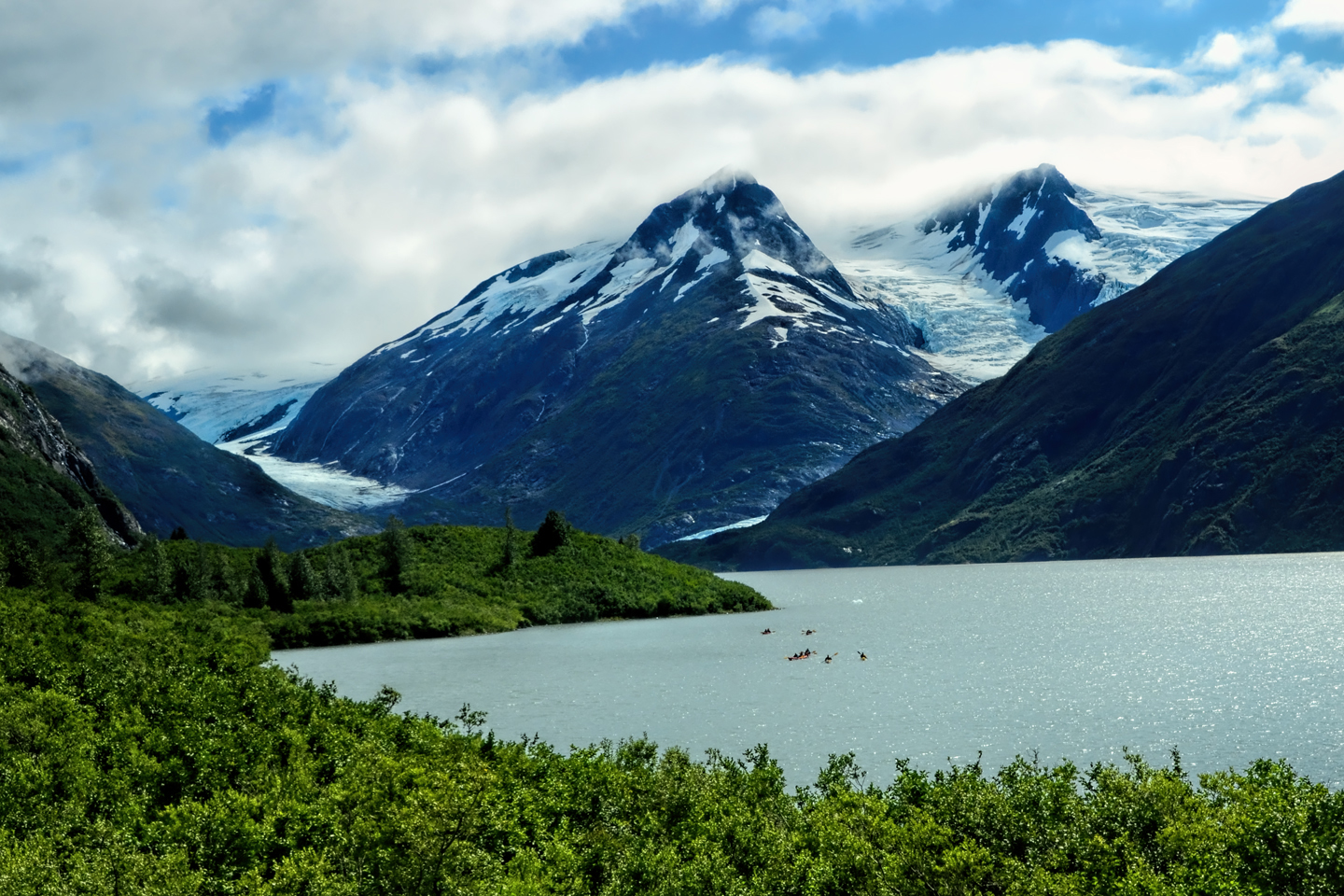
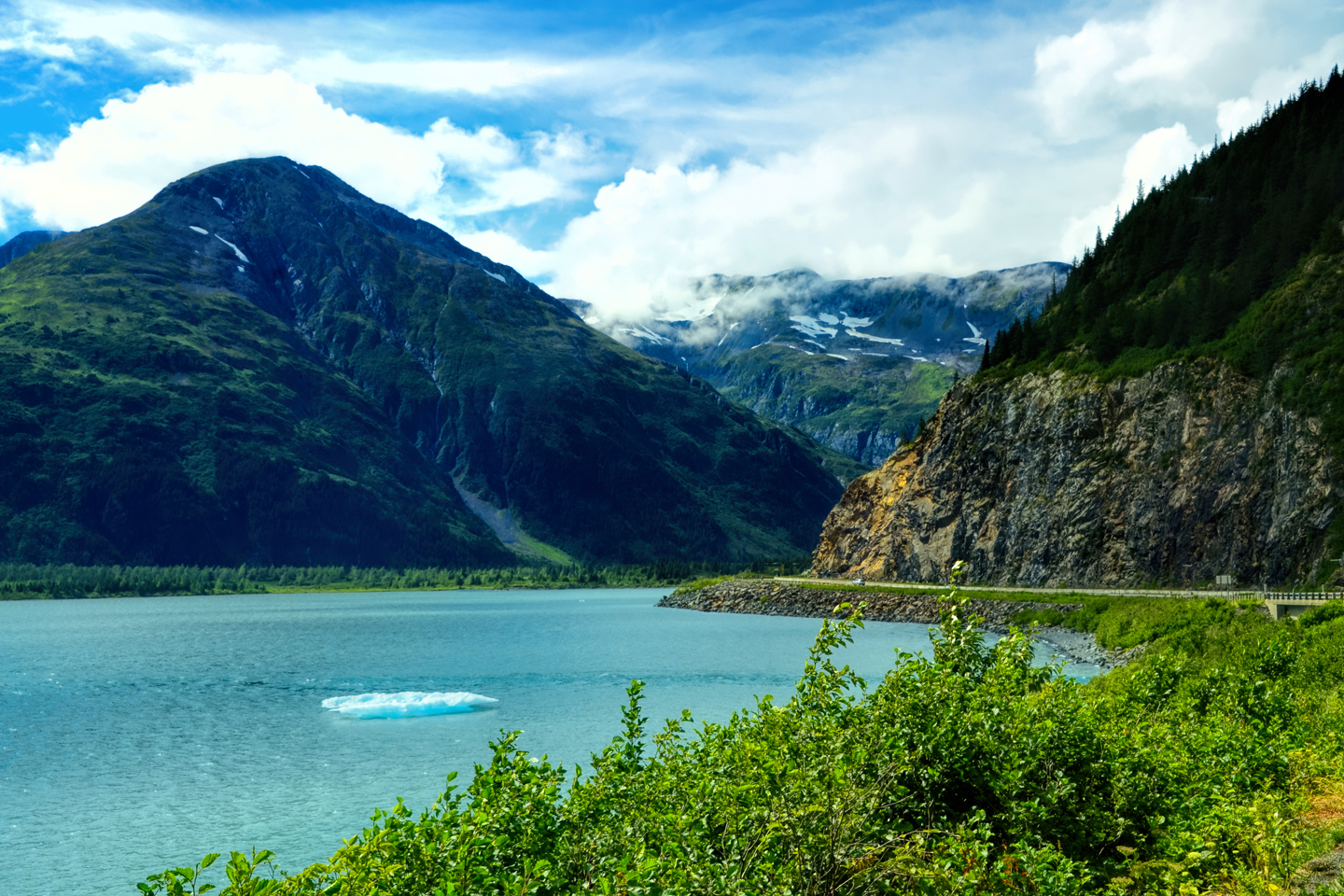
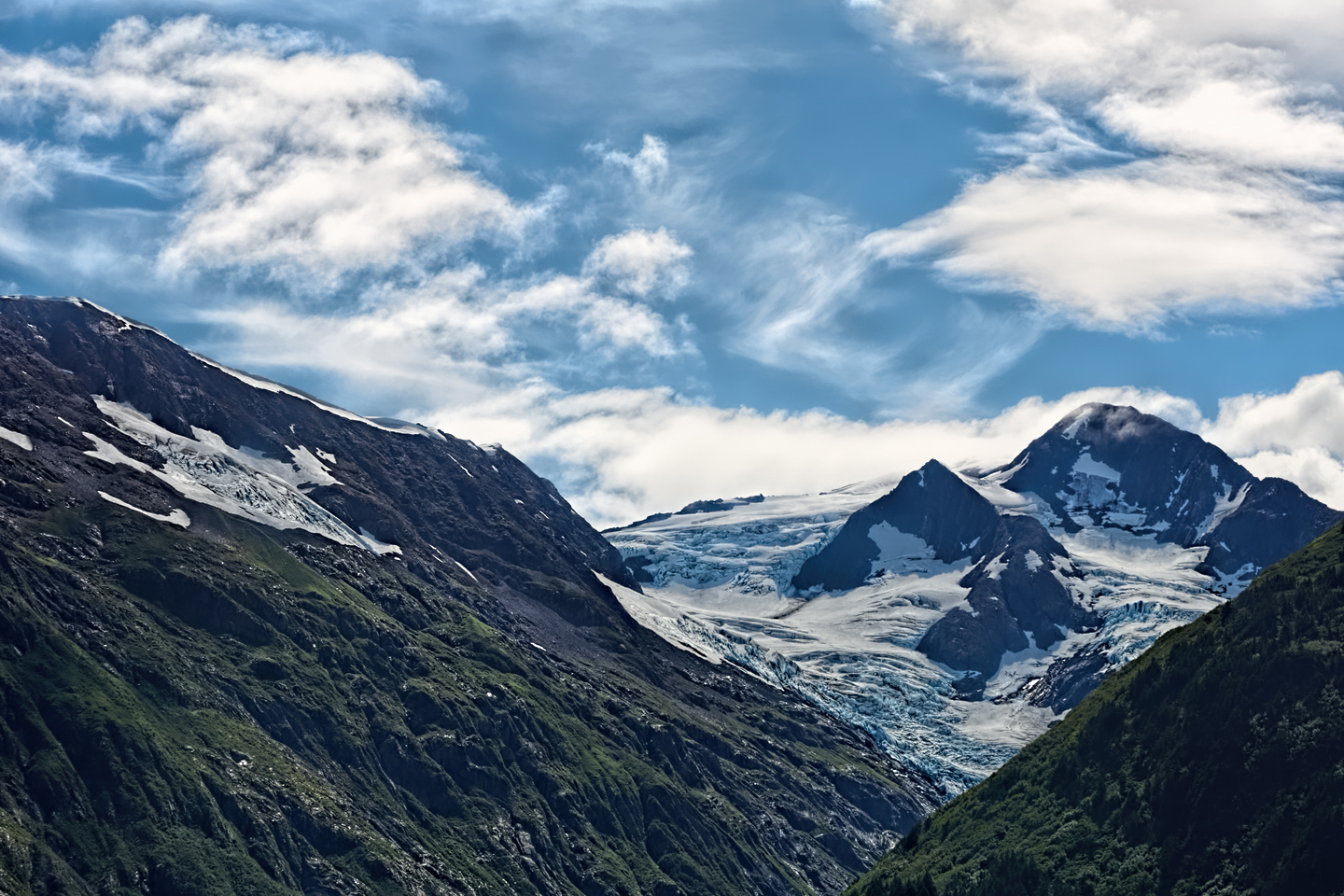
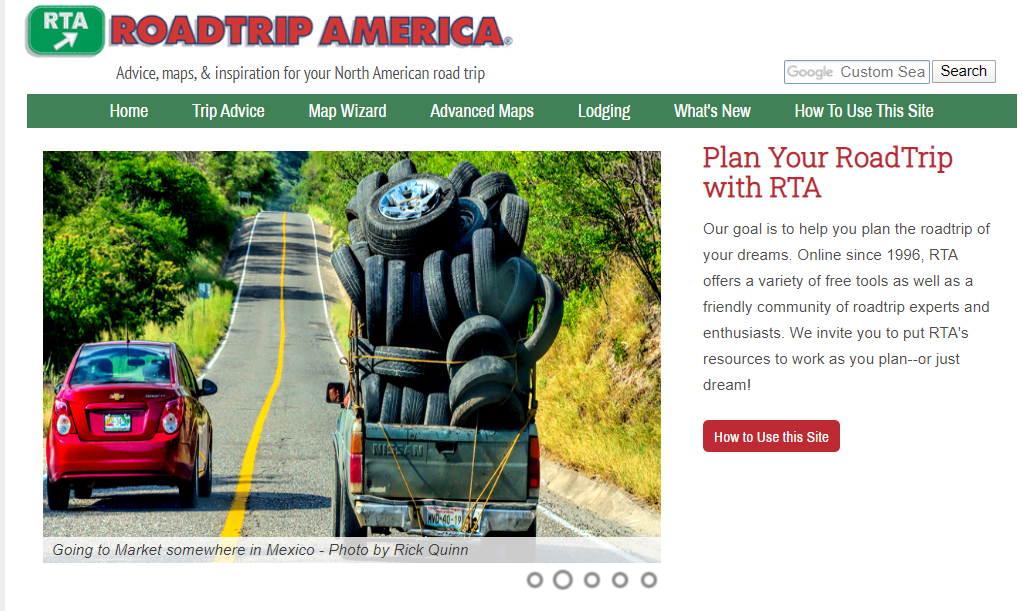
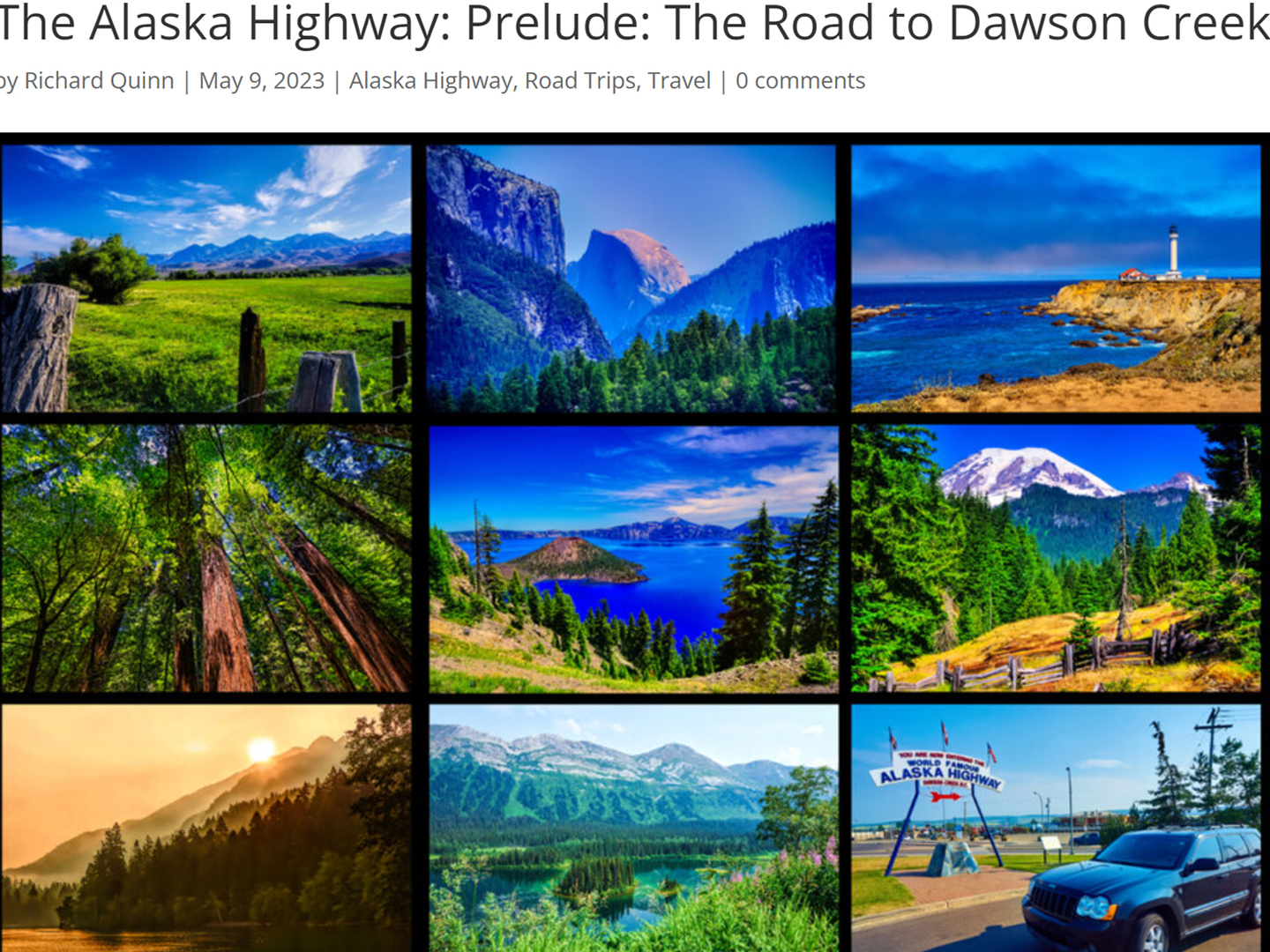
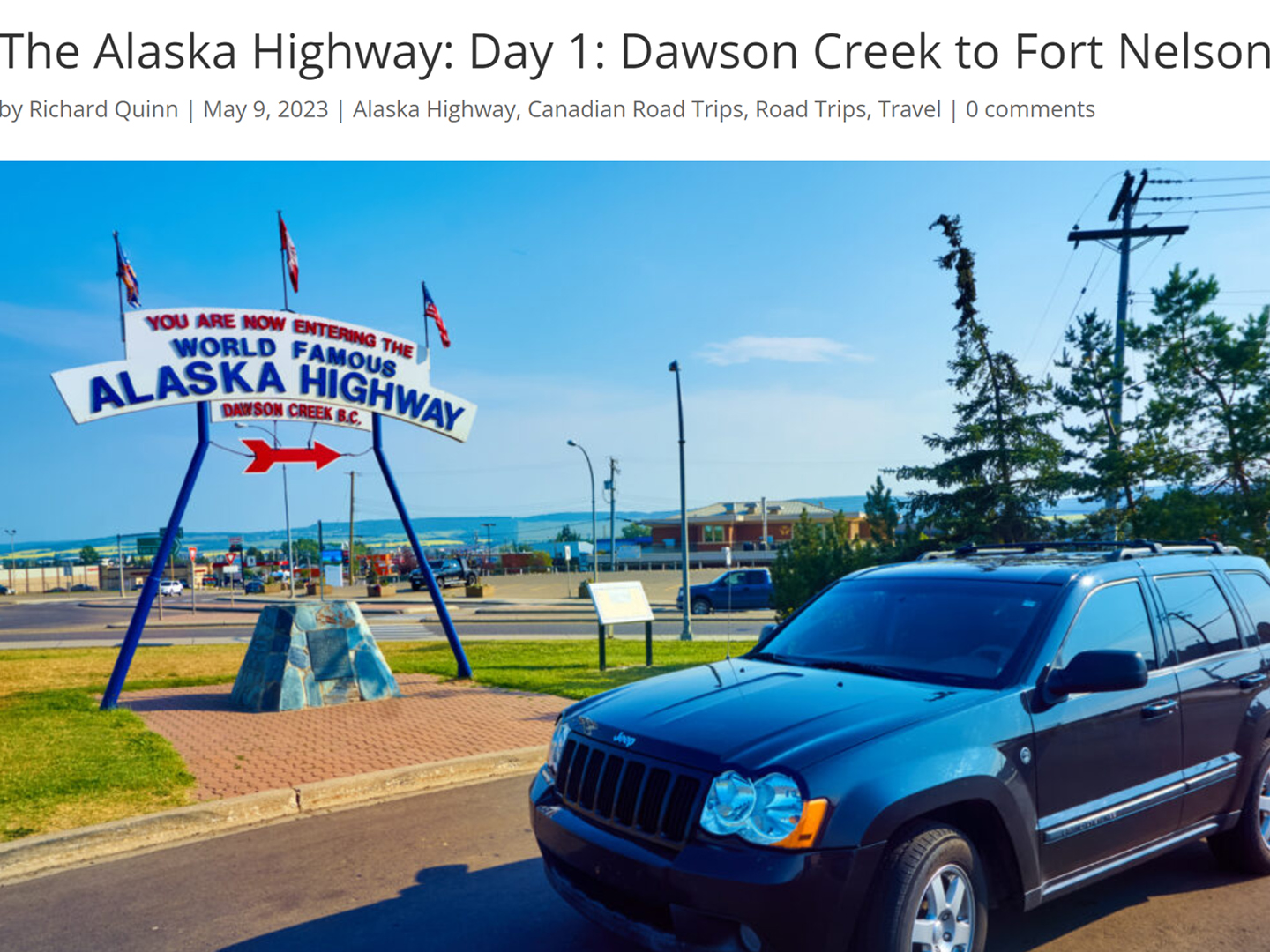
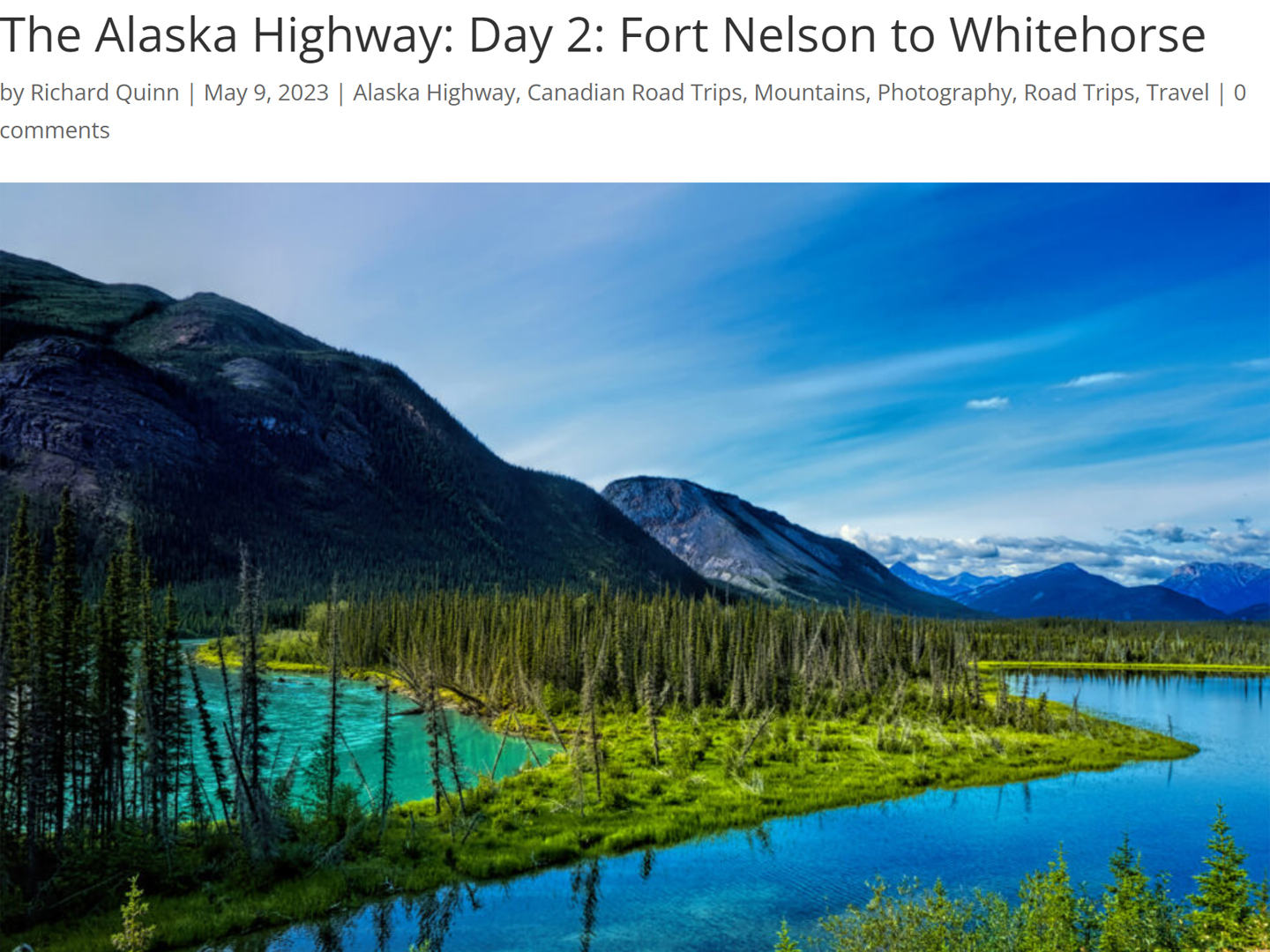
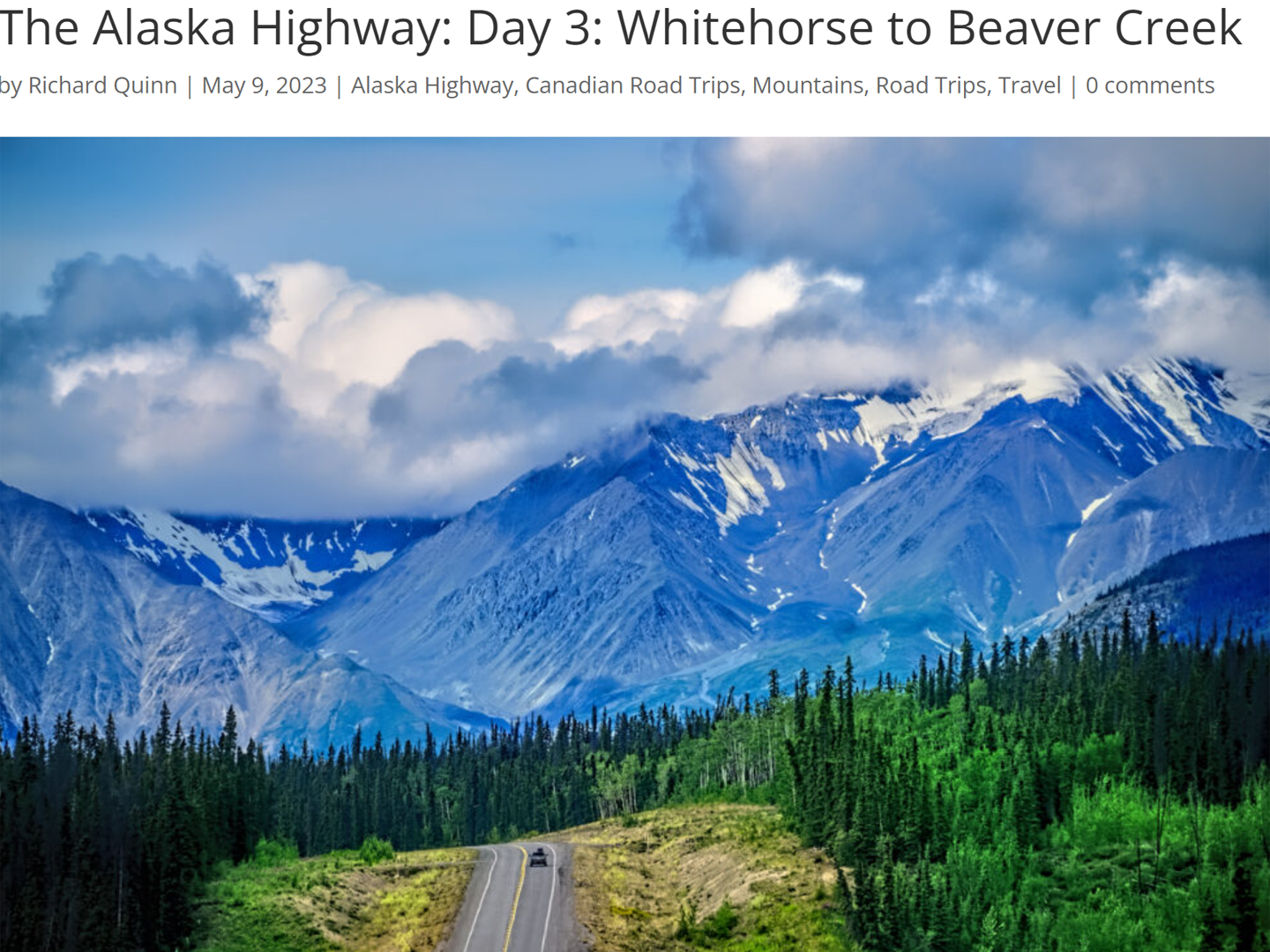
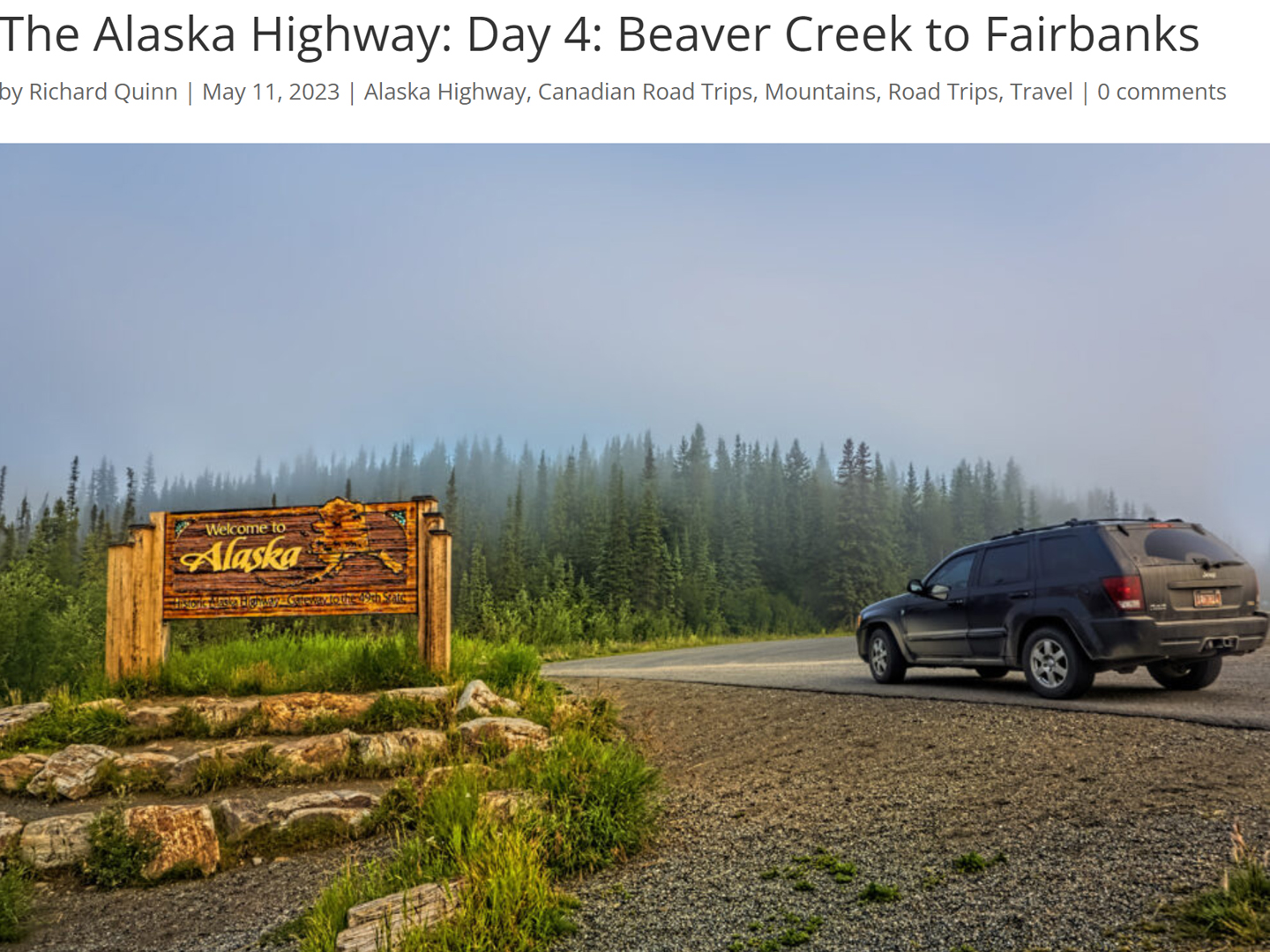
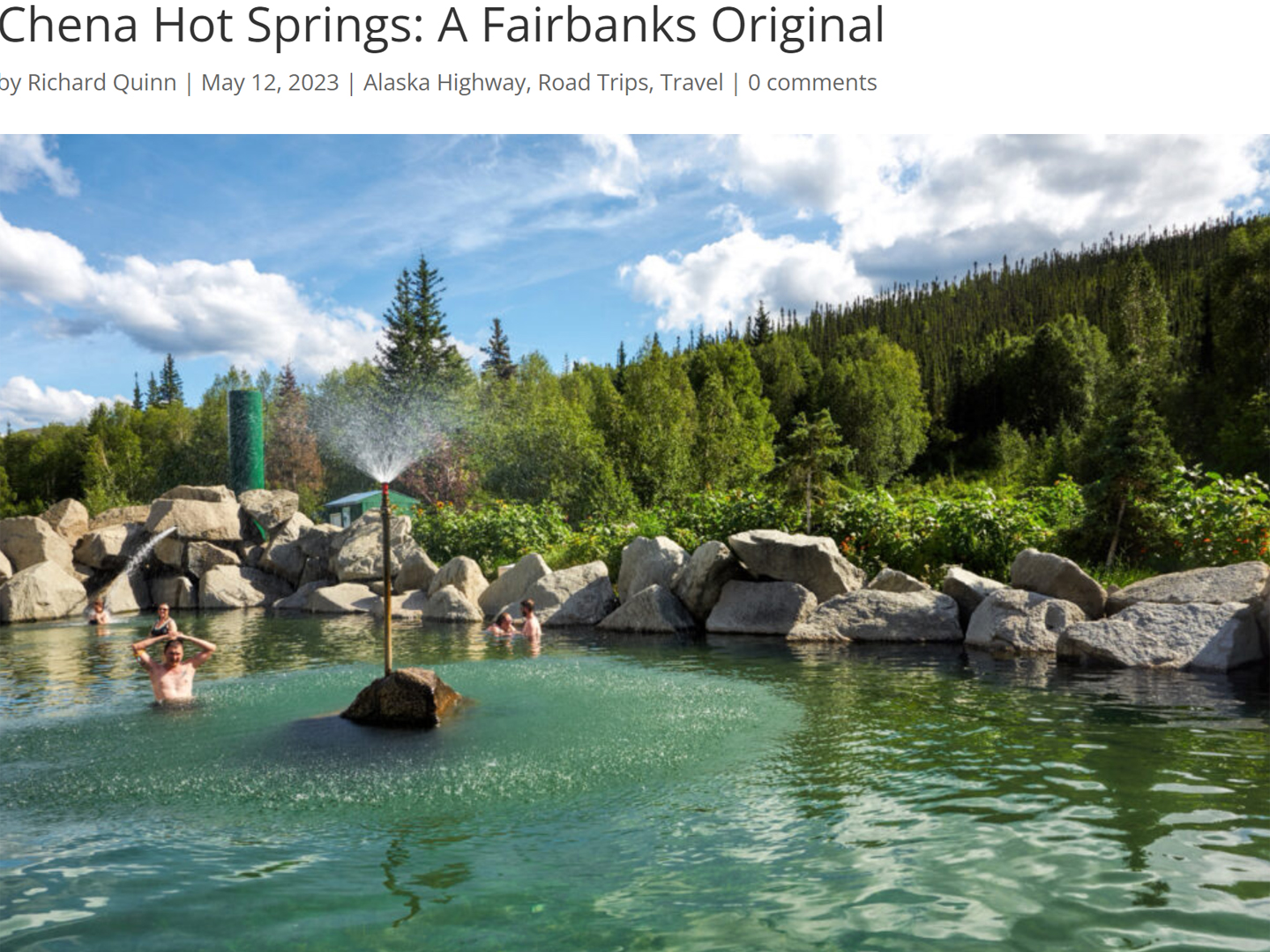
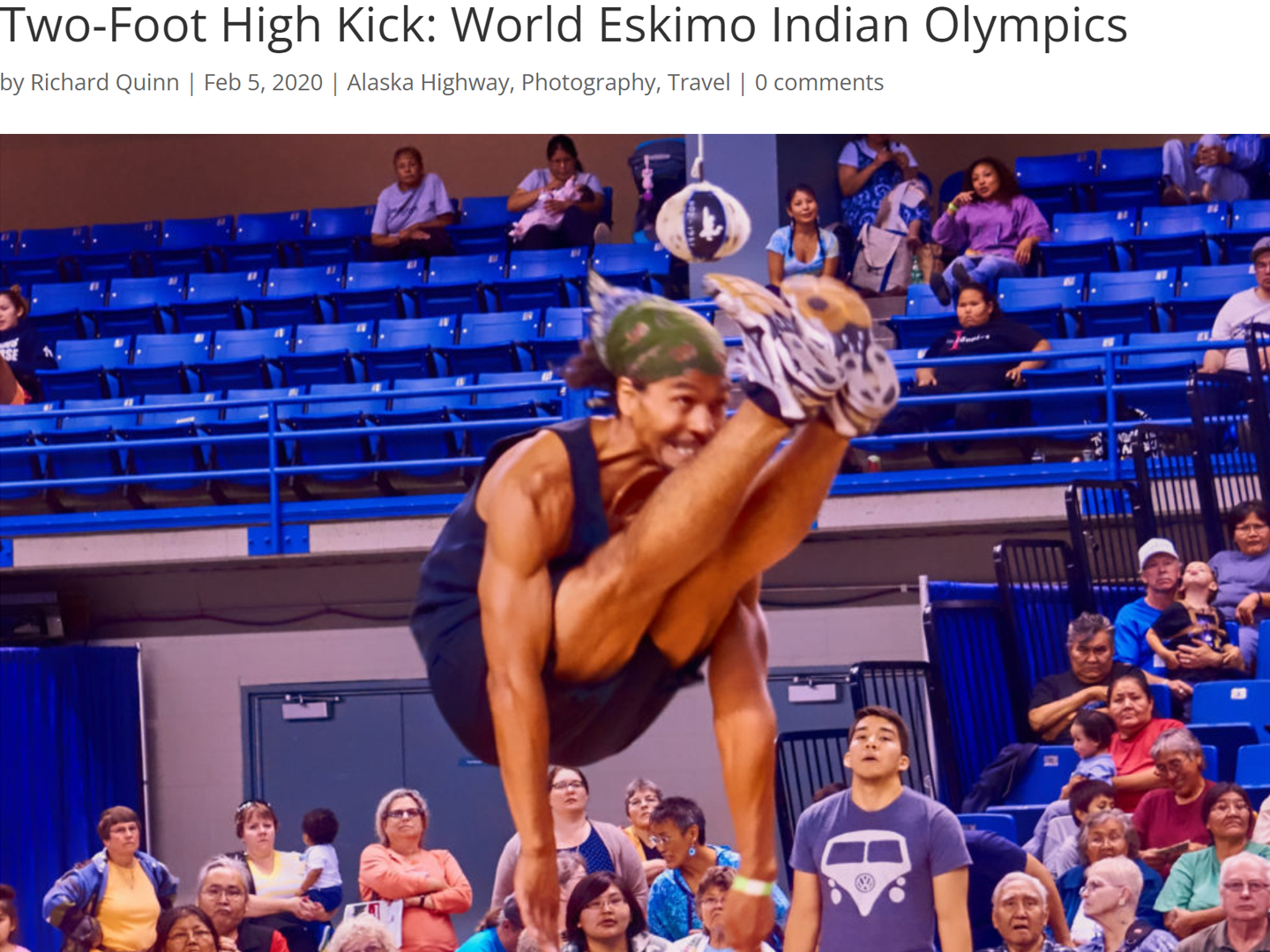
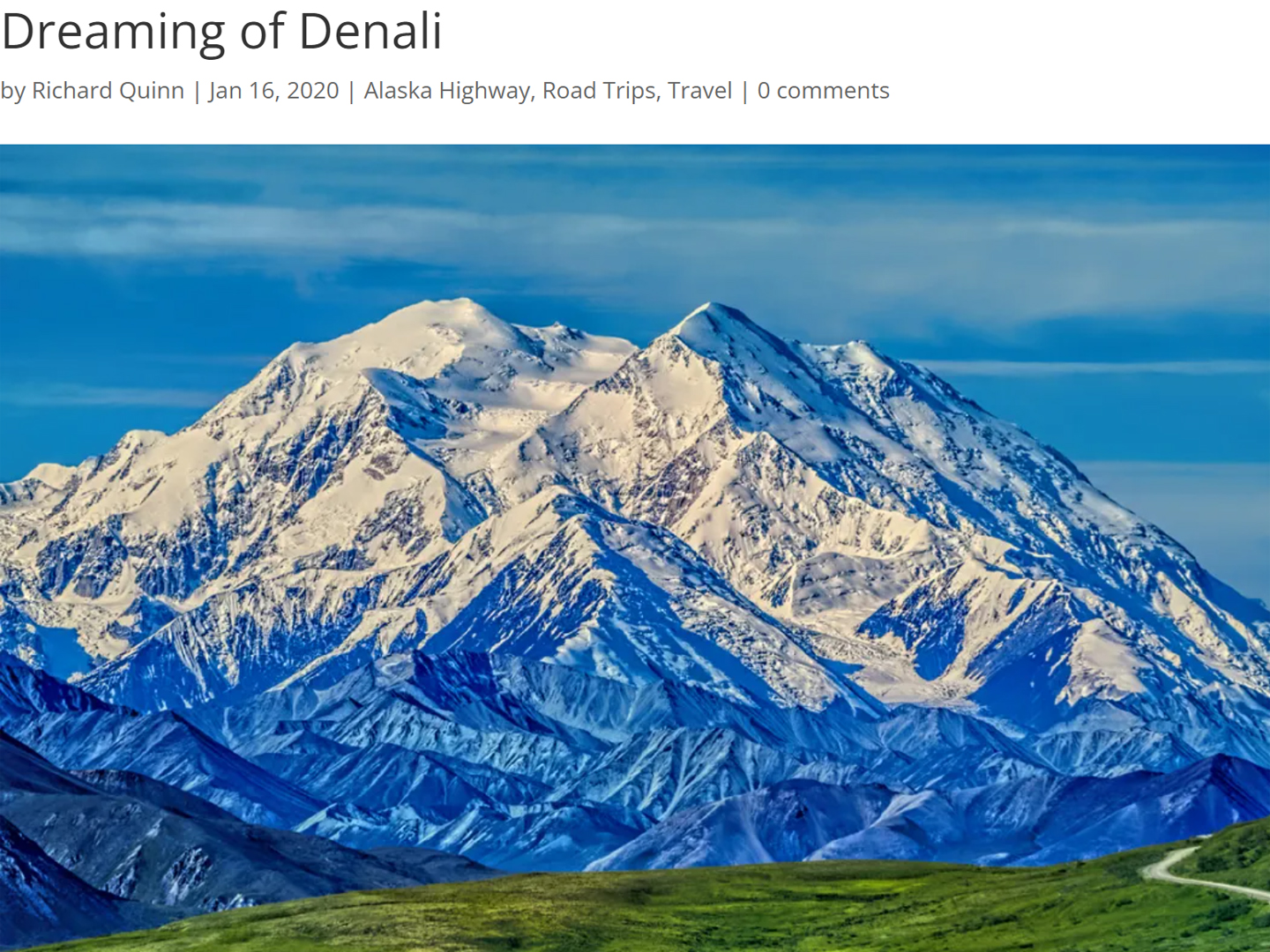
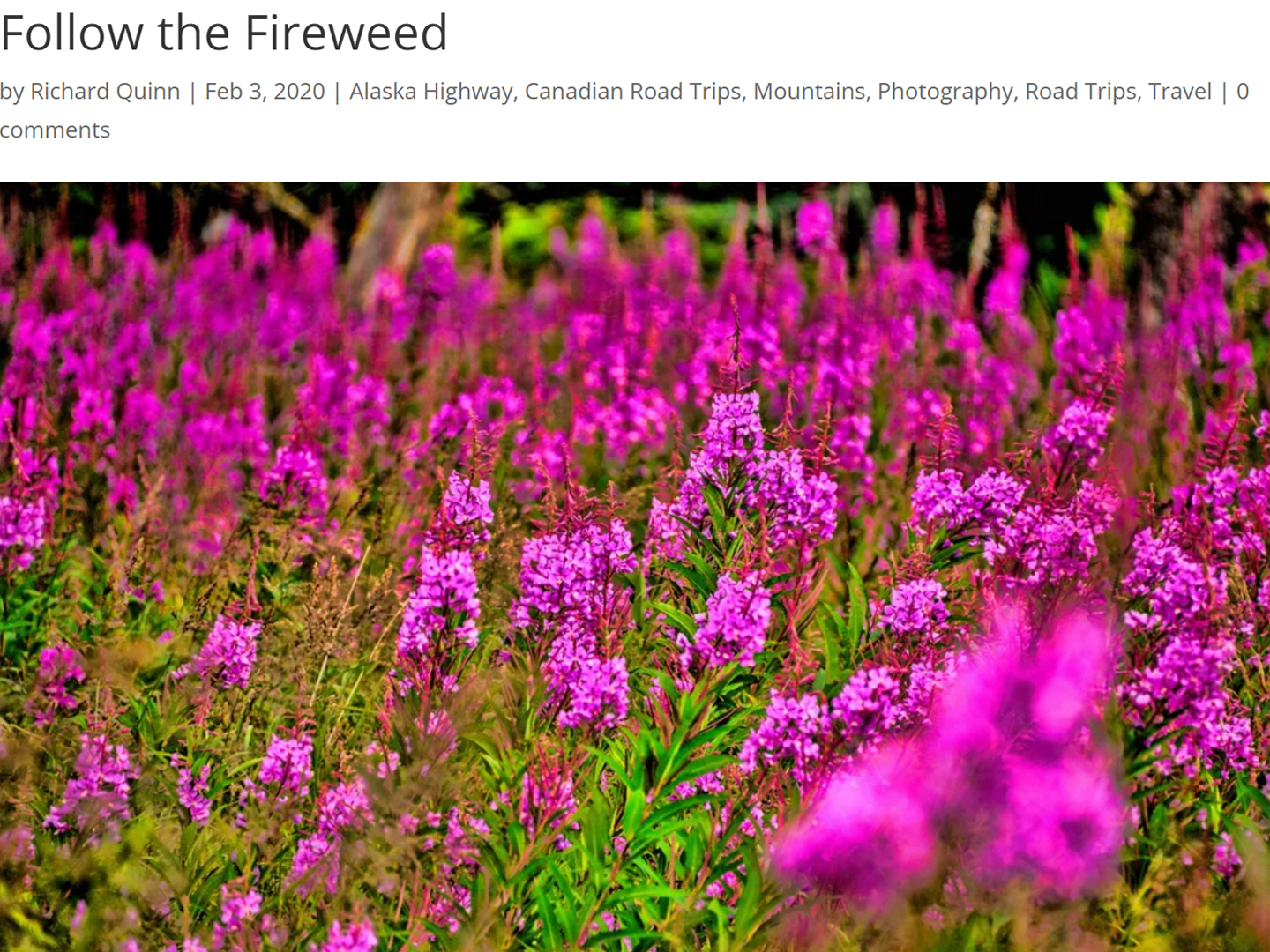
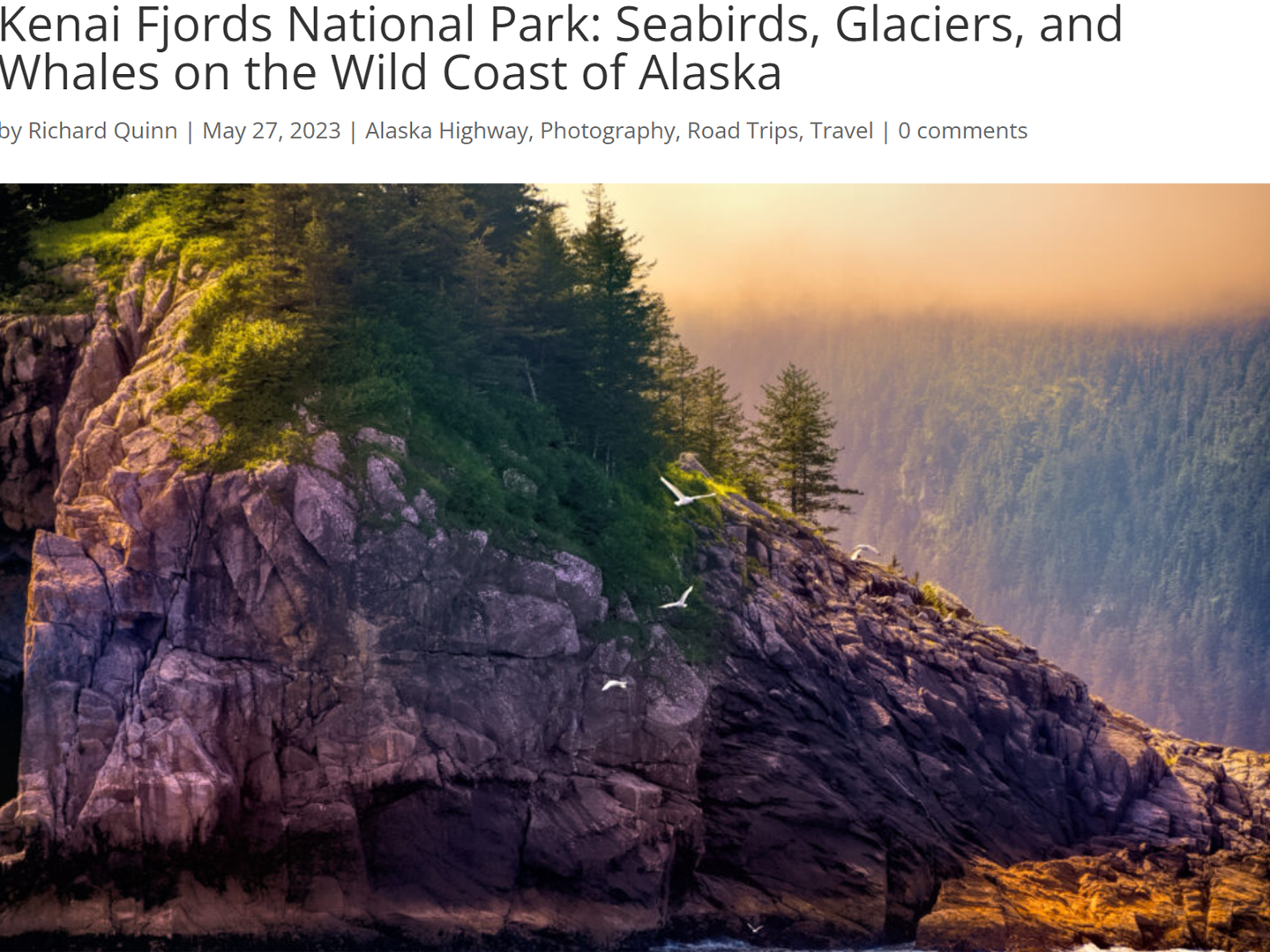
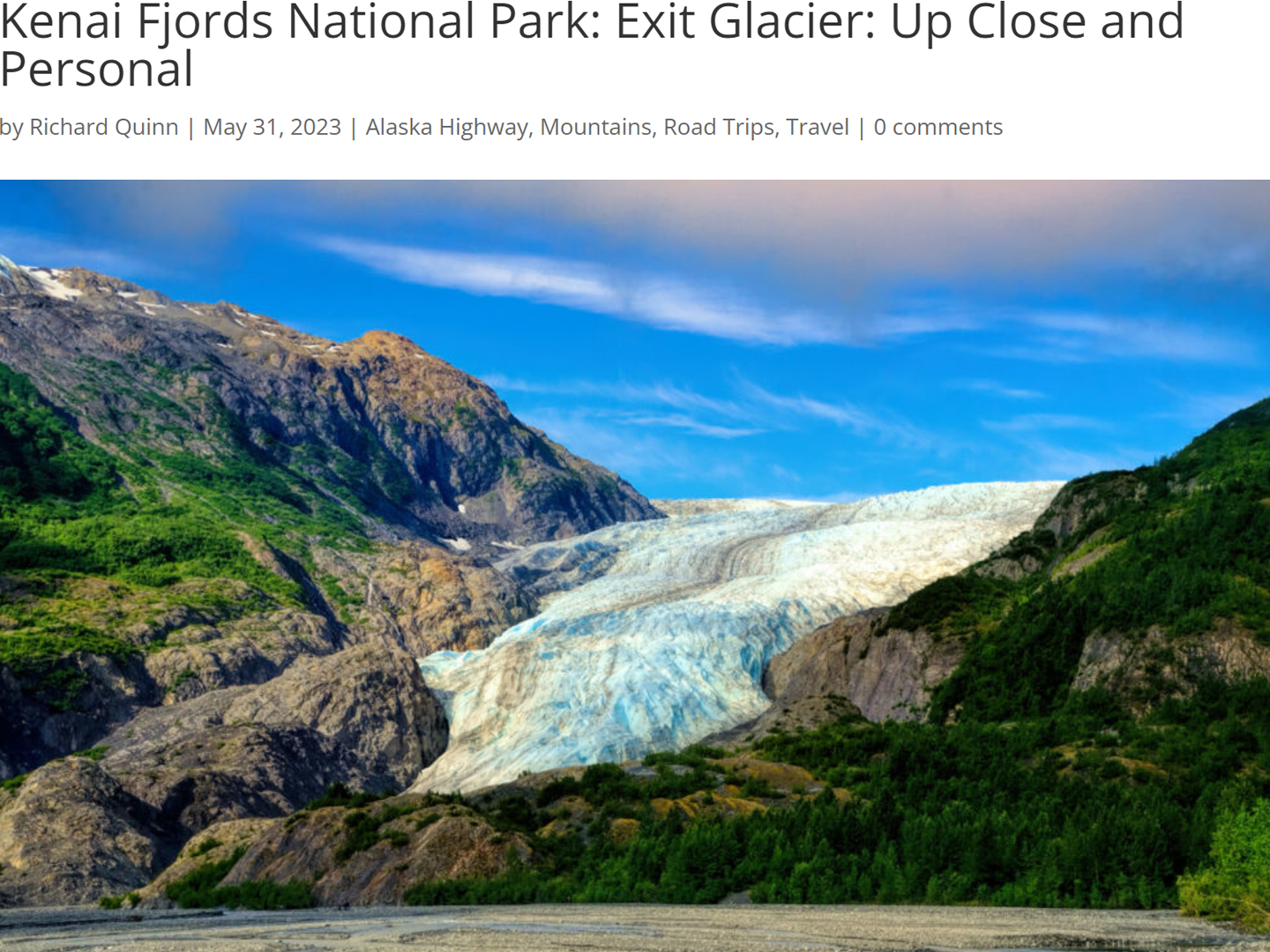
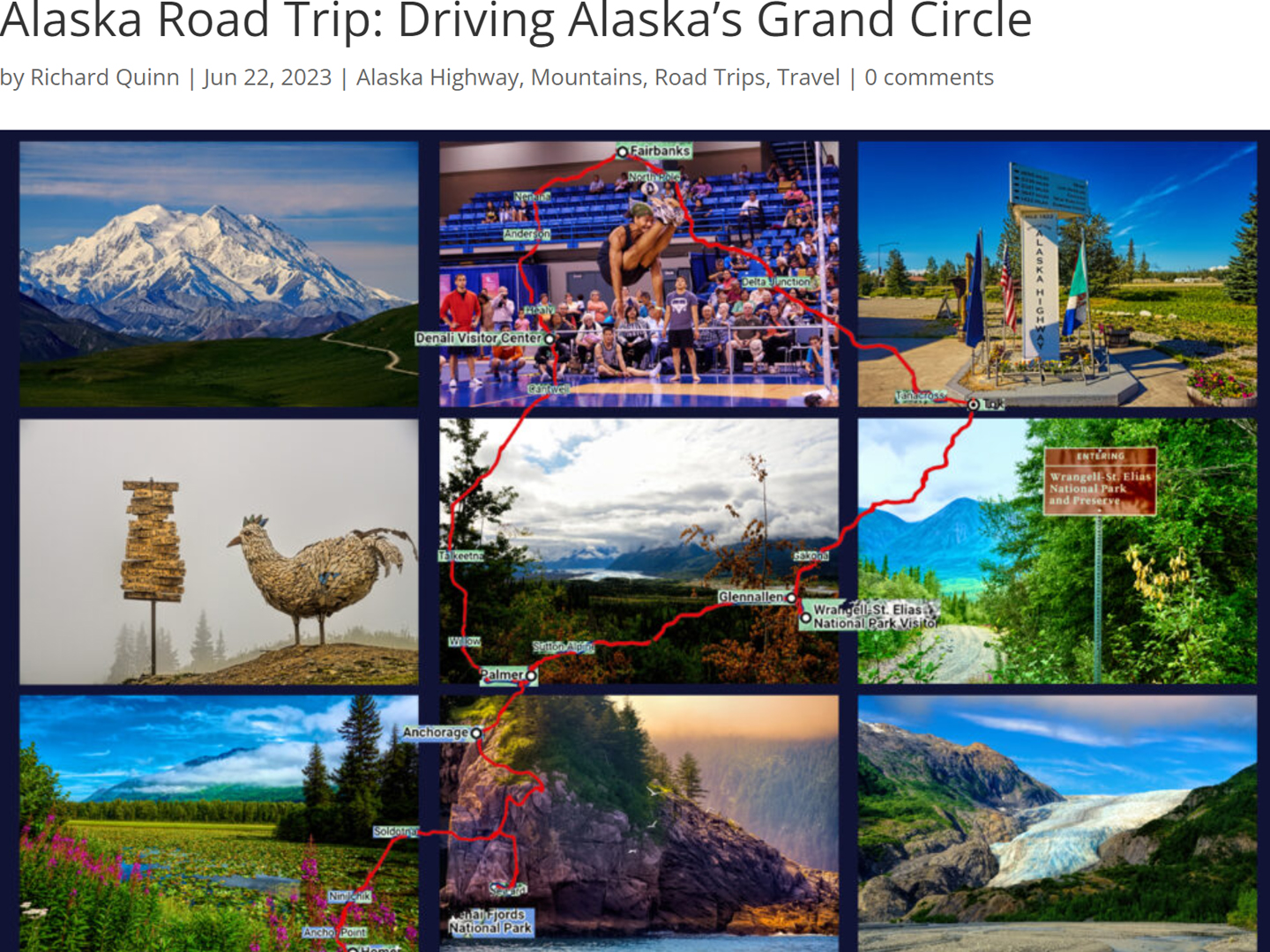
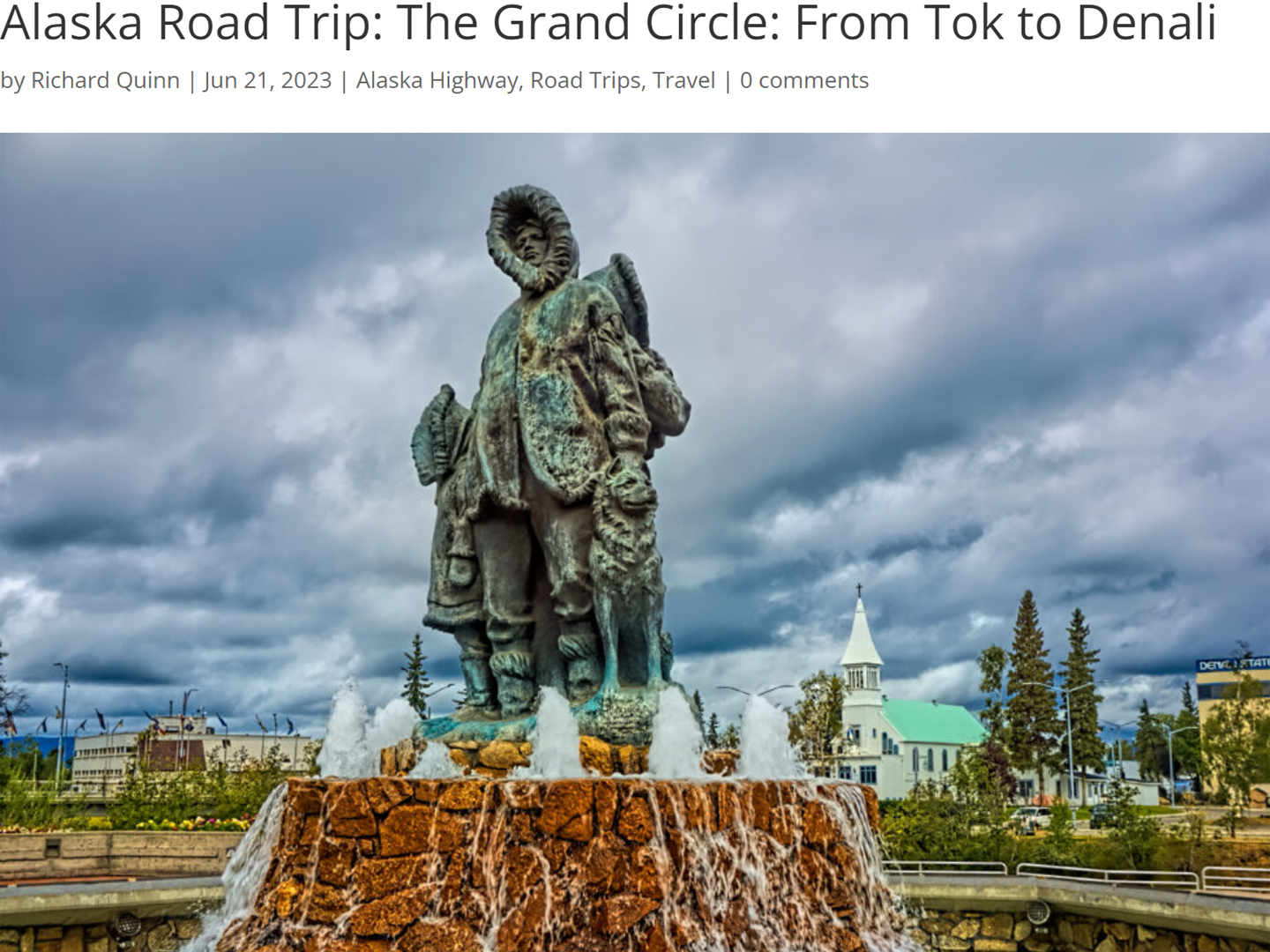
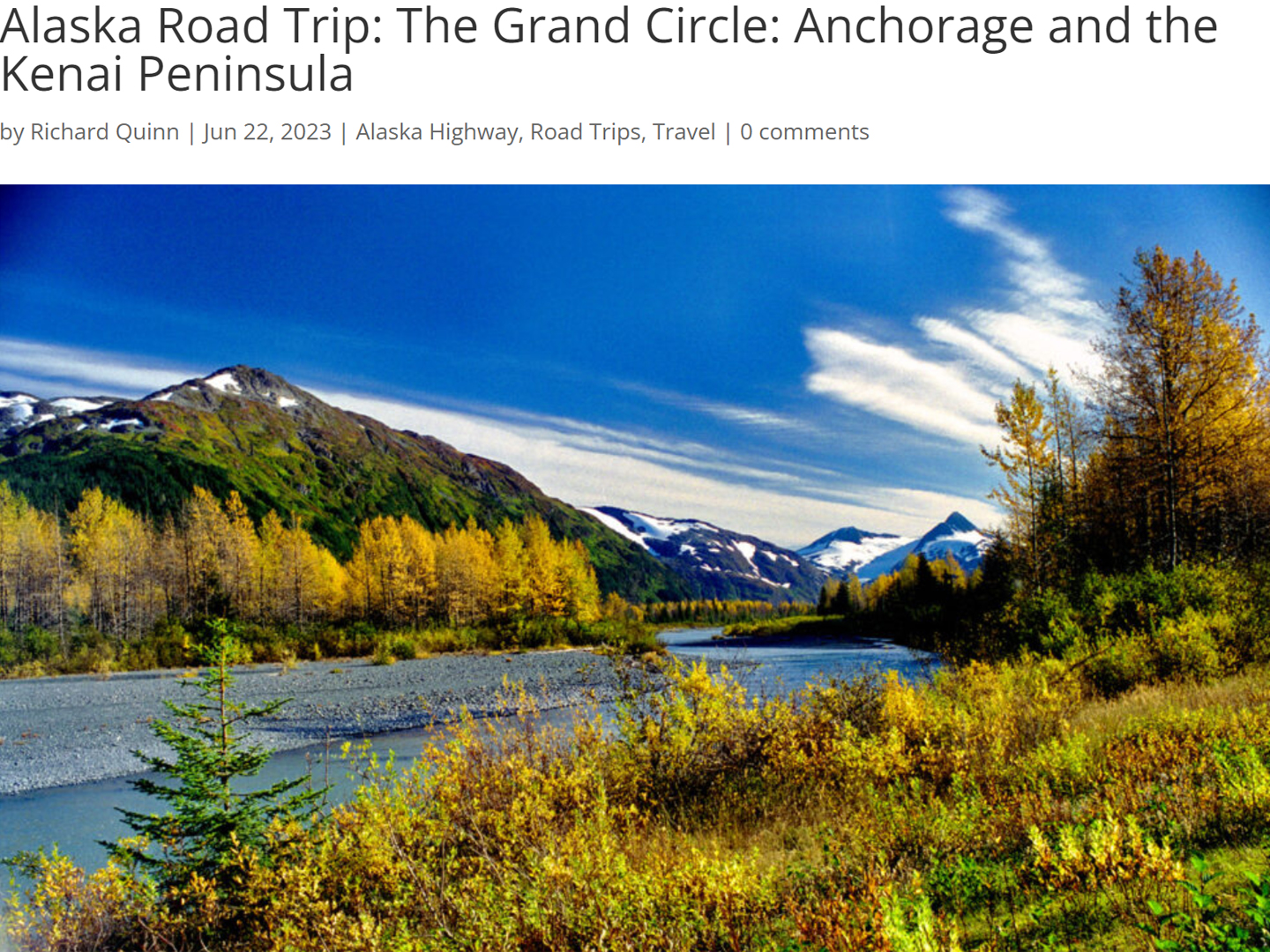
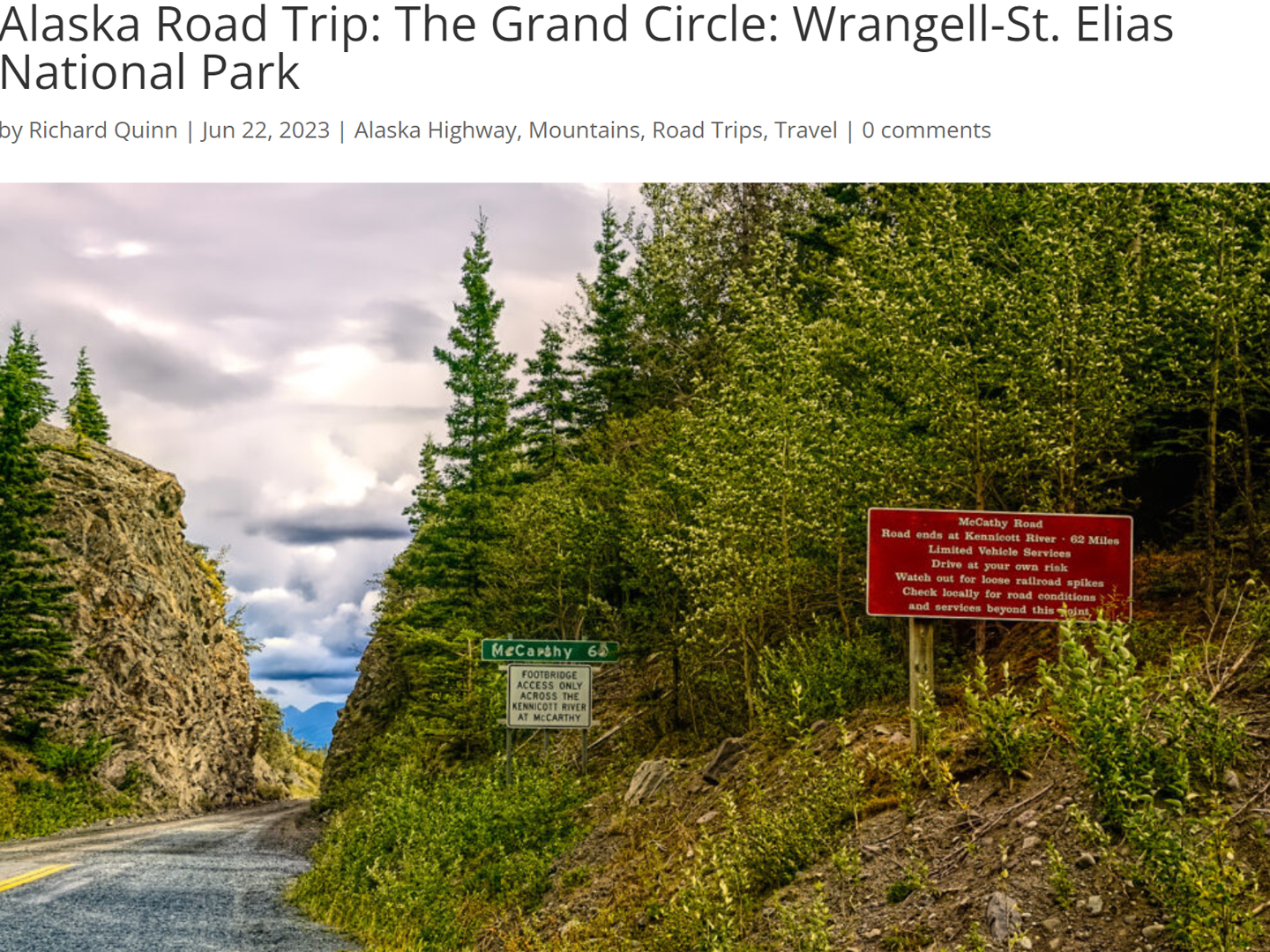
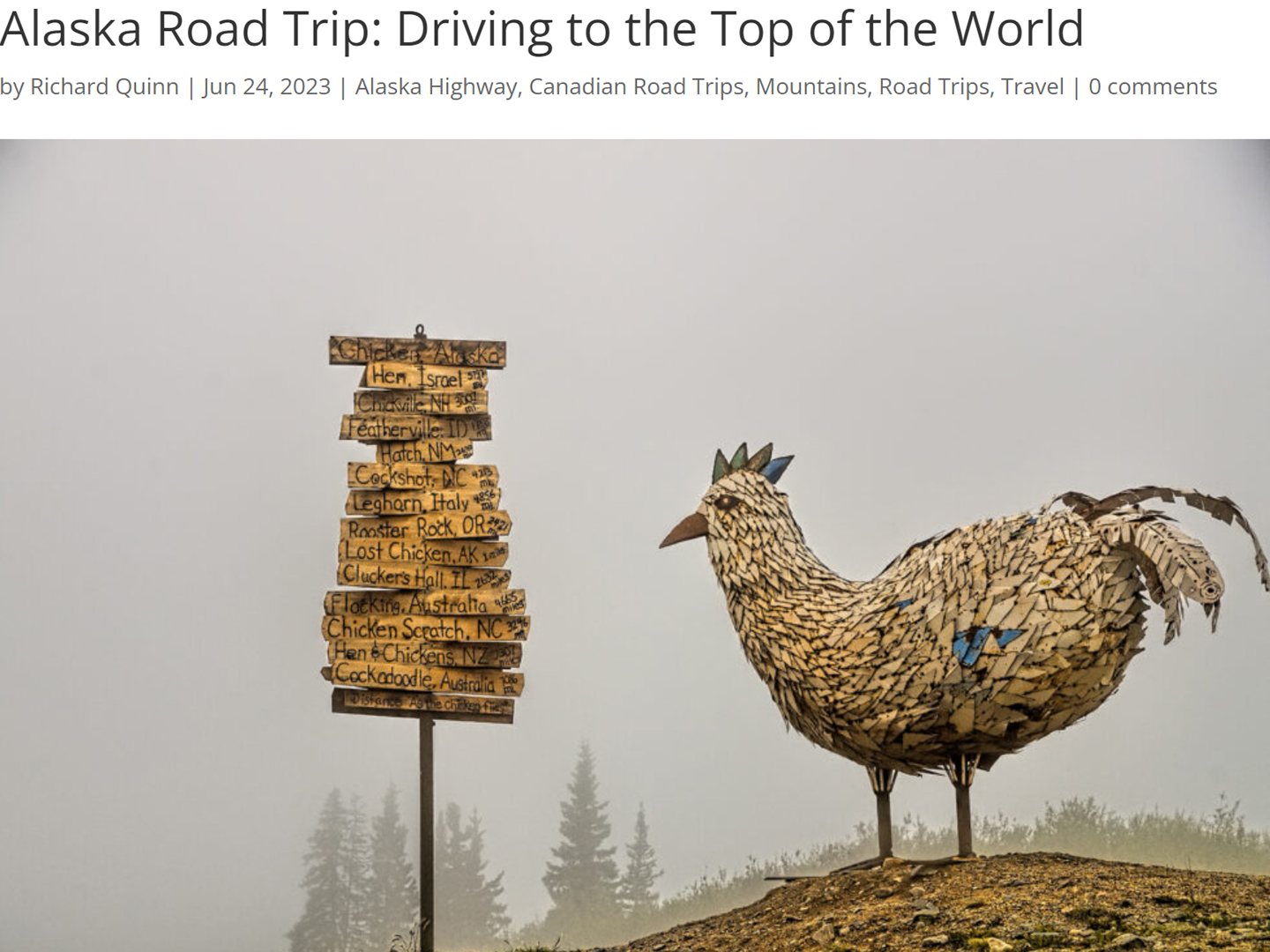
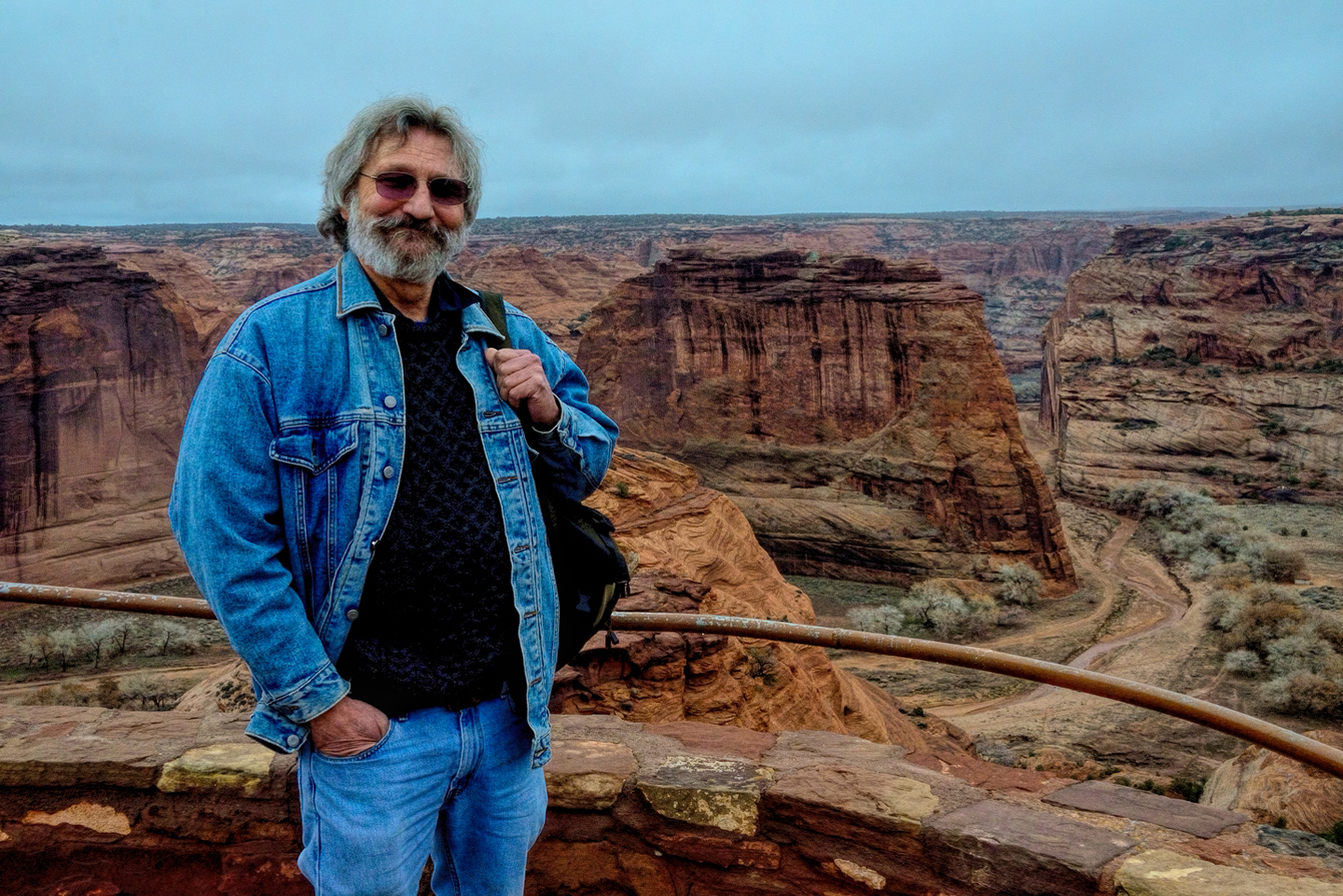

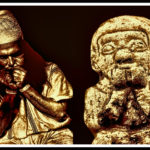
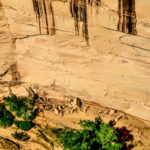
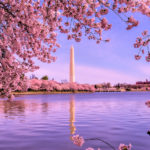
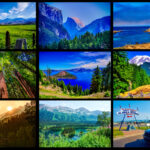
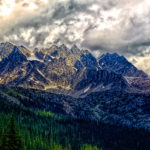
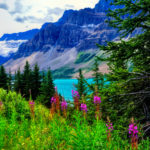
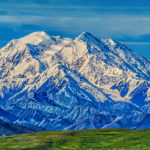
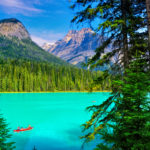
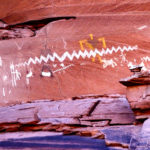
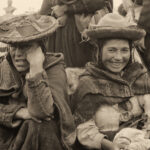
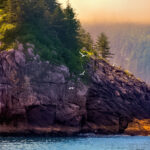
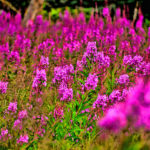
Recent Comments